redefining home
Explores the concept of home and how it isn’t always a defined place, rather a sense of belonging.
PSU is for lovers
An intimate look into the dating lives of minority students at a PWI university.
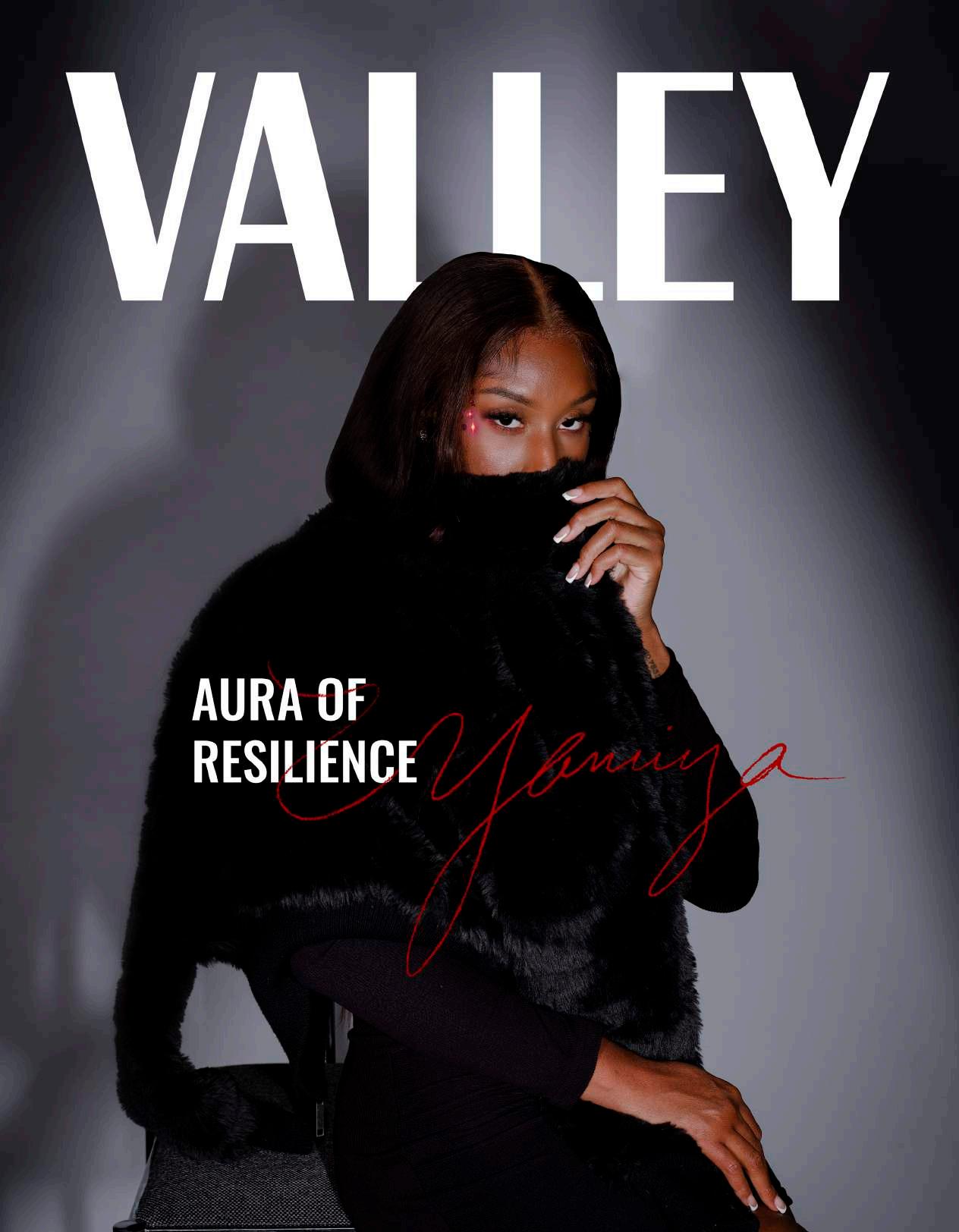
an ode to haute couture
A love letter to fashion as an art form and a glimpse into the creative process
ISSUE 30
P.
28 P. 48 P. 68
EDITORIAL DIVISION

EDITOR-IN-CHIEF AMANDA FLYNN
MANAGING EDITOR SARA HARKINS WEB DIRECTOR MARIAH DOUGHERTY COPY EDITOR STEVIE VESCIO-FRANZ
BEAUTY & HEALTH EDITOR CASEY ZANOWIC SELF-IMPROVEMENT EDITOR SYLVIE AUGUST CAMPUS CULTURE EDITOR CAROLINE DIAZ
FASHION EDITOR NICK FERRARA ENTERTAINMENT EDITOR HOLLY WILLHIDE
THIS JUST IN EDITOR LEIGH CHAMBERLAIN
PRINT WRITERS
DANA STARK, TATIANA MCCOMBER, LUCY KOZAN, JULIA MCGINTY, HELENA HAYNES, SIMONE SKINNER, CAITLYN GARRITY, KATELYN LENZ, KIRA SARSFIELD
WEB WRITERS
GINGER LYONS, MAYA GHOSH, MARGARET (MJ) FLETCHER, ALYSSA OPRIS, EVVY BLATSTEIN, ABI SCHONBERGER, GABRIELLA MUDD, STEPH MUTZ, ZARA DENISON, GRACE WATKINS, SIERRA CUCCIARDI, LIDIA VITOC, VANESSA HOHNER
BUSINESS DIVISION
BUSINESS DIRECTOR ELIZA KOSTER
ADVERTISING DIRECTORS TYLER HOLENDER, SABRINA LOMBARDO EVENTS DIRECTORS CARA FLYER, MACKENZIE WATSON PUBLIC RELATIONS DIRECTORS CURTIS TROWBRIDGE, RACHEL DUNCAN FINANCE DIRECTORS JULIA FEENEY, KENZIE MARINO
ADVERTISING NICOLE REILLY, TERESA DEMAIO, TIM WICE, ALEXIS DODSON, EMMA STROUSE, GIANNA GOLATO, NAJYA HOWZE, BREANNA MILLER, JESSICA FELL, TORI STERNBERG, SYDNEY SCHNEIDER, ASHLEY LLOYD, RACHEL RUNTA, LILA MCCULLEY, LILY STACK, SARAH SMITH, SKYLAR MUNDENAR, OLIVIA GOWDER, ALLIE MARTIN, GRACE WEISS
CREATIVE DIVISION

CREATIVE DIRECTOR ELINOR FRANKLIN
DESIGN DIRECTOR JOSH GUINN LIGHTING & SET DESIGN ELINOR FRANKLIN
FASHION DIRECTOR LAUREN BRETL PHOTO DIRECTOR JENNY LEE CASTING DIRECTOR BIANCA DAY
ASSISTANT CASTING DIRECTOR MICHAEL CANNO ASSISTANT DESIGN DIRECTOR PAIGE BISH
PHOTOGRAPHERS
TAAY JAACK, SARA BOBULINSKI, KAYLYN THOM, ZOE EDDY, ABBY TARPEY, SARAH JANE ALDRICH, JAMES RICCARDO STYLISTS GRETA AGEE, CONNOR HARGRAVES
FILM DEVELOPMENT AND SCANNING IAN CUNNINGHAM
EVENTS
MADISON LEVINE, GRACE HOLLINGSWORTH, MADI COLE, PAIGE WANNER, EMMA GARBER, SYDNEY BOGER, MADISON FULCO, ALEXA SPILOTRAS, CAROLINE LEONARD, ALINA GILL, SAVANNA WOOTEN, EMMA GINTHER, GRACE FAULHABER
FINANCE
MADELINE HALLER, ZOE ZEFF, JANE HOEFLINGER, KYLIE ROWAN, LILY GUILLETTE, JIANA MARZANO, SARAH SHUBERT, TAYLOR SLEMBARSKI, RACHEL FRUCHTER
PUBLIC RELATIONS
CHLOE WOZNICKI, JULIA ARGENTO, CLAIRE SAROSI, REAGAN MARCH, MARCELLA WALTER, KAH'SIER TAYLOR, PILAR MEDRANO, ZOLA DAVERIO, JULIE JASTREMSKI, JANE WEINSEIMER, GRACE LINDSTROM, EMILY ZHAO, EMMA
Penn State’s premier student-run life and style magazine.
VALLEY Magazine is published once per semester and distributed for free on Penn State’s main campus in University Park, PA. Our mission is to recognize Penn State students for their academic and extracurricular accomplishments and to feature local style, entertainment and lifestyle trends.
VALLEY Magazine is named after Happy Valley and was founded in September 2007 by former Penn State students Nicole Gallo, Meredith Ryan, Katie Zuccolo and Kathryn Tomaselli. The Fall 2022 magazine is VALLEY’s thirtieth issue.
& HEALTH
SELF-IMPROVEMENT
FASHION
3
FROELICH, MADI
CHRISTEN
GENNA ZAGOREN, KATIE FELDMAN,
VALDEON,
TYLER
KRISTIN
CLARE
ROBLE, ANNA
MORAR, DEVON SNIEGOCKI,
PITNER, MARIE
BOARD OF ADVISORS MARIE HARDIN TO CONTACT VALLEY MAGAZINE EDITOR@VALLEYMAGAZINEPSU.COM FOLLOW US TWITTER @VALLEYMAG INSTA @VALLEYMAG FB /VALLEYMAG LINKEDIN /COMPANY/VALLEY-MAGAZINE-PENN-STATETIKTOK @VALLEYMAG JOIN US ARE YOU A CURRENT PENN STATE STUDENT INTERESTED IN JOINING OUR STAFF? VISIT OUR WEBSITE FOR MORE INFORMATION. FUNDED BY YOUR STUDENT INITIATED FEE
TENNY, CAROLINE LEHMAN,
FERRARA,
LUCAS
SONIA HO,
LIPTON,
HOBERMAN,
O'NEILL, NICK
PIZZI, SOPHIE
JOHANNA
HILBERT
11
12 Quiet on Set - Beauty
16 Is Cosmetic
18 Hybrid Healthcare:
19 Hang Up
20 Makeup
22 A
25
BEAUTY
Photoshoot
Work Public Business?
The Next Big Thing
On Your Hangover
and the Male Gaze
Dose of Paradise
26 Keep an Eye on EMDR 27 Letting Love and Pain Cozy Up 28 Redefining Home 30 The
31 It's
32
35
36 Leading With Inspiration 38 Aura of Resilience 46 Collecting More
48 PSU Is
55 ENTERTAINMENT 56 Going with the Stream 57 Dismantling the Dream 58 For the Love of Content 60 Pass The Aux? 62 Behind the Screams 65
Ripples of our Past
Classified
The Path to Serendipity
CAMPUS CULTURE
than Keychains
For Lovers: Exploring Romance as a Minority at a Predominantly White Institution
66 Facing Colorism in Fashion 67 The Internet's Dressing Room 68 An Ode to Haute Couture 70 Exclusivity Works 71 X Marks the Spot 72 Cyberpunk y2k Fashion Spread The content and opinions of this publication
the
Fee VALLEY
reside solely with
authors and not the Pennsylvania State University or the University Park Allocation Committee. Funded by the Student Initiated
Everything comes full circle. That’s a saying I’ve been telling myself for as long as can remember. Yet, it wasn’t until a couple of months ago that truly believed it. To be honest, I was pretty lost as a person during my first year at Penn State. didn’t know who was or wanted to be — but then VALLEY came along.

VALLEY helped me to discover that writing was my true passion. This publication has allowed me to grow into the person I always dreamt of being — my true authentic self. have made some of my closest friends and have created unforgettable memories that will always carry with me, all thanks to this magazine. There is nothing love more in this world than sharing stories and connecting with humans, which is why I am so thankful for Yamiya Fowlkes.
Words cannot describe how grateful am to be able to tell the story of our Cover Star, Yamiya. When I first met Yamiya, I could feel an instant connection — an aura of resilience. When faced with adversity and trauma, Yamiya rose to the top — carving out her own path to become the person she always wanted to be. To Yamiya, thank you for sharing your incredible story and for teaching me how powerful it is to let go of the past and follow your heart. know you will have the most successful future I cannot wait to visit you when you are living your best life in Los Angeles. hope that everyone who reads her story will be inspired to go after what their soul desires.

My goal for this issue was to create a sense of curiosity, opening the door for us to face new perspectives. Some topics covered in this magazine might have you question what you thought you knew. hope you open the issue with a sense of wonder and close it with a fulfilled mind because when we question the norm and face the uncomfortable, we open our eyes to a never-ending cycle of discovery.
This magazine was put together by the most talented group of people know. This issue was graced by an immense amount of creativity and cannot wait for you all to see it. To all of the editors-in-chief before me, thank you for letting me see the world through your eyes. None of this would be possible without Mary, who accepted me onto editorial and became someone would look up to, or Nicole, who gave me the confidence to lead — I am forever grateful. Most of all, to MJ, who gave me this opportunity, thank you for your kind support during this process, I hope have made you proud.
To my fellow redheads — Elinor and Eliza — what would do without you! You both made this journey so memorable and I cannot thank you each enough for your hard work. To our business director Eliza, thank you so much for being such a great leader and someone can always rely on. The passion you dedicate to this publication is something truly admire. To our creative director Elinor, thank you so much for pouring your artistry into everything you do and leading VALLEY into a new and exciting era. Watching your ideas come to life was so magical and I am so proud of you. To our design director Josh, this magazine is a true work of art. Thank you for putting in so much time and effort to make something so visually spectacular. To our photo director Jenny, your ideas never fail to amaze me! The photos in this issue are out of this world.
To my dazzling editorial team – you are all the reason am here today. Thank you all for joining me on this wild journey and trusting me to guide the way. To my web and print writers, it was so beautiful to watch each of you grow into magnificent storytellers — your creativity glows. The talent each of you possesses is beyond amazing and am constantly in awe of your work. love you all and cannot put into words how much every one of you means to me. To my wonderful section editors, thank you endlessly for having the golden touch and editing so many articles each week with such meticulous detail.
To our web director Mariah, thank you so much for bringing so much excitement to our meetings each week. Thank you for creating such a beautiful website full of so many amazing stories. I will definitely be keeping up with Single Girls of State. To our copy editor Stevie, thank you so much for putting in so many hours to create this issue. You brought such joyful energy to the editing process and cannot thank you enough for all the laughs and smiles. And to my managing editor Sara, words can describe how thankful I am for you helping me navigate this ride. am beyond grateful for your beautiful mind and the endless amounts of creativity that flow from it. There is no better person to take over this role than you, I truly cannot wait to see you shine next semester. You will do such a fantastic job and can't wait to cheer you on.
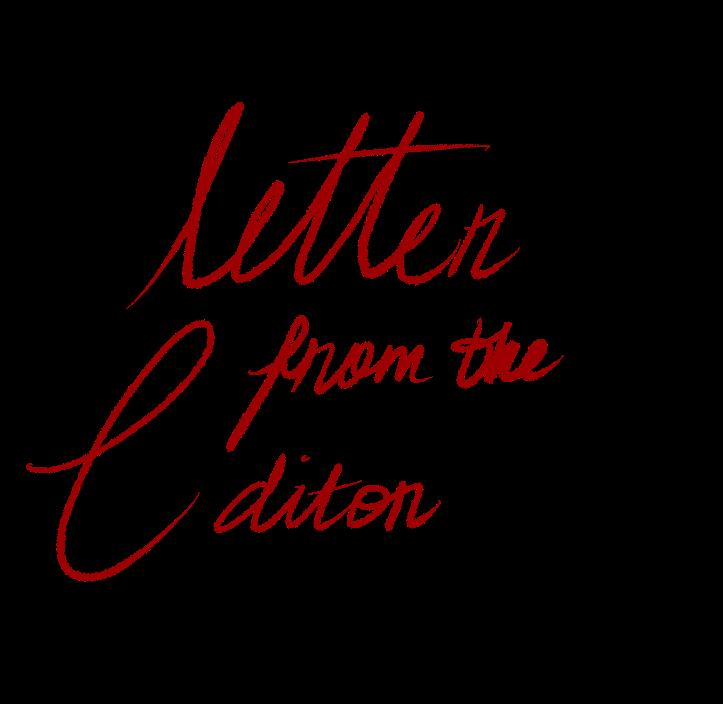
To my family and friends, thank you for being the best support system someone could ever ask for. I love you all and hope I have made you proud.
Finally to our readers, welcome to VALLEY 30! I am so excited for you all to witness the new era of this publication come to life. It is so surreal that I had the opportunity to create a magazine and I owe it all to you. hope that each turn of the page excites you and you
4 5
from our business director


When stepping into my role as Business Director, never knew how many elements came into play when curating a magazine. As a reader, you become mesmerized by stories and photos without even considering how many people had to be there to make just one page — that's the magic of it all. But, to understand how much hard work goes into creating something so honest yet rooted in such artistic imagination, is another world in itself. I feel honored to be a part of it.
can not be more grateful for the experiences and opportunities VALLEY has given me through my years at Penn State. have been able to grow as much more than just a creator and leader, but a person as well. I have learned that communication is the key to success and leadership begins with encouragement and respect.
want to give a huge thank you to Elinor and Amanda for being such inspiring and diligent individuals to work with — we made something really great together. Thank you to my wonderful directors and all our staff. have watched every single one of you flourish throughout this semester and you should all be incredibly proud of yourselves. It has been an absolute pleasure to create and learn from you guys and I am so grateful to know you all.

And to our readers, thank you for picking up this magazine. Words can not describe how excited I am for you to delve into the truths of our Penn State community and experience the innovation this issue has brought to the table.
Let this magazine enable your own truths and creativity. Explore all that you are unapologetically because your goals are always within reach — I mean look what we did in just one semester.
from our creative director
When started my fifth year at Penn State had no idea where it would take me. I was back and forth on adding a second major and staying behind as my classmates moved on. Being a part of VALLEY has made it all worth it.
want to start with the biggest thank you to Amanda and Eliza. You both came with big ideas and a wealth of energy to get us to the finish line. Thank you for being so eager to try new things and push VALLEY to another level.
To our cover star, Yamiya, thank you for trusting us and sharing your story. It means the world for you to open up to three people who were strangers at the time and I'm positive you'll go far in anything that you do.
To my Photography Director, Jenny, when met you working on a group project I never would have imagined the amazing things we would be able to collaborate on. Thank you for all the love you have poured into this project. Love you roomie. To my design director, Josh, thank you for answering an out of the blue dm leading to working together on this giant project. It has been a joy to see your vision come to life.
To all my directors, photographers, designers, and stylists, thank you from the bottom of my heart for all the hard work you’ve done. It wouldn’t be possible without you and hope you’re all proud of the work you’ve accomplished.
To our readers, I cannot wait for you to dive into issue thirty of VALLEY. With love, always, Elinor Franklin
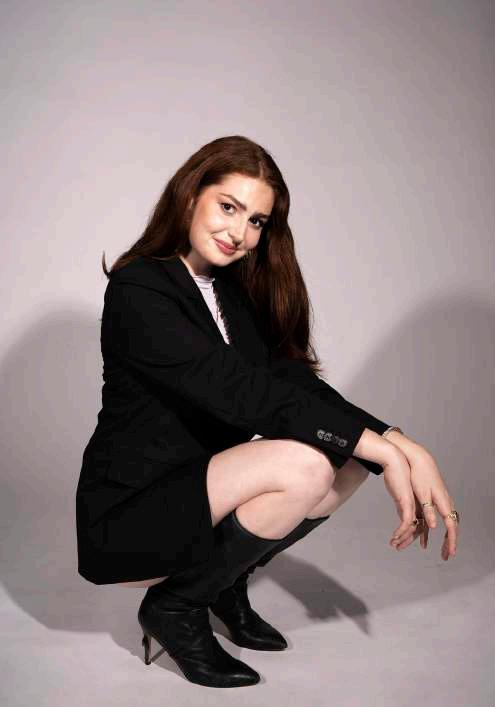
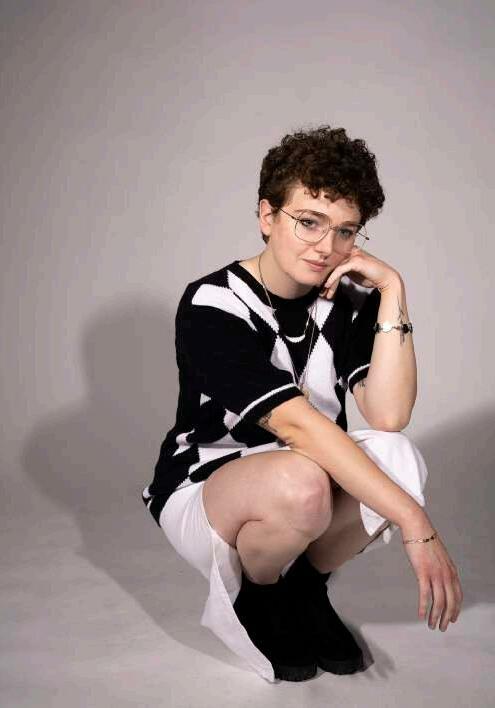
6 7
Thank you, sincerely
Eliza Koster
Photography by Jenny Lee
Penn State’s premier student-run life and style magazine.
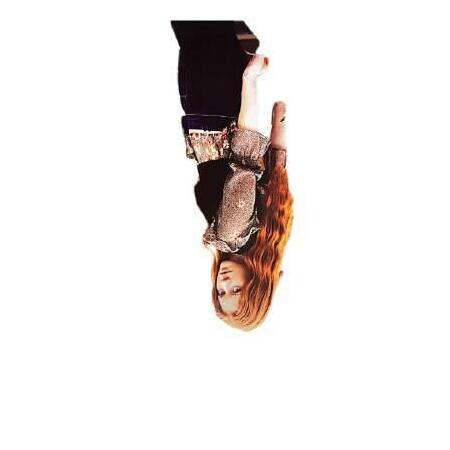




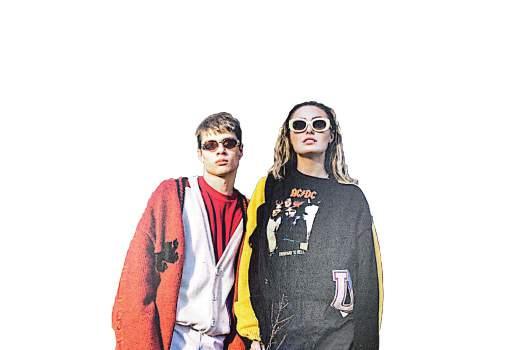
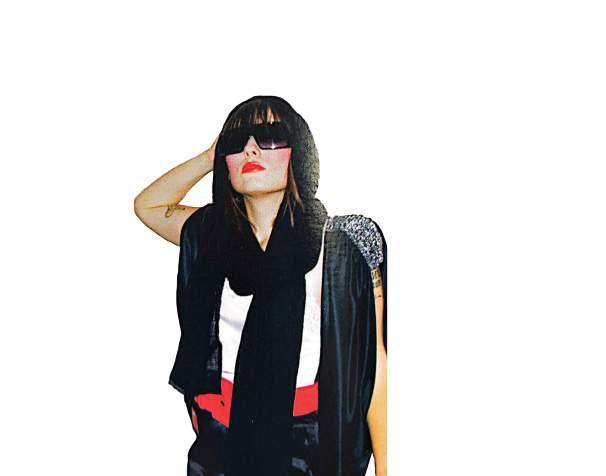


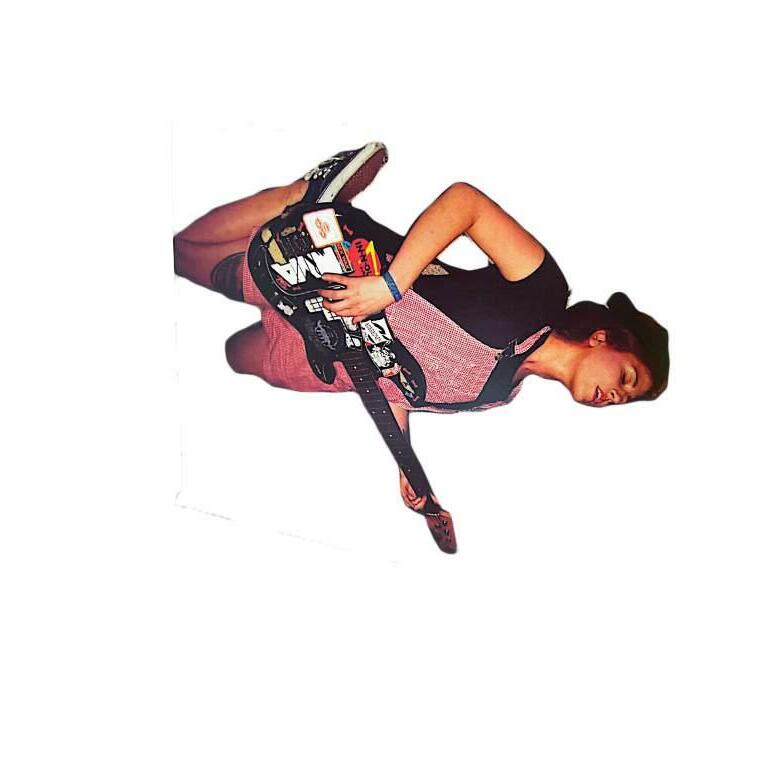
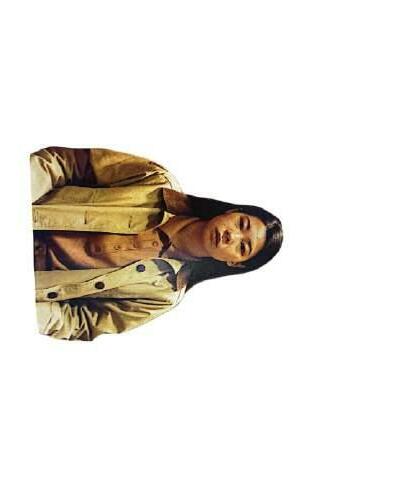
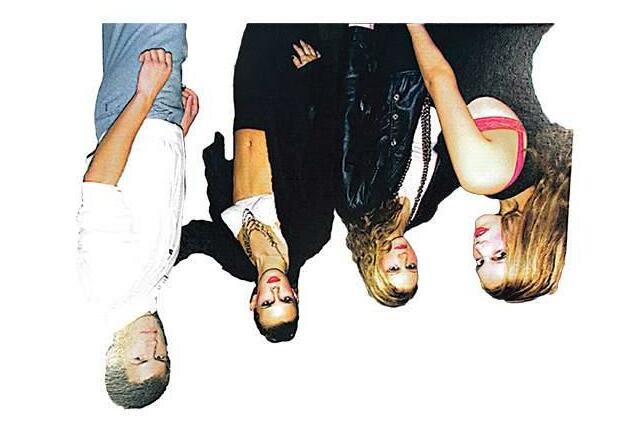

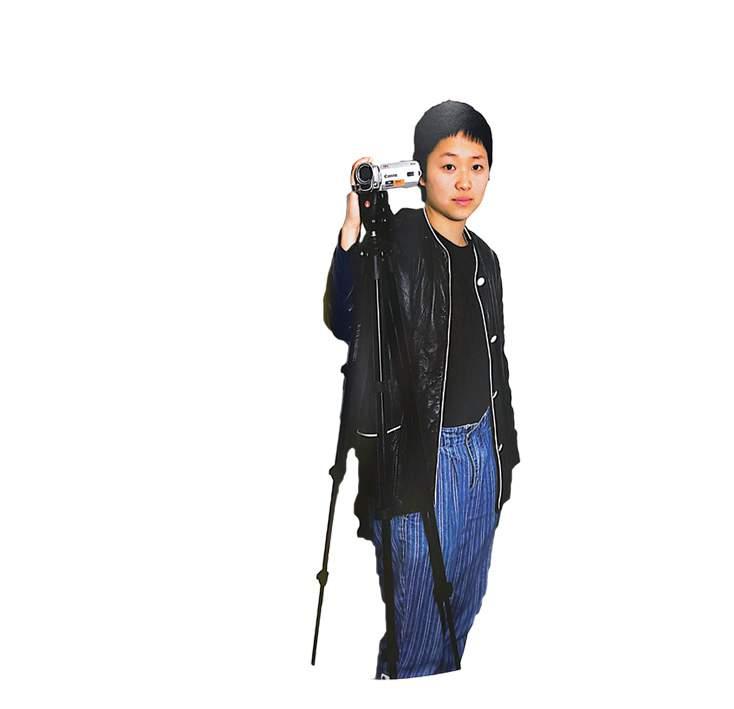
VALLEY Magazine is published once per semester and distributed for free on Penn State’s main campus in University Park, PA.
Our mission is to recognize Penn State students for their academic and extracurricular accomplishments and to feature local style, entertainment and lifestyle trends.


VALLEY Magazine is named after Happy Valley and was founded in September 2007 by former Penn State students Nicole Gallo, Meredith Ryan, Katie Zuccolo and Kathryn Tomaselli. The Fall 2022 magazine is VALLEY’s thirtieth issue.

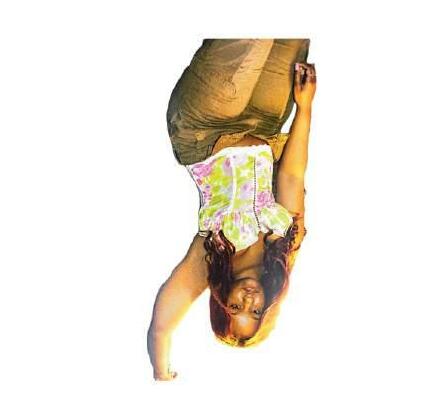
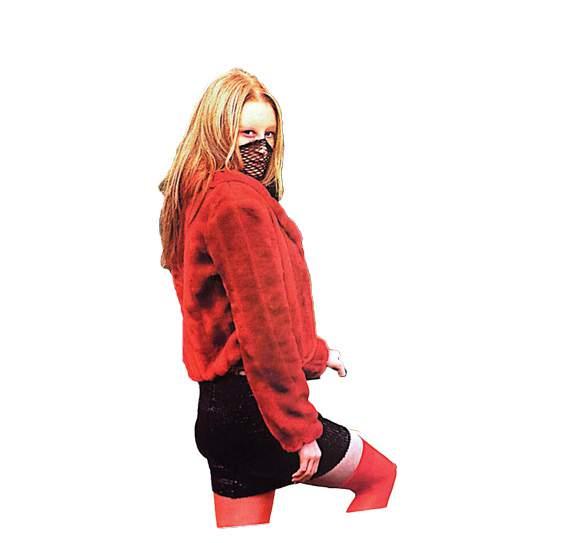



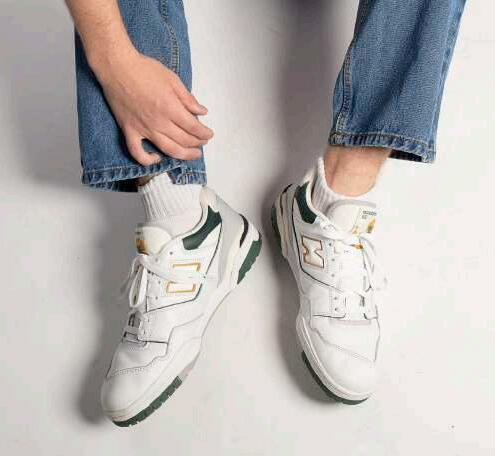


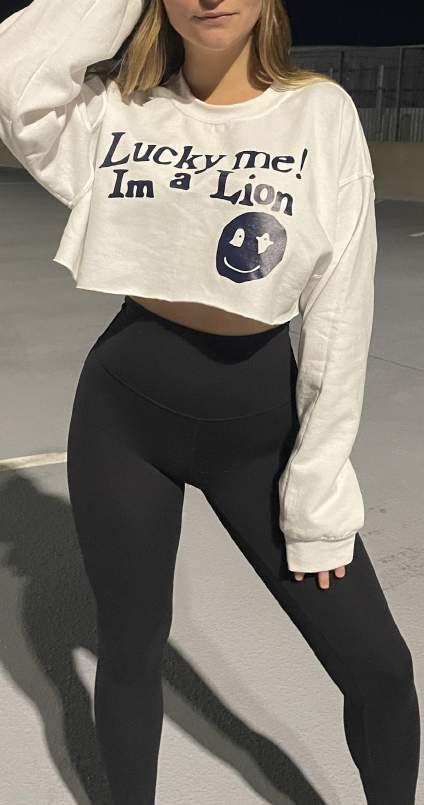
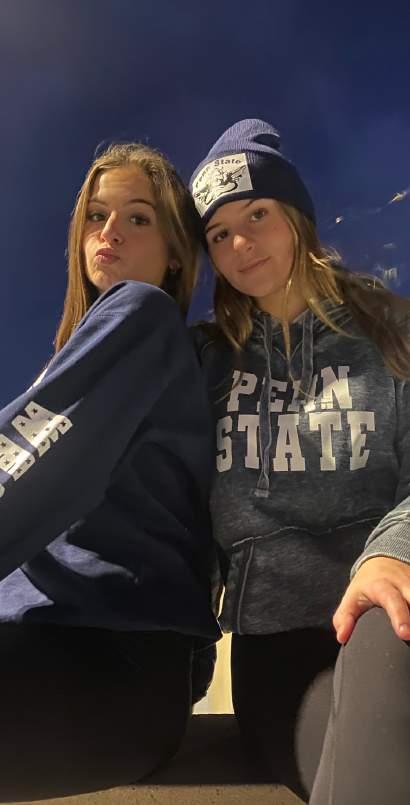

GABRIEL LEFEBVRE He/Him THIRD YEAR MECHANICAL ENGINEERING “Whether its doodling, music, poetry, photography or anything else, finding a way to translate what you feel into some creative work can help decipher the complexities of our emotions." To read more about Gabriel visit valleymagazinepsu.com BEAUTY & HEALTH @thriftedphillyyy vintage & thrifted finds WE SHIP ANYWHERE IN THE US & HAVE POP UP SHOPS COMING SOON @ PENN STATE IF YOU HAVE ANY QUESTIONS CONTACT MADISON VERMAN AT 484-844-7473 thriftedphillyyy.com @generation_clothing generationclothingus.com CUSTOM COLLEGE AND SORORITY APPAREL
Photography by Jenny Lee & Elinor Franklin


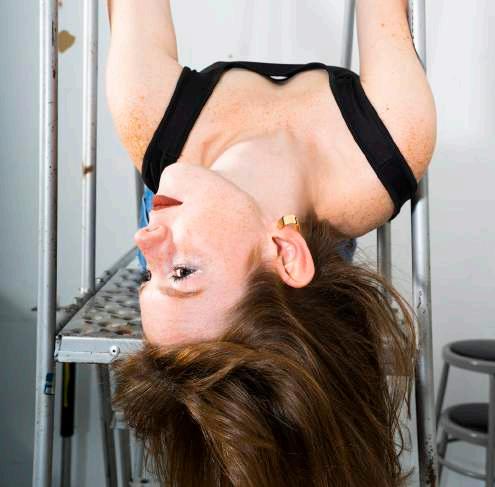
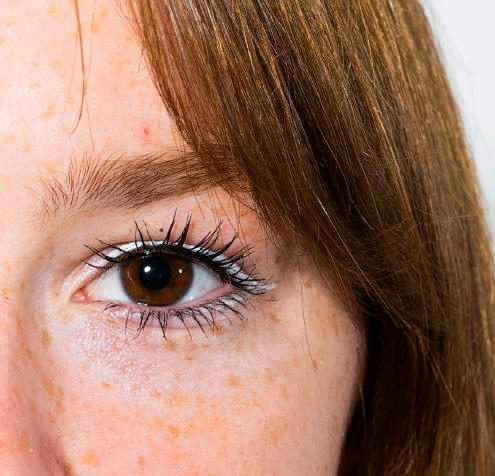
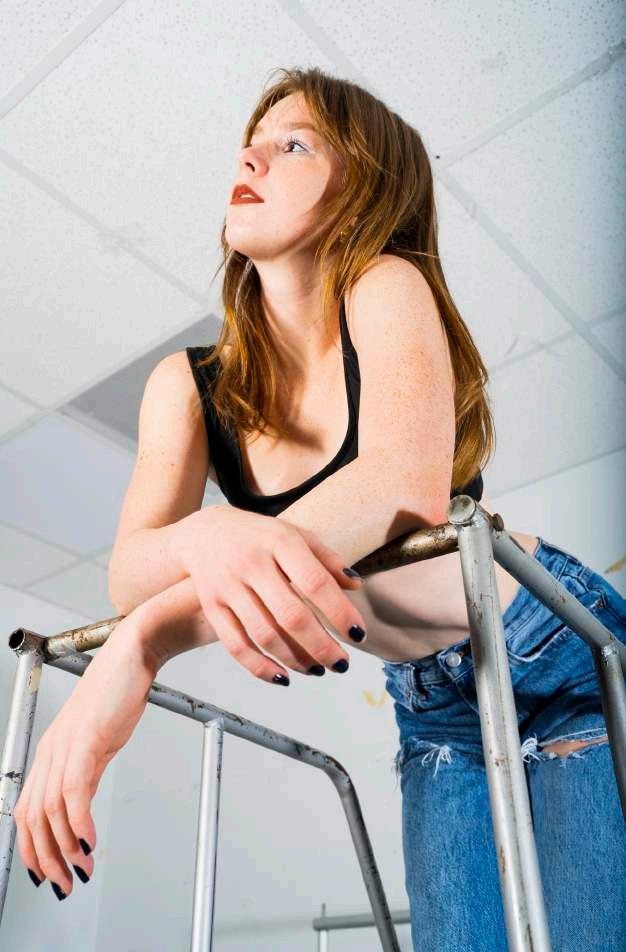
12
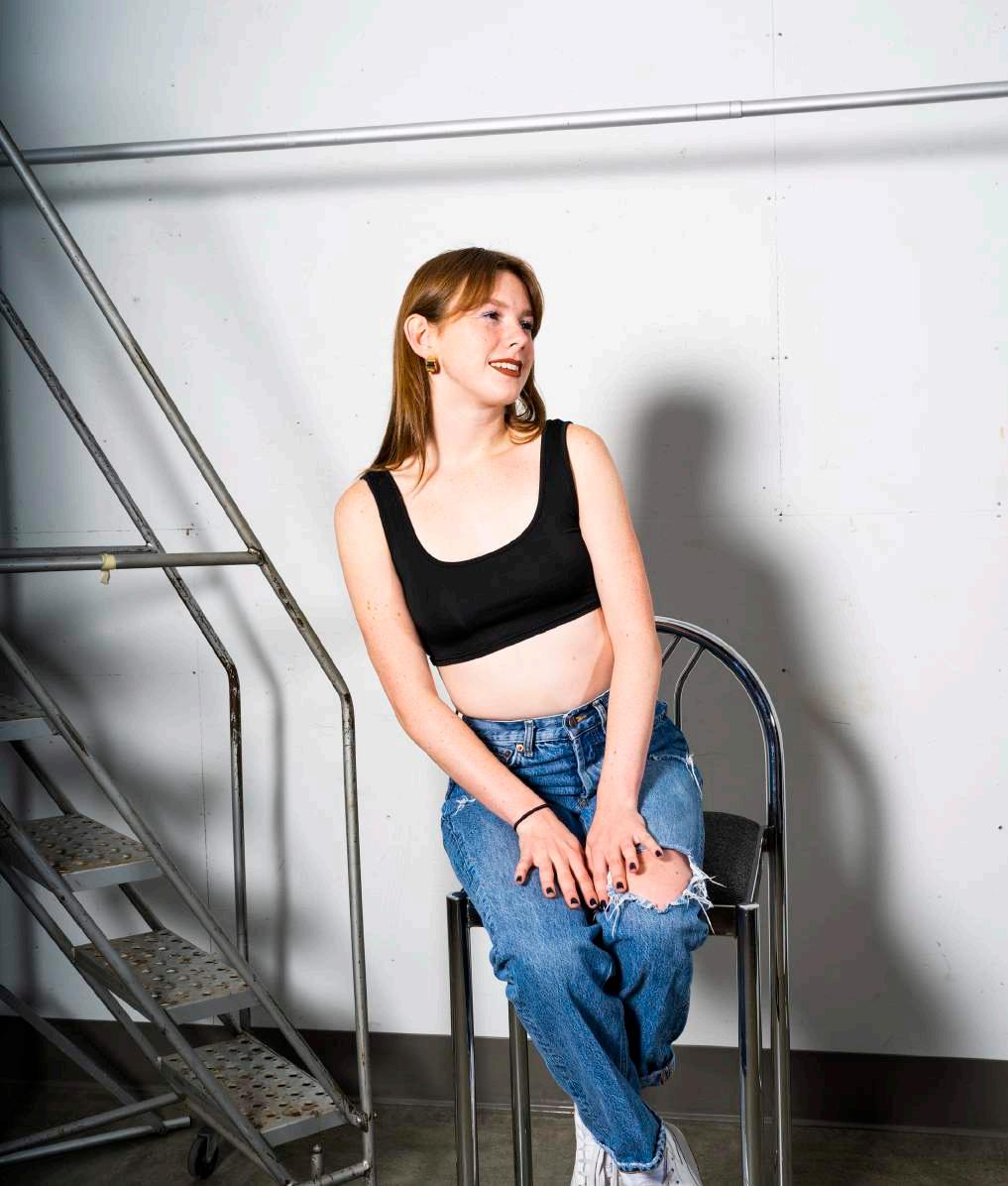

14
L’Oreal Brow Stylist Shape and Fill, Anastasia Beverly Hills Lip Gloss, Benefit Brow Gel, Glossier Stretch Concealer, Urban Decay Eyeshadow Primer Potion, Chanel Mascara, Glossier Cloud Paint in Puff, Sephora Waterproof Eyeliner in White, Glossier Lidstar in Moon
Photography by Kaylyn Thom & Zoe Eddy
longer hot

IS COSMETIC WORK PUBLIC BUSINESS?
WRITTEN BY STEVIE VESCIO-FRANZ
Today’s world of constant communication and inescapable technology seems to leave little room for individual beauty.
As celebrities and influencers alike begin to model a homogenous style of face, dubbed the “Instagram Face,” by Jia Tolentino in her article for the New Yorker, unique features are being shown the door. The Instagram Face is characterized by “catlike eyes and long, cartoonish lashes; it has a small, neat nose and full, lush lips.” It is “distinctly white but ambiguously ethnic.”
It is the newest, most trendy beauty standard. Enhanced by makeup, photoshop and endless effort, it is also largely unattainable.
The unnatural enhancement of beauty is nothing new to the world of media.
Marilyn Monroe famously altered her appearance with a nose job and some sneaky makeup tricks. The iconic supermodels of the ‘90s saw their fair share of photoshop before ending up on billboards. Seemingly, though, the already strict boundaries of attractiveness are getting stricter.
As social media becomes a cornerstone of daily life, the people who rule the apps are becoming the beauty standard — many of whom have an Instagram Face. From Bella Hadid to the Kardashian clan, there are endless examples of public figures who don these uniquely similar features.
Being constantly inundated with images of enhanced faces has no small effect on impressionable youth. Jasmine Fardouly and Lenny Vartanian examine existing research regarding the impact of social media on body image in their article “Social Media and Body Image Concerns.” They find that social media usage has consistently been correlated with body image concerns — including the drive for thinness, body surveillance, self objectification and dieting. These findings are particularly true among young women and suggest that change is needed to protect the mental well-being of today’s youth.
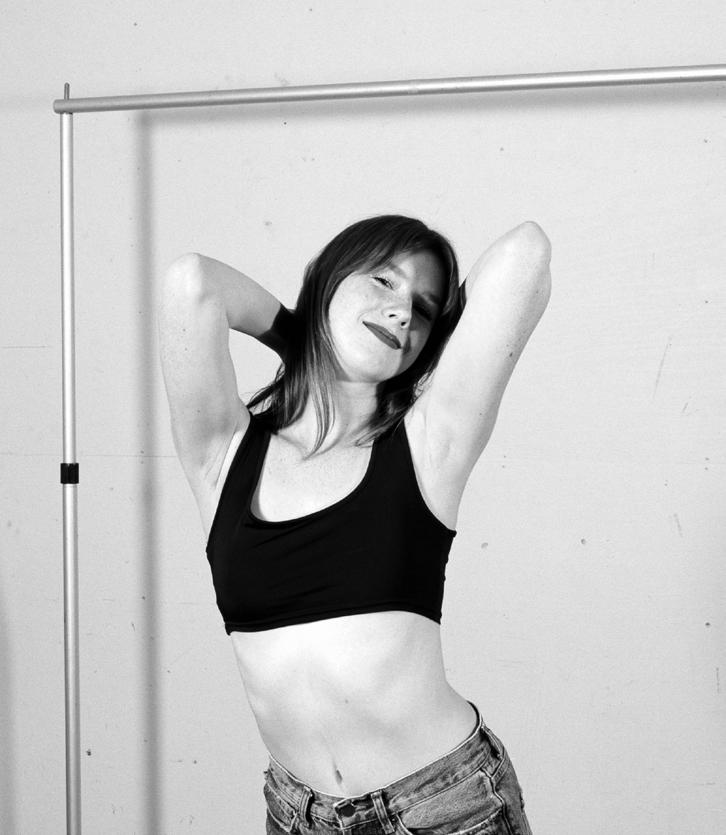
In recent years, as the rich and famous have more procedures resulting in less natural looks, attitudes on cosmetic work have shifted towards general acceptance.
This acceptance, however, hasn’t exactly led to transparency surrounding cosmetic work. Celebrities often take vague stances on what work they’ve had done — a nose job here, botox there, but the mystique surrounding their unattainable looks remains.
There is an argument to be made that celebrities should disclose any cosmetic procedures they’ve had done. Openness about the amount of effort it takes to achieve the beauty standard might help to relieve body image concerns among audiences who idolize them. However, it is also important to consider the privacy of celebrities and influencers.
Historically, public figures have had little to no agency over which aspects of their lives remain private and which are broadcasted to the world. However distant the lives of celebrities seem from our own, they are still human — just as we fall victim to crushing beauty standards, so do they.
We wouldn’t expect a stranger we pass on the street to disclose any cosmetic procedures to us, so is it fair to demand differently of celebrities? The answer is yes, and no.
As a public figure, there is a level of responsibility held over the messages sent to audiences. It is unacceptable for public figures to share hateful stances, speak out about controversial beliefs or associate with problematic people.
As evidenced by the surge of cancel culture in the 2010s, society has little issue writing off celebrities for their harmful words. Arguably, celebrities should hold the same accountability for the discrete messages they send. It is harmful to share a deceptively perfect image of self, and it should be regarded as such.

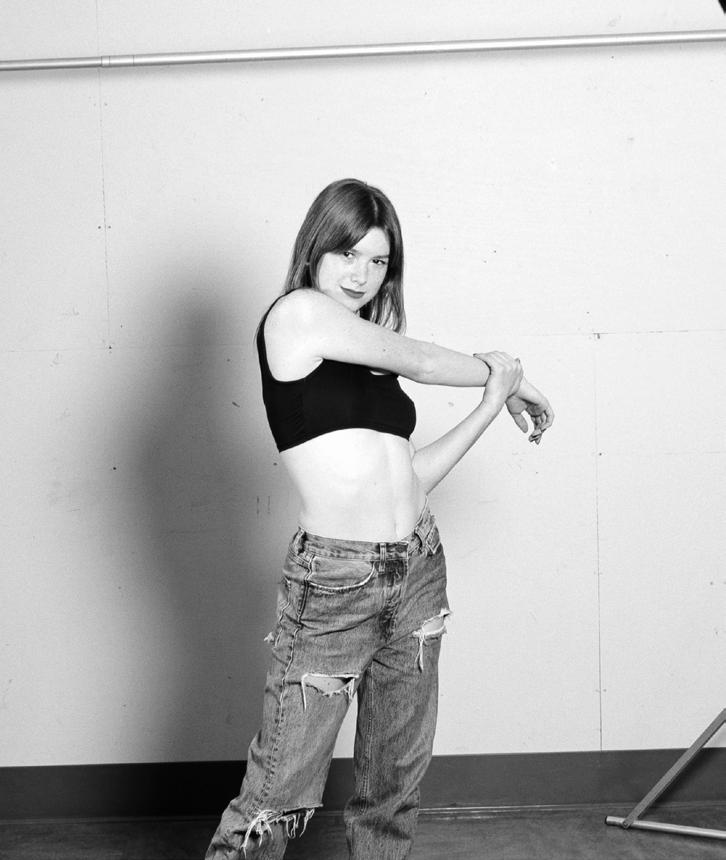
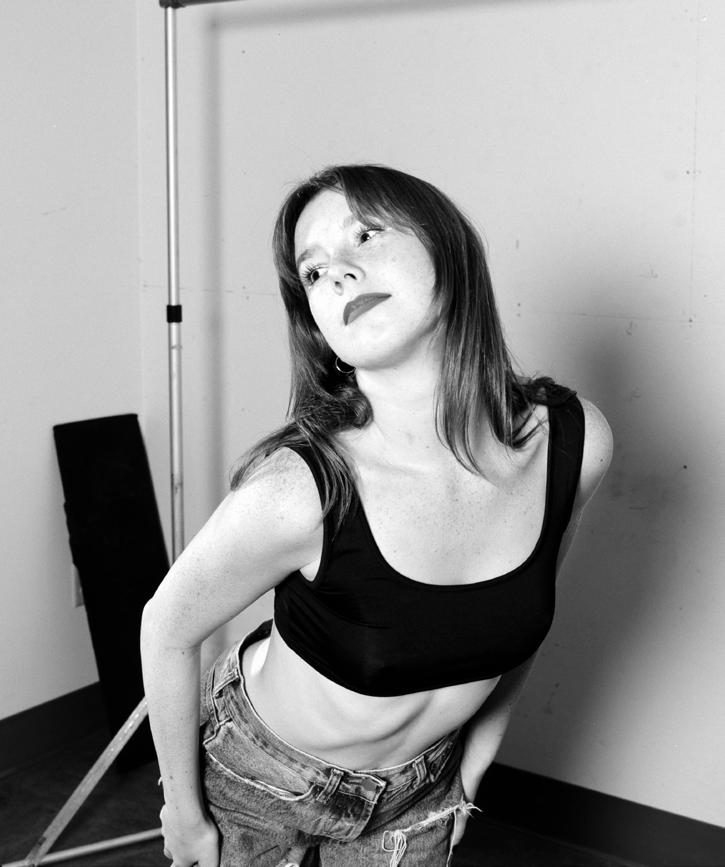
While it is important to have discussions about the consequences of unattainable beauty standards and how celebrities contribute to them, it is also important to remember that celebrities are nothing more than people who got lucky. They have insecurities, anxieties and, most importantly, a right to live their lives as they wish.
Remembering that celebrities and influencers are people, without relinquishing them from responsibility for the subtle messages they send, is the first step in having open discussions about cosmetic work, beauty standards and body image.

It’s no
gossip when an acquaintance pops up on social media with a new set of luscious lips.
No matter the impact that celebrities have on their audiences, though, every person deserves the ability to keep things private — cosmetic procedures or otherwise.
Photography by Zoe Eddy & Elinor Franklin Film Development and Scanning by Ian Cunningham
Hybrid Healthcare : The Next Big Thing
Written by Kira Sarsfield
Picture this scenario: you wake up in your Twin XL bed and pick up your phone. The time reads 11:35 a.m.
You panic. You’re late to your University Health Services appointment!
Grabbing your nearest sweatshirt, you race down East College Avenue to make up for lost time. You’re almost to your appointment, but then you realize…


The hassle of in-person appointments is so 2020. This could have been done over Zoom!
Since the COVID-19 pandemic, telehealth has become a hot topic of conversation between health care professionals. Major hospitals such as Johns Hopkins Medicine, Penn State Milton S. Hershey Medical Center and Jefferson Health have implemented virtual care programs to serve patients everywhere.
Compared to in-person medicine, telehealth delivers health care in ways that are innovative and tailored to patients’ individual needs. This makes it a win-win for patients and providers.
So … What Exactly Is Telehealth?
Think of telehealth like a Facetime call with your best friend. Except, it’s not with your best friend, but rather a healthcare professional.
The World Health Organization defines telehealth as the delivery of health care services by health care professionals using technology entailing the exchange of medical information for the diagnosis, treatment and prevention of diseases and injuries. This can range from conversations in an online chatroom to live video calls.
Consider Vanderbilt Health Registered Nurse (RN) Stacey Becker, who detailed her experiences using telehealth with her mother, Sue, in a YouTube video. Originally, Sue was apprehensive about using telehealth due to her level of technological capabilities.
However, this feeling changed when Becker set her mother up with an iPad for telehealth visits with Dr. Wolf. She was now able to message health care professionals, and they would call her via Zoom if needed.
“I was surprised at how positive my mom was about it,” Becker says. “Dr. Wolf really spent a lot of time with her and made her feel very comfortable.”
Following this convenient experience, Sue said that she would definitely consider telehealth appointments for the future.
What’s the Hype Around Telehealth?
Telehealth created a new era of accessible health care that is expanding rapidly. Certain demographics, such as patients in rural areas, inmates and military personnel, are able to obtain health care when they need it.
The best part? You can do it all from your personal device.
Health care providers for the South Carolina Department of Corrections are using telehealth to treat and diagnose inmates remotely. Inmates are connected with providers for urgent care and specialty medicine services using high-resolution video equipment, according to the Medical University of South Carolina’s website.
Overall, this initiative has lowered potential transmission rates and expensive transportation costs.
From An Expert
Dr. Chris Dennis, Chief Behavioral Health Officer and Psychiatrist for Landmark Health, is a telehealth provider. Currently, Landmark Health offers house calls and video visits in 22 states.
When asked about his experiences as a telehealth provider in a YouTube interview with Jessica DaMassa, executive producer and host of WTF Health, Dr. Dennis mentioned that telehealth gives providers total transparency that cannot be replicated in an in-person setting.
“One of the great things is that when you see them in their environment, they are really open,” Dr. Dennis says.
“For many of them, this is the first time that they’re actually accessing a health care provider this way.”
Dr. Dennis also discussed that some patients used telehealth as outlets. In particular, one of his patients would tune into their telehealth appointments from his closet to avoid mental health stigma from family and friends.
In regards to the future of telehealth, Dr. Dennis says, “We see a growth in the industry of telehealth to be able to provide access to those (primarycare) services — it's really a great equalizer.”
Will Telehealth Replace In-Person Medicine Entirely?
It is important to note that telehealth will never replace the experience that comes with in-person medicine.
Research from the San Diego based pharmaceutical company, Neurocrine Biosciences, found that 80 percent of U.S. patients will “always prefer” in-person physician visits to virtual care. Regardless, telehealth has proved itself to be a convenient option for both patients and health care professionals.
Hang Up On Your
Written by Dana Stark
Three-day weekends may seem like the ideal time to kick back and have a few drinks. For most, drinking often feels like a part of the college experience. Whether it’s “Sylly Week,” a tailgate or a Friday night at the bar, there are many opportunities that call for drinking. Whether to get tipsy to experience something new or to get drunk for fun, college students drink for a variety of reasons, and more often than not, their consumption reaches alarming amounts.
Along with long hours of studying, dinner at dining halls and hanging out in the dorm with friends, late night drinking parties and trips to the bars are often part of students’ expectations of college life. Although a hangover is never fun, underage and binge drinking can have much more dangerous outcomes.
What Is a Hangover?
You drank too much last night, and now you feel it all over your body. You may be tempted to try quick hangover remedies, like a shower, coffee or greasy breakfast, but the best hangover cure is to wait it out and drink lots of water.
A hangover is a group of unpleasant symptoms that occur after excessive alcohol intake. Typical symptoms include fatigue, thirst, headache, nausea, light and sound sensitivity and dizziness. A hangover can leave you struggling to concentrate, feeling irritable and sensitive to light — not a good combination if you were planning to make the most of the day and not spend it in bed.
Can Diet Prevent a Hangover?
All foods, especially fatty ones, delay the body’s absorption of alcohol, doctors say. Delaying the absorption of alcohol is a good step toward avoiding a hangover. An easy food to eat before going out that is filled with healthy fats is avocado so you won’t regret an order of guacamole for the table.
Chris Meletis, Dean of Clinical Affiars and Chief Medical Officer at the National College of Naturopathic Medicine, explains
High-fiber foods like brussels sprouts, lentils and popcorn break down alcohol and absorb it, keeping it from reaching the bloodstream as quickly.
Dark, leafy greens are among some of the most nutritious foods available. They contain a variety of nutrients, amino acids and minerals. These help the body to recover from the effects of alcohol. Dark, leafy greens tend to be a good source of fiber. Fiber can help with some of the digestive issues, such as diarrhea or constipation, that heavy drinking can cause. College
Students And Binge Drinking
A large percentage of college students consume alcohol by binge drinking. Binge drinking is defined as when a person consumes an excessive amount of alcohol in a short time frame. For men, binge drinking involves drinking five or more alcoholic beverages in two hours. While binge drinking for women is considered four or more drinks within a two-hour time period.
The high-risk period of binge drinking for college students is during the first six weeks of their first year. Many of these students fall into peer pressure and begin drinking soon after the first day of classes.
Student’s Guide to Drinking Responsibly
As a college student, alcohol is everywhere you look. That’s why learning about safe and responsible drinking — including learning what your limits are — is critical.
Watch your drink.
Keep a close eye on your drink. Always watch it being poured or mixed, and never accept a drink from someone else. It’s far too easy for someone to spike that drink with something that could allow them to take advantage of you.
Always have a plan to get home.
Never assume you will drive yourself home. Always have a designated driver, or plan for an Uber or Lyft ride to your destination. It’s also a good idea to go home in pairs or with a group rather than on your own.
Eat something before or while drinking.
Drinking on an empty stomach magnifies the effects of alcohol. Have dinner before you go out, and make a point of eating little snacks throughout the night.
Be well hydrated.
Ease the effects of alcohol by having a glass of water in between rounds. The water will hydrate you while filling you up, so you won’t be tempted to drink as much.
19
that —
Whether it assumes the form of a daily confidence-booster, an element of professional attire or an artistic medium, makeup finds its way into the lives of millions of people of all genders. For some, it serves as the subtle finishing touch of a morning routine. Others invest in it as a hobby and develop it into an art form.
Despite having such a vast range of uses and a diverse audience, makeup somehow manages to be surrounded with stigma, with its users met with criticism if they so happen to violate one of its many undocumented rules.
With all these standards to appease, it is likely that many cosmetics-lovers around the world have asked themselves the question, “Why do people get so upset about makeup?”
Makeup manages to become a point of contention in the world of heterosexual dating. Many straight men frown upon women wearing what they deem as “too much” makeup, and some go so far as to accuse these individuals of catfishing. Some believe that women only wear makeup to appear more attractive to them, discrediting the artistic qualities of cosmetics.
These ideas set a harmful precedent — insinuating that people only wear makeup to appear more attractive to their preferred sex or to mask their insecurities. In actuality, many people have a true passion for cosmetics. Furthermore, many straight women feel compelled to wear makeup due to the unrealistic beauty standards that are placed on them by men and perpetuated by social media. By frowning upon cosmetics, society is setting yet another expectation of how a woman should look.

Cole Thomas, known on stage as Chemicole, is a third-year studying chemical engineering, and a member of Opulence, Penn State’s official drag performing club. As a drag entertainer, Thomas enjoys makeup as an artistic medium and isn’t afraid challenge critics. “Some people ask me, ‘Why do you waste so much time doing your makeup?’
It’s a form of artistry. You wouldn’t beat up on someone who likes to draw in a sketchbook at the end of the day,” he says.
Stigma surrounding makeup is also found in the harmful idea that it discriminates based on gender. Many frown upon the concept of men wearing makeup, as it does not align itself with society's traditional idea of masculinity.
Thomas believes in a concept of masculinity that transcends visual forms of self-expression.
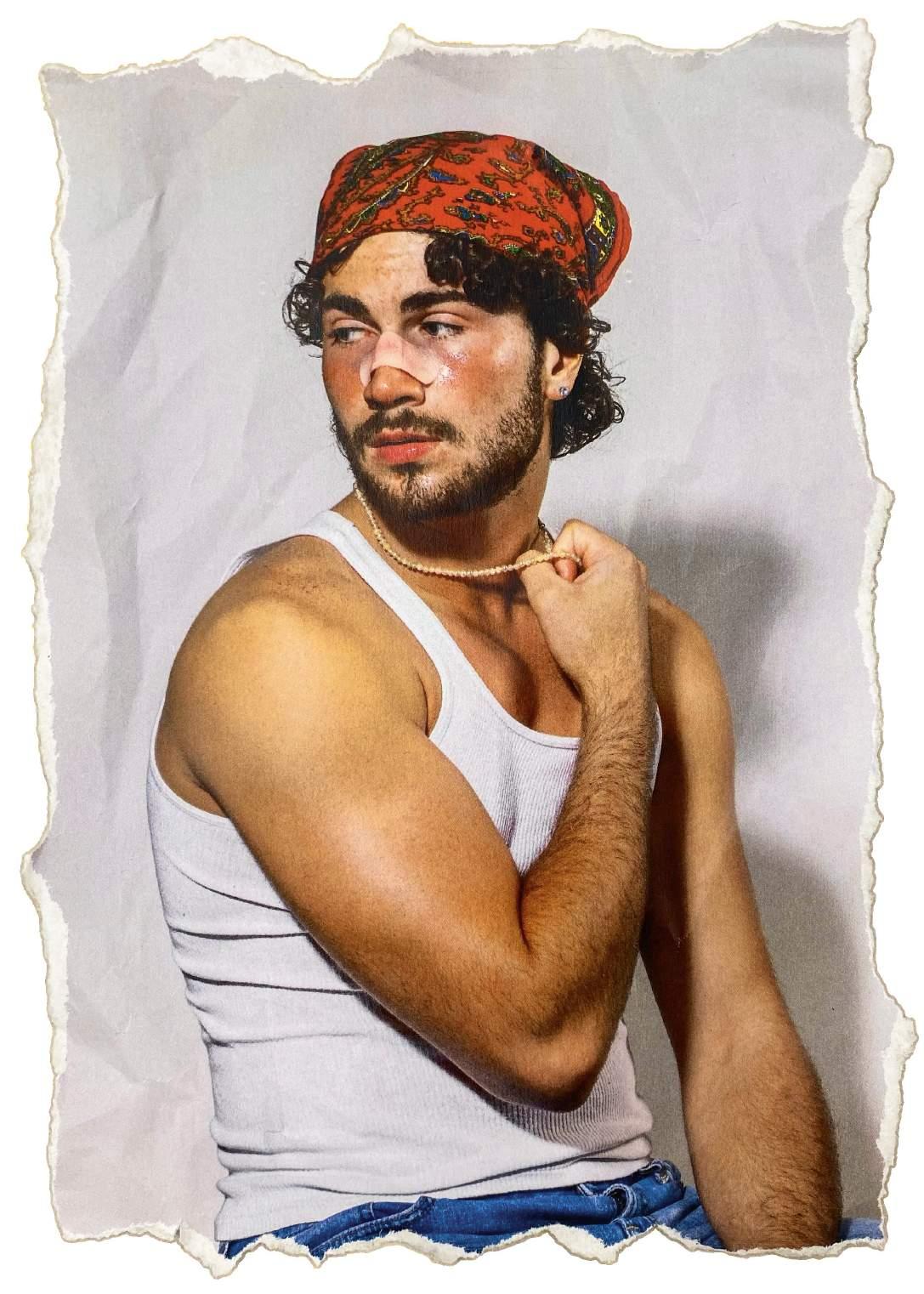
“I handle (negative criticism) by reminding myself that it makes me feel good. I think I look good in it. It’s my body and I can do what I want with it,” he explains.
Stigmatizing men wearing makeup sets a very negative precedent. Not only does it further the idea that a man caring too much about his appearance is unmasculine, it challenges everyone’s right to express themselves how they please. It is time for society’s understanding of masculinity to evolve. “I see masculinity as a form of confidence and a strength of mind,” says Thomas. What makes a person a man has nothing to do with the way that they express themselves, rather the confidence they have in that identity.
Masculinity isn’t about whether a person presents themselves in ways society paints as masculine. It’s about having no fear of challenging those expectations.
So, why do so many people have something to say about the way that others use makeup? It seems that people of all genders are criticized for using it in a way that contradicts societal expectations, or sometimes for wearing it at all in the first place. Perhaps this negativity is part of a bigger picture.

Western standards of beauty and appearance are notoriously stringent. In the United States, we have a very strict and defined idea of what an attractive person looks like, and these standards are often highly unachievable. Over the years, this concept has shifted toward a more natural look, and so have the expectations of single men. Furthermore, the western concept of traditional masculinity is so enduring that it leaves little room for men to express themselves in any other way.
All of these ways that makeup is surrounded by stigma are similar in that they regulate the ways in which a person can express themselves without being ridiculed. Anyone should be able to use makeup in whichever way they please, and no one should be shamed forchallenging people’s idea of what is attractive or what is masculine.
Life is far too short to not look exactly how you want, wearing as much or as little makeup as you please.
Photography by Abby Tarpey & Taay Jaack
Written by Nick Ferrara
Written by Helena Haynes
The cure to mental illness? Some scientists say that psychedelics could be the answer. In a study conducted by the Johns Hopkins University of Medicine, researchers found that microdosing on psychedelics relieved major depressive disorder symptoms in clinically depressed patients. This has caused many people to wonder if this could be the future for treatment.
In recent years, the stigma around certain substances, particularly marijuana and psychedelics, has rapidly decreased. Marijuana has even been recreationally legalized in many states. Despite the more open mindset that people seem to have, psychedelics are yet to be federally legalized in the United States, but they can be found legally in places such as the Netherlands and Brazil. Some states, such as Colorado, have made efforts to decriminalize certain psychedelics, in hopes to legalize them in the future.
Although it may sound like legalizing psychedelics could be a similar process to cannabis, there’s a lot of complexity to it. Noah Potter, a lawyer specializing in design and implementation of regulated markets for psychedelics, cannabis and other psychoactive substances, gave his take on the more commonly discussed, but complicated legalization route that has been talked about more and more, which is regarding people using psychedelics for “religious purposes.”
“There are a lot of people going with this religious approach. think that’s actually extremely limited and it’s very complicated because religion under the law is not a simple thing,” says Potter, adding,
“Psychedelics are super-powerful. Everybody is underestimating their potential aggregated impact on society, especially when you have capitalist forces that want to build a branded market and increase consumption for profit.”
“I thought a lot about the purpose of my life as it related to each of the beings I interacted with, and I became much more content with my situation. It helped put me at ease with who I am and allowed me to love those around me more.”
According to an article from the National Library of Medicine, it is stated that in several cases, psychedelic use was associated with a lower rate of mental health problems. This can be attributed to a few different components, but many people claim that microdosing feels similar to the effects of caffeine, but with an additional boost of overall happiness. It is also said that these drugs prevent overthinking, and generally soothe the mind.
An article from the New York Times claims that some psychedelics, including psilocybin, can also be used to treat substance use issues like alcoholism and nicotine addictions.
It is also noted that tripping on psychedelics can cause an “afterglow” that can last months.
Despite many signs pointing to the benefits of psychedelics being legalized and incorporated into mental health treatment, there are also risks associated with it. If someone was to take the wrong dosage of a psychedelic drug, it could cause anxiety or panic, and in extreme cases, permanently alter their mindset in a negative way. People are unlikely to overdose on them, but the possibility of having a bad trip should always be considered when choosing a dosage.
Due to the potential risks, the process of incorporating psychedelics into mental health treatment must be done in a safe and regulated way. Even though psychedelics are federally illegal in the United States, Oregon chose to legalize the medical use of psychedelic mushrooms in 2020. According to an article from Oregon Live, the legalization came with a two-year waiting period so that regulatory details could be decided on.
Despite whether legalization will happen, the impact psychedelics can have on mental health is something that has entered the conversation more recently, and many people have taken to social media to discuss how it has impacted them. The term “microdosing” has been at the center of the psychedelic movement, meaning that people take psychedelics, particularly magic mushrooms, in very low doses.
When microdosing, the individual taking the psychedelic drug will not be experiencing some of the more commonly known effects, such as visual hallucinations. Instead, they will feel a subtle impact that is said to benefit mental health. Microdosing is a common way to take these drugs for mental health purposes, but others do advocate for taking a larger dose which will have a greater effect.

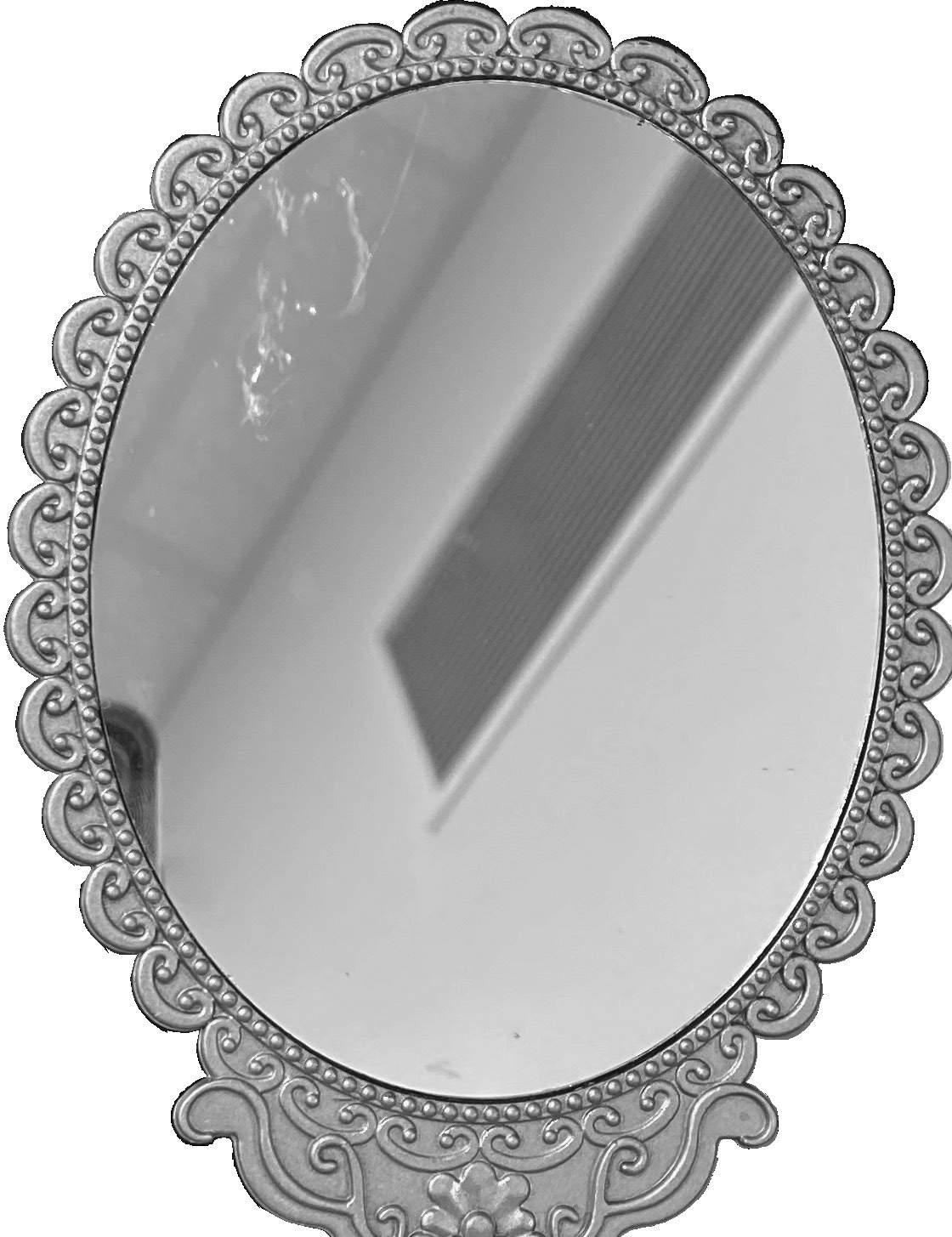
One anonymous Penn State student shared his experience with psychedelics and how it impacted his mental health saying, “Taking psilocybin was an incredible experience. I’ve tripped twice and my mindset definitely shifted a bit after each. It’s hard to put into words, but it felt as if I was more connected with the world and nature. I could feel and understand every living organism around me,” adding,

Psychedelics will not be accessible in the same way cannabis is in Oregon, but it will be stored and administered at licensed facilities. In the coming years, the rest of the country will see how this state is regulating psychedelic therapeutic treatment, which could lead to legalization in other states. Right now, there are many unknowns regarding the psychedelic therapy process.
Information about the actual dosage is unclear, and the article states that a protocol has not been determined for microdosing versus experiencing a full dissociative trip. It’s also important to note that these psychedelic therapy appointments are projected to be extremely expensive.
In a society dealing with a mental health crisis, particularly in young adults, this could be a game changer for individuals who really need it.
As the stigma around psychedelics continues to decline, you could be seeing drastic changes in the way mental illnesses are treated in future years. Along with potentially making a positive impact on the mental health of the population, legalizing psychedelics will create more jobs, and decrease the criminalization of those selling or in possession of psychedelics.
a dose of paradise
22
Photography by Taay Jaack & Abby Tarpey
MANY ROBOTS. BE DIFFERENT. BE YOU."

"Happy Jack" is Jack Nathan. HappyJacksWorld is you. Jack created this community, and the products within its pages, as a safe haven for kids who struggle with mental illness. Jack was a survivor. Not a victim. He struggled yes, but he persevered. So that’s what we ask of you. Persevere. For Jack, for us, and for the millions who wrestle with mental illness. Please help to keep Jack’s legacy alive.

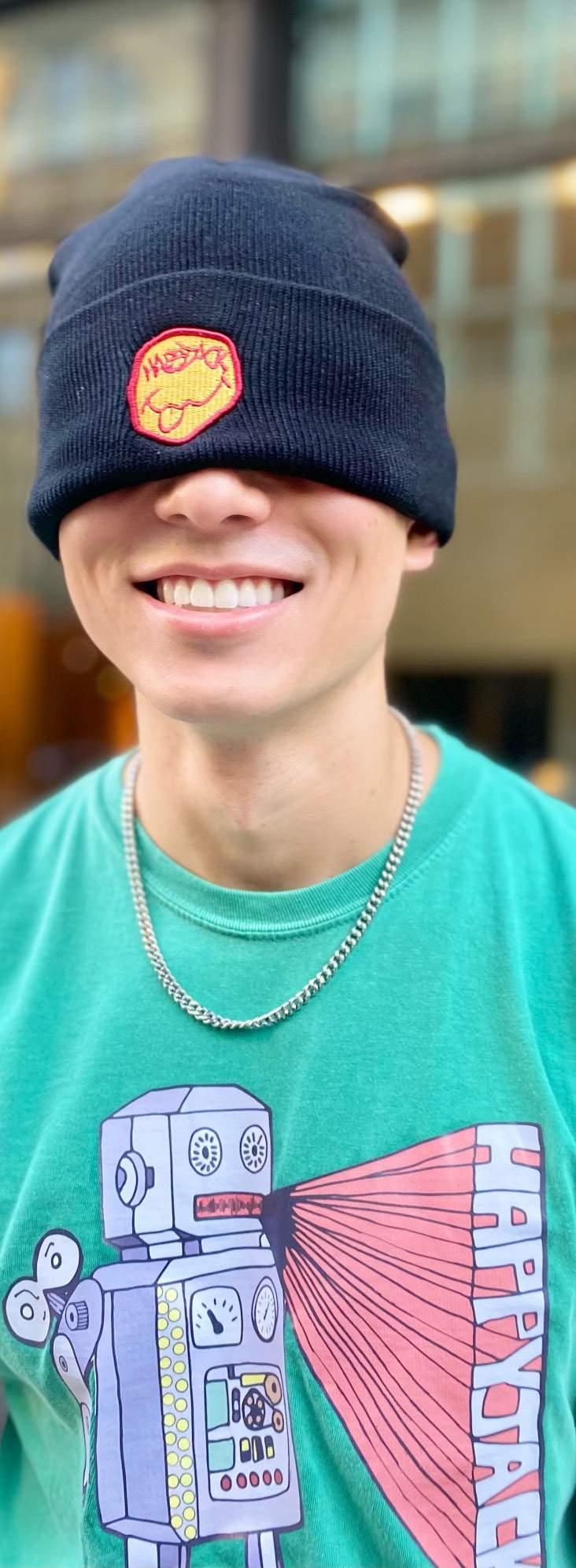
That was the impetus behind Jack's robot design in our Fall collection. He encouraged all to stay true to themselves... not to change for anyone. Jack went on to say that a "robotic" life is boring.
@happyjacksworld.com

ISAIAH JOHNSON
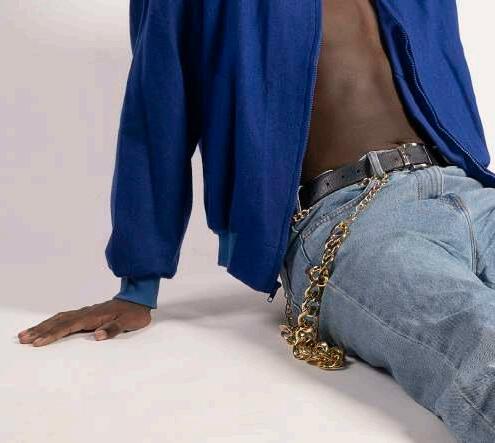
He/Him SECOND YEAR INTERNATIONAL POLITICS
To read more about Isaiah visit valleymagazinepsu.com
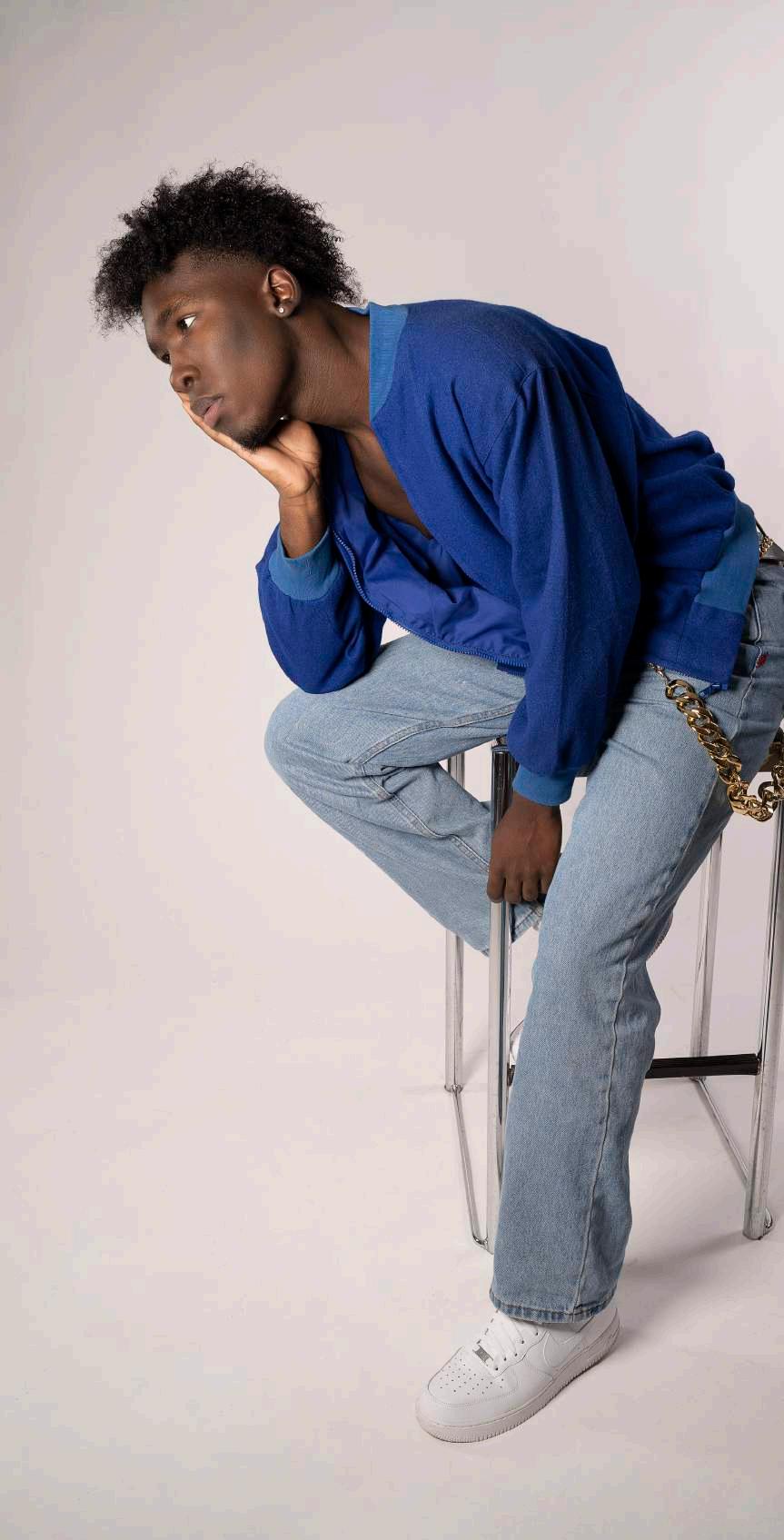
“When there are no ceilings, the sky is the limit.”
SELF-IMPROVEMENT
Jack, the late founder of Happy Jack, once said,
"TOO
Franklin
Photography by Jenny Lee & Elinor
keep an eye ON EMDR
Written by Lucy Kozan Content Warning: Mentions of sexual assault

A Success Story
It is true that EMDR has truly changed some people’s lives and mindsets. Trauma can be debilitating and get in the way of mental and physical tasks that must be done in everyday life. Fortunately, there have been numerous success stories. Bodwell described how she “worked with a woman who was attacked by a neighbor’s dog, resulting in serious injury and her dog being killed.
“She had numerous PTSD symptoms, including intrusive memories, poor sleep and ruminating about being responsible for her dog’s death. Through EMDR treatment, her PTSD symptoms diminished and she understood that she was not responsible for the attack.”
What if we told you that therapy is not linear and that numerous kinds of treatment can help you feel better in your day-to-day life? There are options such as EMDR therapy which has been very successful for many people when dealing with disorders such as PTSD and anxiety. EMDR can be helpful for many disorders and beneficial for those who are consistent. It’s been known that hot people go to therapy.
What Is EMDR And How Does It Work?
EMDR stands for eye movement desensitization and reprocessing. Working with images, thoughts, and emotions can help people process past or present traumas. According to Nancy Bodwell, a licensed EMDR therapist in Newburyport Massachusetts, EMDR “is a psychotherapy treatment that was originally designed to alleviate the stress associated with traumatic memories” (Bodwell). EMDR is considered a type of psychotherapy used for people who have been in accidents, soldiers who have come back from war, and individuals who suffered from sexual assault.
Every EMDR therapist is different and will have you work through different exercises. For example, one might have you try to remember your traumatic experience and work through the emotions that your body and mind are feeling. It might sound intimidating and unappealing at first, but it can reverse the effects of trauma.
Sometimes, in a session “clients are asked to identify a specific memory they would like to work with and alternately are asked a series of questions about the memory and reactions to it, as well as receiving external sensory input (sounds, visual images or vibrations) to better process and manage the potentially problematic memories,” says Bodwell.
If you do not find yourself struggling with trauma, EMDR can also help with panic attacks.
The situation described was very personal and was an instance that does not happen to many people. Even though it is considered a rare situation, EMDR still helped push the trauma away. Giving EMDR a try might just change your life.
How Long Does EMDR Take?
As mentioned earlier, every therapist is different, and depending on your unique circumstance, sessions can be different for everyone. “Standard protocol includes having a thorough intake to determine if EMDR is indicated. If EMDR is indicated, studies suggest that individuals with single-issue trauma can resolve their PTSD symptoms in between three to six sessions,” says Bodwell. “For individuals with multiple known or unknown trauma experiences, the treatment will likely take longer.”
It is different for everyone, but it is key to be patient with yourself.
Advice For College Students
When it comes down to it, many college students are in therapy. It might not seem like many people are in therapy, but not everyone makes it obvious or apparent that they are seeing a professional. Not only is it normal to talk to a therapist, but everyone can benefit from it and it can be extremely helpful, even if you are not going through a hard time.
Hannah Keatley, a third-year student at Penn State claims that, “Therapy helped me because it made me feel comfortable to open up to someone to talk about things don’t always speak about and I think other college students would benefit from this as well.”
Written by Stevie Vescio-Franz
To be human is to have a broken heart. A heart broken by change, breakup, distance, death or otherwise is a symptom of lost love — love defined beyond the strict boundaries of romantic relationships.

To love a place means to mourn a move, to love a pet means to grieve when their short life has come full circle. If you want to love, in any capacity, you must learn to embrace loss with open arms.
As anyone who has experienced loss knows, embracing it is far easier said than done. It is easier in the short term to compartmentalize pain to tuck it away in a deep corner of your mind far from where love exists. According to the Merriam-Webster Dictionary, to compartmentalize is “to separate into isolated compartments or categories.” In psychological terms, compartmentalization refers to a coping mechanism that involves the “boxing up” of conflictual emotions.
Maria Vinca, Licensed Psychologist and Assistant Teaching Professor at Penn State, clarifies that “Compartmentalization can be adaptive. It’s just a matter of degree.” It is also something we all do. Issues begin to arise when the fear of pain becomes extreme, and the barriers put up around scary emotions solidify.
For many who didn’t have the privilege of having healthy coping skills and emotional attunement modeled to them as children, it’s easy to fall victim to compartmentalization’s consequences disguised as an “easy way out.”
“There are always consequences if all you do is compartmentalize. Consequences being, you flip out on your spouse, you don’t have healthy relationships, you watch too much TV or you overeat. Can you live your whole life that way? Absolutely.
But, if we don’t bring the stuff out of the boxes that is painful, negative, confusing and conflictual, there’s always some consequence. People do it all the time, they just live with the consequences,” says Vinca.
Chloe Webb, first-year student in the speech language pathology master’s program at Penn State, learned firsthand that love and pain have a symbiotic relationship. In May of 2020, Webb was in the backseat of a car that was run over by a semi-trailer.
At only 19 years old, with a laundry list of life-threatening injuries, her worries shifted away from dating and appearances towards something much more trying: survival.
“The first few months following the accident were some of the most challenging months of my life. went through cycles of feeling angry, frustrated and sad, but also extremely lucky and grateful, every single day,” says Webb. During these months of healing, physically unable to live a “normal” life, she had seemingly endless time to sit with and embrace the pool of emotions surrounding her trauma. This time spent sifting through her emotions didn’t solve all of Webb’s problems, but it did offer a perspective that avoidance could not.
“I appreciate my body for keeping me alive after the accident and healing me in ways I didn’t know were possible. I appreciate my body for functioning, not just looking a certain way. I love my life and feel like most
things are a privilege now, which is a huge change from who I was before the accident,” says Webb.
For many, however, it is easier to pretend that love and pain are entirely different entities whose relationship is coincidental rather than symbiotic. Though no matter the effort one puts into avoiding change, avoiding heartbreak, avoiding loss and, ultimately, avoiding pain, these hard-tocope-with emotions are inevitable.
Perhaps you could sit alone, isolated, mourning the past while the world turns around you, but what does that provide aside from loneliness? Supposedly, the evasion of future pain and, with it, any prospects of future joy.
The key to moving forward in the face of great pain lies in breaking down the mental barriers erected between love and pain. To be free from avoidance is “to learn the art and science of feeling through and understanding what you’re hiding from emotionally, while also learning the art of not getting hooked by rumination. It’s like caring for something, holding it, looking at it, having someone witness it and learning how to let it go,” says Vinca.
“I couldn’t change that it happened in the first place. All could do going forward was to embrace the ups and downs — I had no option. With that, made a decision to view the accident as something that influenced me immensely, but to never let it define who am,” says Webb.
27
“It is an act of bravery to feel your feelings” - Gayle Forman
Therapy welcomes all ages and all experiences. Taking the step to seek out a therapist might just be what you need.
When thinking of home, many people immediately picture four walls and a roof. Maybe it’s the home of your childhood, where you grew out of your crib and took your first steps. Or, maybe you moved a lot and there is one home that you connected with the most. The way the light would shine through the windows at a particular time of day, the coziness of your bedroom, the creaks of the floorboards under your feet.
These architectural significances of the house may be notable, but it is not the pure physicality of the place that turned it into home, it is the people and memories that were within.


Ally House “undoubtedly,” as Hess says, helped to make school feel more like home.
“If you do not have a safe space that’s established as somewhere you can be yourself, then you are not going to feel at home.”
But just because Penn State was starting to feel more comfortable, it did not take away the sense of coziness and comfortability that Hess’s childhood home in Hershey, PA provided. It’s all having to do with language, explains Hess. “I realized I was referring to home in Hershey and Penn State and even the ocean. It is where you feel a sense of belonging and a sense of community — I get all of that from those places.”
Ella Hu is in her third-year at Penn State. Coming from Beijing, she descibes how she deals with the contrasting ideas of home as a college student. Similarly, to the point that Hess made about the language involved with home, Hu states that, depending on the situation, she would consider both where she lives and where she is from as home.
“For example,” Hu says, “if I am talking to friends about ‘coming to my home to hang’ then home refers to the apartment I’m living in. But if people ask where my home is, I would double check that they mean ‘home, home,’ then it’s where I am from.”

Home is subjective — it can be a person, place, a feeling or just the underlying provision of comfort and familiarity. Home, whatever that may be in your mind, is the center of your universe, the point you stem from and return to — which is exactly what makes it complicated. You hit a certain age when you leave home, whether that be when you turn 18 and go to college, or whatever path of growing up you may be following. Maybe you do not want to leave the comfort of your own home, or maybe you have been dreaming of doing so since you were a kid. Everyone’s attachment to their home is different, leading to everyone’s definition of home being different.
This realization comes quick when you get to college — everyone’s comfort may not come from the same place as yours. At a big school like Penn State, people can be from all over, whether that means across the country or the house down the street. Aside from what you learn in class, college is full of transformational moments. You learn how to adapt, evolve and grow, finding that sense of comfort and familiarity in something or someone else.

Though from entirely different corners of the world, Hu and Lauren Krasnansky, an incoming second-year student from State College, PA, have similar idealisms of the balance of homes. Krasnansky says that she does not think she would ever consider her first-year dorm to be home, because the house she grew up in is much more comfortable and is where she has made so many memories from her childhood.
However, Krasnansky admits that since moving to college, her idea of home has changed, as she says,
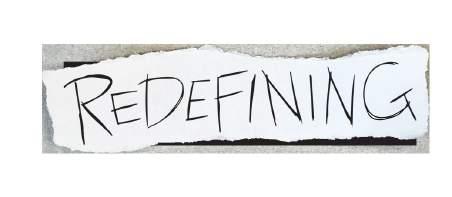




“College has shown me that my childhood house doesn’t have to be my only home — you can make a home anywhere. This past year, I’ve met people that feel as loving and cozy as my childhood home. I have a home
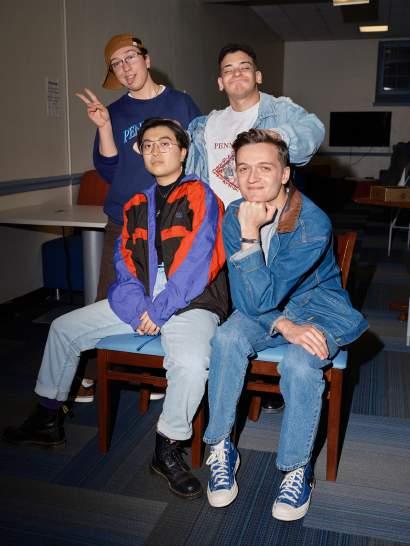
No matter where you are from or what you consider to be your home, this goes to show that it is more about the attachment and bond to that “home” rather than the concrete location. It is no small feat to realize that your idea of home is changing.
It is realization that forces you out of your comfort zone, but again, that’s what home is. You can never officially outgrow it because your home changes along with you.
A key aspect of this positive growth is getting involved in something that allows for you to make those connections. Ally House is an organization at
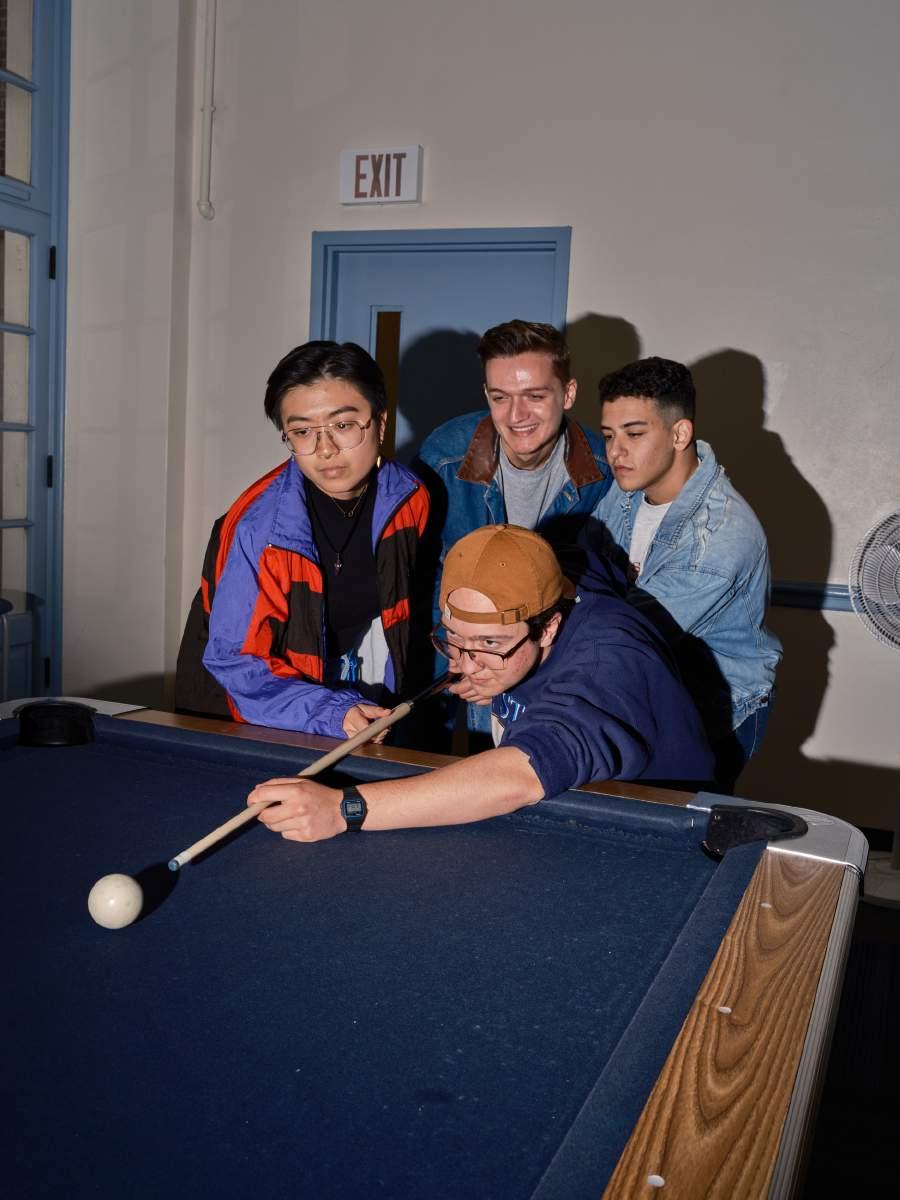
Maybe you did take your first steps down that same hallway you’re looking at now, but who was right behind spotting you as you walked?
Everyone needs a home — a sense of belonging and love. So, you get to college and there is a learning curve, but you figure it out through meeting new people and making new memories.
in my friends.”
Written by Leigh Chamberlain
Photography by James Riccardo
Film Development and Scanning by Ian Cunningham
the ripples our past
Once you move away from your family home, it’s easy to reflect on how your upbringing had an effect on your personality and way of life. Undoubtedly, high school friends, past teammates and siblings influenced who you are and who you want to be. Maybe even more than peers, parental relationships have the ability to change our trajectories.
Many people trivialize their childhood troubles, saying they have “mommy issues” or “daddy issues,” but oftentimes, there’s generations of maladaptive patterns hidden beneath the surface.
So, while you may have built up this expectation that you will never become your parents, it’s not your fault if you start to recognize familiar habits.
What Are "Mommy and Daddy Issues?"
In the world of Generation Z and the normalization of dark humor, it seems like we’ve all bonded under the same umbrella of trauma — our shared experiences with mommy and daddy issues. While everyone loves a good joke to cope with the problems they refuse to face, what does it really mean to have “mommy and daddy issues” in 2022?
For starters, it may not really mean what we think it does. Licensed Professional Counselor, Geoff Landers-Nolan, at Rise Counseling Inc. in State College, suggests that “mommy and daddy issues” are just the tip of the iceberg.
Landers-Nolan noted that not only has the idea of “mommy and daddy issues” become a trope, but even the reference has become so lost that we may not even realize what we are referring to when we say, “I have mommy issues.” Is it that we are referring to the relationship itself? Or is it another issue entirely? More often than not, it’s the latter.
Intergenerational Trauma & Its Effects
What Landers-Nolan and other counselors, therapists and even geneticists have focused more attention on is, intergenerational trauma, a more concise way to describe what we all think we know as being “mommy and daddy issues.”
As defined by Landers-Nolan and others like him, intergenerational trauma can be best broken down into three aspects — “mommy and daddy issues,” the ripple effect of trauma and epigenetics.
“Mommy and daddy issues” are what can be considered the blanket statement we make when we refer to the bigger picture of intergenerational trauma. However, describing intergenerational trauma as more of a ripple effect does a better job of explaining how the phenomenon actually comes to affect each and every one of us.
One of the examples Landers-Nolan offers in regards to this effect, is how our parents teach us the building blocks of attachment and relationships.
For instance, if you grew up in a household where it was uncommon to talk about feelings at the dinner table and then see your friend express emotion at the lunch table, chances are you’re going to feel a sense of discomfort, because this was something your parents never taught you to navigate. Thus, the ripple effect leaves us wondering whether or not our parents would have reacted in the same way.
In simple terms, the ripple effect is the trauma we inherit from our parents, that they inherited from theirs. This continues a cycle of trauma and experiences that were around generations before us.
When it comes to epigentics, trauma and life experiences are reflected in our DNA in how our bodies evolve over time. So while it may be easier to think that if we can’t see a problem, we can’t be affected, chances are your genetic makeup would say otherwise.
While “mommy and daddy issues” may be considered a single component of intergenerational trauma, it certainly doesn’t mean we should trivialize them by reducing the phenomena to a societal trope. It’s also important to note that “mommy and daddy issues” are different than instances of abuse, domestic violence and attatchment issues. They aren’t lumped together, but they can all arise from the relationship with our parents.
A way that we can better understand intergenerational trauma is by going back to our roots — literally.
A Time to Reflect
Think about all the times that you reacted in a way that didn’t make sense. Think about all the times you stuck around with someone despite how toxic they were for you. Think about all the times you’ve seen your roommate behave a certain way and just wonder, “Who raised you?” More importantly, think about the fact that someone might have said the same thing about you.
Awareness is key when it comes to dealing with personal issues. After all, how are you supposed to deal with our problems if we don’t know we have them? What is the correct way to identify our problems in order to fix them?
Whether your relationship with your parents was good or bad leading up to college, take this time to consider the impact their views and their own childhood may have on your college experience, and accept the challenge to change the narrative in your favor.
it's classified
We've all woken up startled, heart racing and a bit gratified. It's the moment you realize you just had a sex dream. You crave to return back to your dream and revel a bit longer in the experience, living out your sensual desires. Whether the special guest appearance was someone you’ve been craving or not, what we're all wondering is: what do my sex dreams really mean?
What Science Says About Dreams

We all dream, and when we wake up, we’re either trying to analyze our dreams or recall what’s left of them. It could be a realistic, or a totally flamboyant concept, and yet we still want to know why it is we had the dream and what it meant — trying to build a connection with our conscious minds.
Our most evocative dreams occur during the rapid eye movement (REM) stage of sleep. What isn’t so clear, is why we dream. Many doctors and psychologists have theories, but the answer isn’t clear.
What we do know about dreams offers a few plausible explanations. One being that they reflect our deepest desires and wishes. This explanation, according to Freud, expands upon the idea that we have suppressed emotions and desires that we don’t process or live out. This creates tension, which is released and expressed in our dreams, providing a way to make sense of our feelings.
The social stimulation theory looks at dreams as a way for our brain to practice social and behavioral encounters without facing any sort of judgment or consequence.
Depending on who the encounter was with and what you were “working out,” this seems to be an advantageous explanation and mechanism on your brain’s part. If you want to get even more science-y, the limbic system — responsible for processing memories and emotions — seems to be the silent producer of our dreams. With the amygdala storing emotions and the hippocampus regulating our memories, the limbic system runs the content and narrative that is carried out and remembered when we wake.
Though what plays out isn’t real or what we thought, dreams are directly attached to our emotions. Emotions are messy and can be hard to sort through, so some theories rest on on the idea that dreams are a way to make sense of and process those feelings.
What Drives Sex Dreams
Trying to make sense of a sex dream goes beyond the person starring in it. According to Layne Dalfen, author and dream analyst,
“Sexual dreams can indicate that our body needs sexual release. But they can mean so much more. They can give us a chance to understand conflict or opportunities in our sexual lives. They can wake in us our need for love or nurturing in our relationship. Even more importantly, they can serve as a metaphor for nonsexual issues and situations in our personal and professional lives.”

Our sex dreams are more than meets our minds. They are unconscious attempts at problem-solving, without the constant filtering and overprocessing that goes on in our minds throughout the day.
In a way, your sex dreams are sanctuaries to try new things you crave, work through a problem or discover traits in a partner that you desire. The science is that there is no real answer as to why exactly you’re having sex dreams, but the key to understanding them is reflecting on your own desires.
Working Through Your Sex Dreams and Pulling Meaning
Dalfen suggests that first, you look for a literal meaning. Work through what happened and figure out if it was a manifestion of lust or reflected something that has recently happened in your life.
Next, decipher the feelings you had in your dream, and ask yourself if they reflect feelings you’ve recently been having — whether they are romantic or not.
Third, think symbolically. This jumps back to the characteristics of the person, but could also be about your surroundings in the dream and the things you saw. Think about their connection to your life.
Lastly, talk through your dream. There might be some wordplay that you crack when you work through the dream verbally.
Overall, the goal is to understand what you really desire for yourself and in a partner. And like Dalfen says, if you really don’t find any meaning, your dream could simply be a case of sexual release. Either way, though there is no definitive research on the health benefits of sex dreams, your brain is able to work through any psychological warfare or repressed feelings, in a safe and nonstressful way.
You may even climax, generating the same benefits you would in a real-life scenario.
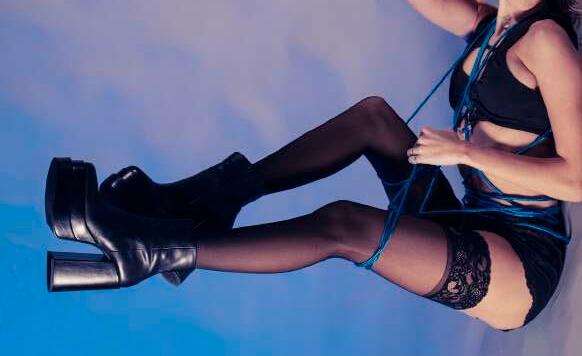
 Written by Holly Willhide
Content Warning: Mentions of abuse & domestic violence
Written by Tatiana McComber
Photography by Elinor Franklin
Written by Katelyn Lenz
Written by Holly Willhide
Content Warning: Mentions of abuse & domestic violence
Written by Tatiana McComber
Photography by Elinor Franklin
Written by Katelyn Lenz
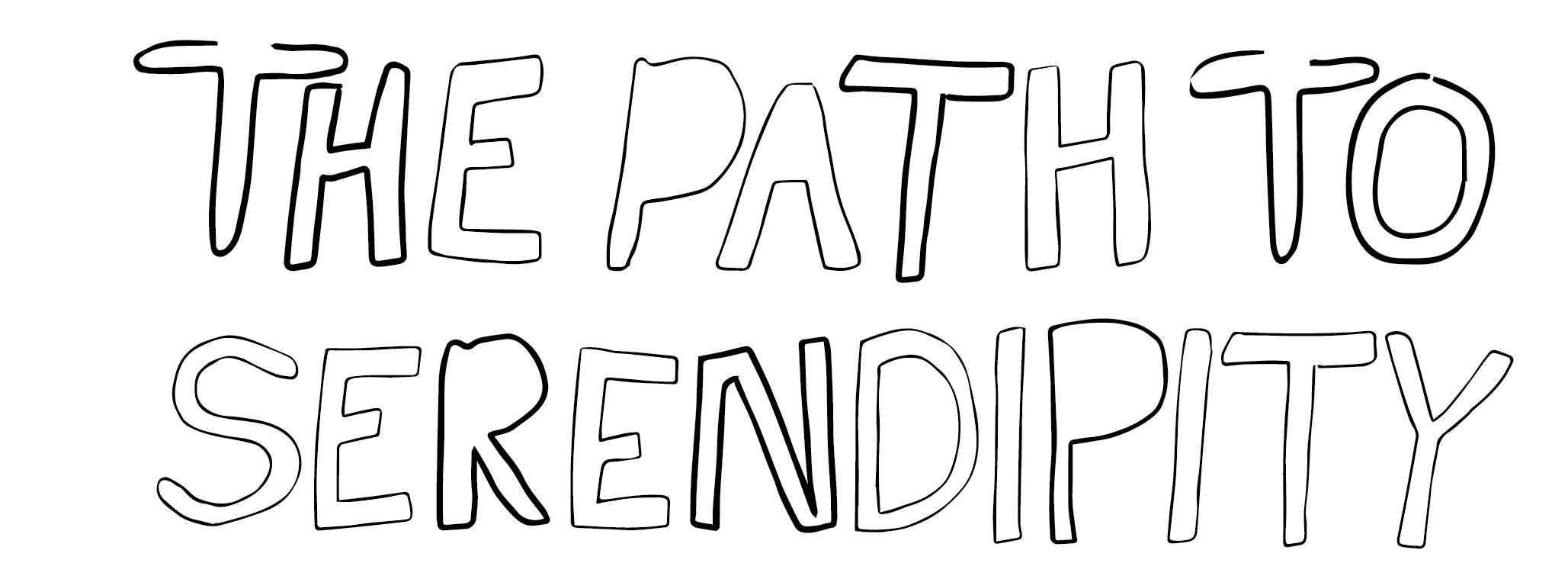
Lets keep it real — life passes by so fast that everything you want to happen, might not find a place in your life according to the timeline you desire. Harsh, but it is the truth. A part of that truth that is not discussed, is that society has established a timeline of milestones, leaving you to feel behind in certain areas.
The stereotypical “get a high-paying job right out of college” or “be married and have kids before thirty” feels unachievable to many. It all just seems impossible — to have a life that follows a perfect order of ever drawn out plans.
Dream Jobs

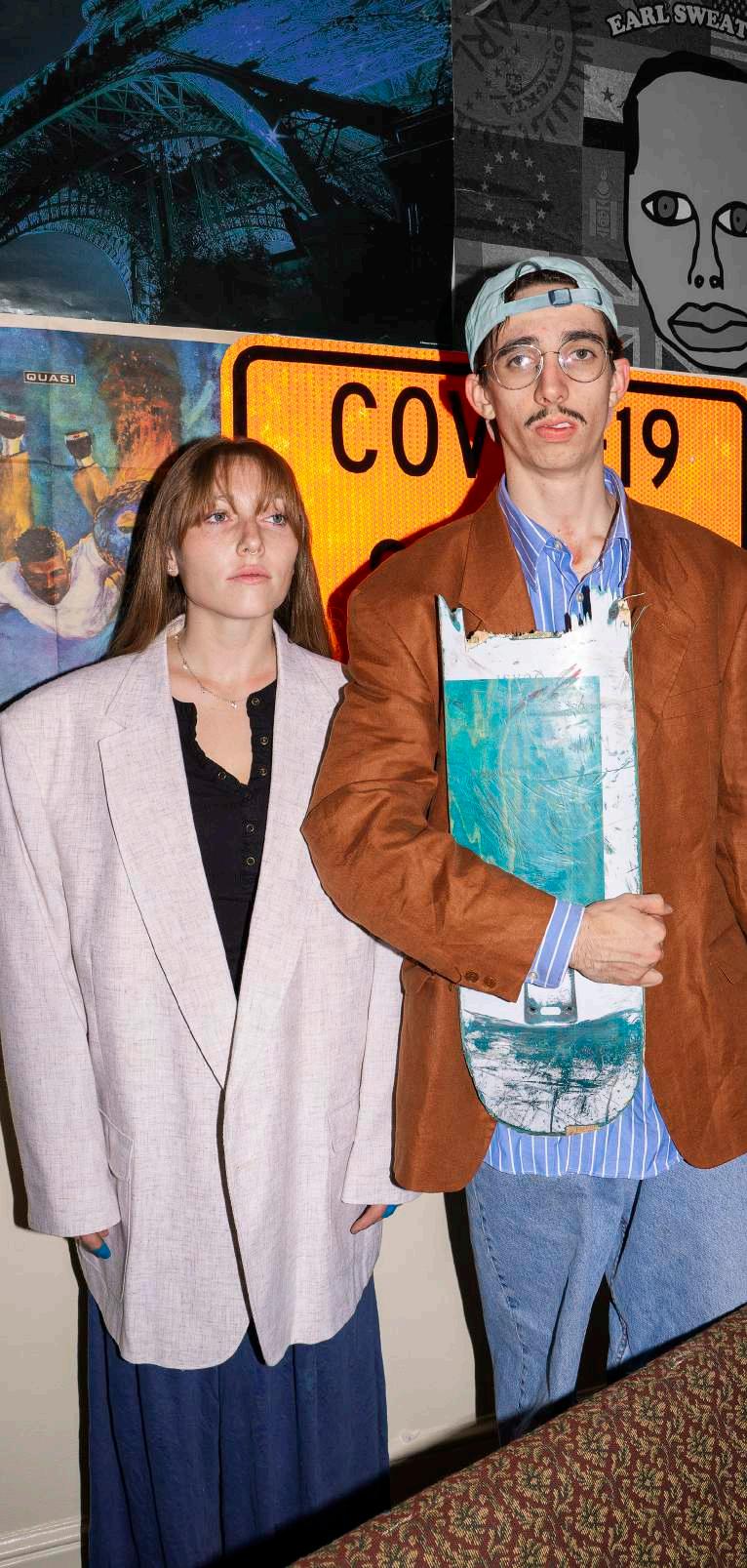
The pressure is real — especially when job searching right after college. It is one of the dreadful parts of becoming a recent graduate and, oftentimes, it can be a difficult process. Alongside being difficult, job searching can be discouraging, as societal expectations hold the bar so high for college graduates. In reality, having your dream job after being handed your diploma is not always going to be the case — which is hard to hear. It is understandable to be upset at other people receiving positions that you truly desire or having a difficult time opening LinkedIn to see another job in your field being filled by a peer.
Holding an entry-level position in a company your not super excited to work for, helps your future career aspirations more than one would think. Working your way up helps you find unexpected experiences, lending to a knockout resume and a strong network. People highlight their most exciting jobs, not the ones they had to struggle with.


“The pressure of job searching for a position right after college became very stressful,” Penn State Alumna Gianna Matesic says. “I went on countless interviews and networking phone calls, which at the time felt pointless, but looking back, it helped me gain confidence and knowledge for the next.”
Matesic says how everything worked out the way it was supposed to. Not only did she find a job a little after graduation, but built a stronger network for herself along the way.
“Your first job does not necessarily have to be your dream job — it is more to gain experience to climb your way up in the industry,” Matesic says.
Life Stage Dilemmas
Every aspect of life is presented to us in stages. It is what humans have been taught since elementary school health classes — there is an order that you are meant to follow. But what if it is not the path meant for you?
One stage that is difficult to fit into is finding a partner by a certain period in your life.
Sometimes, the people around us want to know about every part of our lives — including those you are not comfortable sharing. It can be awkward when your family is constantly asking if you have found “the one.”
Today, there is more flexibility when it comes to choosing your path. People are having kids without being married, or buying a house without a significant other.
Judgment Obstacles
The ones who judge you have no perspective on what it’s like to walk in your shoes. Sometimes, the judgements people make can feel degrading, making you more stressed than you already were. It is easy to let judgment around your life decisions make you doubt yourself and your choices.
Remember, advice and expectations are nothing more than opinions. People are focused on their own path, it’s important to try to do the same.
Serendipity Effect
Serendipity — the beautiful accidental occurrences that work in your favor.

Accepting serendipity into your life can allow you to experience a multitude of happy accidents. It is the luck of finding what you wanted without going out and searching for it. Call it luck of the draw — serendipity can feel unfair at times, but it’s a waiting game. What’s meant for you will come to you.
Always doubting yourself and letting every turned down opportunity get to you, will keep you knocked down. Instead, look at it like this: every no leads you closer to a yes. An opportunity presents itself when you are ready for it.
Photography by Sarah Jane Aldrich & Elinor Franklin
32
CARLEE
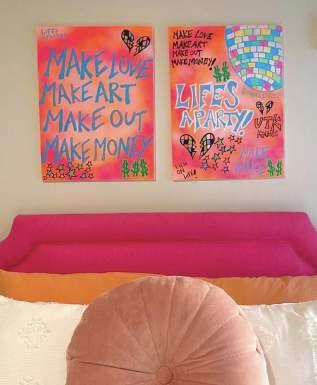


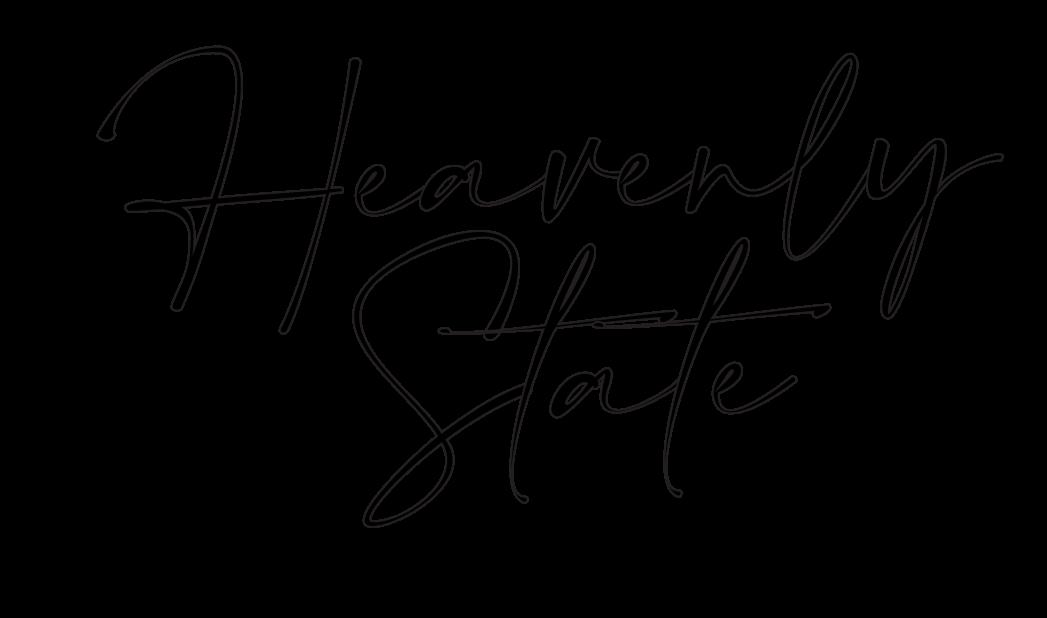






To read more about Carlee visit valleymagazinepsu.com CAMPUS CULTURE @heavenlystateboutique @_paintedbyahd CUSTOM PAINTED CANVASES heavenly-state-boutique.myshopify.com/ paintedbyahd
WEBER She/Her THIRD YEAR PUBLIC RELATIONS “Coming to campus, I had no idea what to expect. I thought everything would be pretty easy to navigate because it seemed like Penn State had all the resources that I could ever need, but it turns out that they didn’t.”
Photography by Jenny Lee & Elinor Franklin
by Sylvie August
Throughout your time in college, no doubt you had some professors that you did not vibe with. Whether you felt burnt out from posting Packback questions every week to get credit or you could not gather the motivation to read that assigned book, sometimes a class just does not work out. However, there are professors at Penn State that inspire students every day to learn and love it.
The Power of Kindness
Anisha Prabhu, a second-year student majoring in biochemistry and molecular biology, was inspired by the kindness and approachability of her professor Dr. Garner. Prabhu took Dr. Garner’s CHEM 110 and CHEM 112 classes.
“[The class] was in the Forum Building, like 300 students, and it was just general chemistry,” she says. “But he memorized every student’s name within the first three weeks, and it made it feel like he actually cared.”
In Prabhu’s opinion, a good professor is kind, approachable and knows how to make their material understandable to students.“A lot of professors are very distinguished in what they do,” she says. “To be able to dumb it down so that students can understand is really good.”
Dr. Garner proved to his students that he could be as approachable as possible.
“During TopHat, he would walk around the room and answer everyone’s questions, so it made him seem on the same level as a TA or LA,” Prabhu says. “There’s a bunch of chemistry professors, but students who had him for CHEM 110 and not for CHEM 112 would go to him even for their CHEM 112 questions.”
Dr. Garner also helps students with academic advising and he attends invitations for meetings to his students’ clubs. “He just helps you with everything, it doesn’t have to be chem-related,” Prabhu says.
Passion and Respect Goes a Long Way
Andrew Moyer, a third-year majoring in film production, admires the passion and respect that his professor, Gabby Sumney, brings to class.
To Moyer, respect is a key component in building a considerate learning environment.
“In general, professors need to respect us the same way we respect them,” says Moyer. Moyer says that he knew Sumney would be one of his favorite professors shortly into the semester.
“The passion and what they bring to class is unmatched by any other professor I’ve seen,” he says.
“They love academics, but they always put their students first in every capacity.”
“If we have a bad day, they want to know, and they care about us in every capacity — academically and personally — and that’s what I admire about them.”
Embodying Empathy
Bella Seastone, a third-year majoring in immunology and infectious diseases, took CAS 100D, a public speaking course specifically designed for students with speech anxiety, with Dr. Miraldi.
“He really focused a lot on making sure we were comfortable and working on techniques that we could use to feel more comfortable, not only in a public speaking setting, but in any anxiety inducing setting,” she says.
CAS 100 is a course that Penn State students know all too well, and one that many students dread taking, but Seastone says that Dr. Miraldi really made an effort to help the students in his class feel more comfortable.
“A lot of professors don’t really care — they know that their exams are anxiety inducing, they know that their class is hard, but they don’t really lay out a way for you to cope with it,” Seastone says.
“He taught us deep breathing techniques or other ways that we could lessen our anxiety, and it was really nice to have a professor that cared about stuff like that … He always made sure he was very available, he said we could always talk to him any time we needed.”
Seastone was struck by Dr. Miraldi’s ability to pay students individual attention at a school the size of Penn State.
“His classroom was a place where felt like didn’t have to pretend to be anyone else,” Seastone says.

The best professors, according to Prabhu, Seastone and Moyer, have qualities like passion, respect and empathy for their students.
“[A good professor is] passionate about the content and the students that they’re teaching. It’s a two-way street … We love our professors and they need to love us — that’s the best way to create a safe learning environment.”
36
[A good professor is] passionate about the content and the students that they’re teaching. It’s a two-way street … We love our professors and they need to love us — that’s the best way to create a safe learning environment.
Writen
Yamiya
AURA OF RESILIENCE
When you first meet Yamiya Fowlkes, you are met with an aura of resilience like no other. From trudging through an uphill battle after her life was torn to pieces, the 24-year-old is finally at a place where nothing can tear her down. How did she get there? She is letting go of her past and letting her future shine bright.
Fostering a Creative Spirit

One Christmas morning, ten-year-old Yamiya unwrapped a gift that would open her curious eyes to a brand-new world. After making countless tiny clothes for her beloved teddy bears, her parents bought her a sewing machine to take advantage of her hobby unlike ever before. From there, her fascination for fashion and creative expression blossomed.
Growing up in southeast Washington D.C., Yamiya quickly learned how to live in a fast-paced and free-spirited environment. Yamiya and her family later moved to Prince George's County in Maryland. Until eighth grade, Yamiya went to a French immersion school with her brother and after that, she went to the Duke Ellington School of the Arts for vocal music with her sister. Outside of her studies, she partook in various types of art classes to fuel her lust for creativity.
At her middle school, students had to wear uniforms, but Yamiya remembers coming down the stairs in her hot pink leg warmers and her Mom said, “Oh! I love these leg warmers!” Yamiya’s cousin, who was living with her at the time said, “What are you wearing?” to which Yamiya replied, “Well, Mommy said that they’re really cute.”
After two years at the performing arts school, Yamiya could not see a future in the vocal arts. She ended up transferring to the School Without Walls in Washington D.C. to pursue a STEM track after excelling in her math and science courses. It wasn’t a creative path, but it was one she succeeded in. Within walking distance to the White House, she describes having a “unique” high school experience. Whether it be bumping shoulders with politicians in cafes or having the opportunity to be an active participant in walkouts and protests, Yamiya contributes much of her creative spirit to the surroundings she grew up in — rather than her school subjects.
When it came to Yamiya’s future, her parents’ philosophy was that she was free to do whatever she wanted, except when it came to her career. As she began planning her future, there was only one school on her mind: New York University, commonly known as NYU. Yamiya was determined to call the big apple her home and there was nothing stopping her from making her dream of studying creative arts a reality, despite her parent’s wanting her to pursue something STEM-related. Applying to NYU was a “given” for Yamiya because she calls it her “second home.”
Fast-forward to application season. Yamiya began applying to more than 20 distinguished schools, but claims that NYU was the only university she “can remember caring about.” On top of these schools, her parents encouraged her to apply to the United States Air Force Academy (USAFA), but Yamiya could never imagine herself there. She begrudgingly applied.
While at an aerospace engineering conference, an opportunity for USAFA presented itself to her. Yamiya had the opportunity to meet Stayce Harris, the first Black woman to become an Air Force lieutenant general. “I kept in contact with her. My parents said, ‘Just ask her about the Air Force Academy,”’ says Yamiya. “I was talking to her about [applying] just to please my parents.”
Despite going through the complex process of applying, she pushed everything USAFA-related into the back of her mind and “wasn't thinking anything of it.”
As acceptances began to roll in, Yamiya was on the edge of her seat for the life-changing email to grace her inbox. One night, Yamiya’s mom called her telling her she had an email waiting to be opened from NYU. Yamiya waited until her mom came home to read her fate. “Congratulations” appeared across the screen. Yamiya remembers excitedly jumping up and down on her bed because her dream finally came true. She would be living in her second home — her creative side could finally flourish.
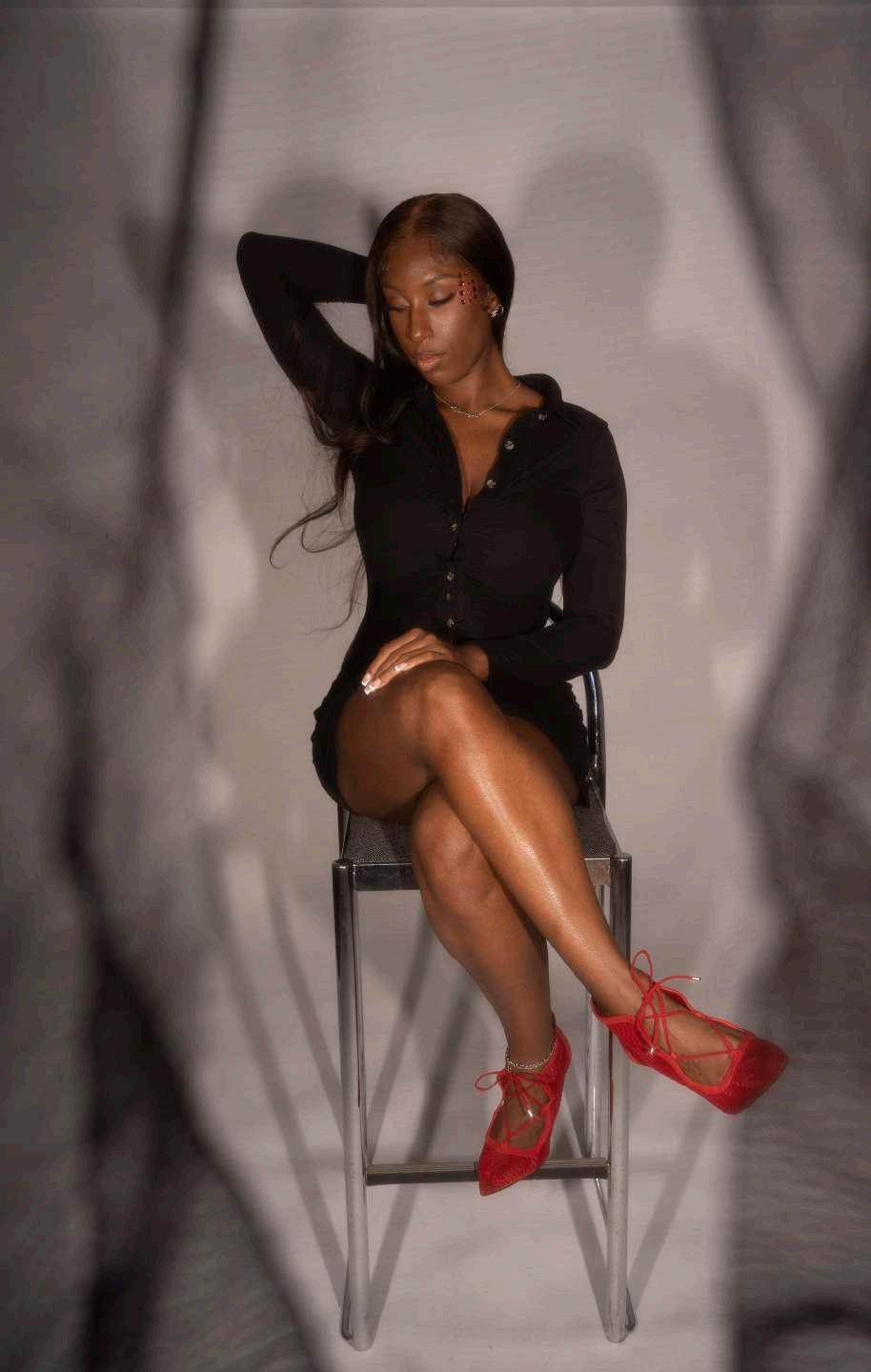
“For two whole weeks, my mom and played “Empire State of Mind” on repeat because we were convinced that I was going to go. At this point, I hadn't gotten into the Air Force Academy.” If Yamiya were to be accepted, she knew her parents would push for USAFA over NYU. So, with the looming decision, there was a cloud floating above the celebrations, waiting to unleash a treacherous storm.
Her World Turned Upside Down
The NYU festivities took place at the end of Yamiya’s senior year. During that time, she visited the campus and became accustomed to her new environment for the next four years. However, during these celebrations, one message stumbled into her inbox — this time, the “Congratulations” brought Yamiya the very opposite of excitement.
With the price and logistics of NYU, her parents saw no other choice but for her to go to USAFA for aerospace engineering. With a full scholarship and a guaranteed job after completion, there was no other option her parents considered — no further discussion.
Yamiya could not wrap her head around this news. She remembers thinking, “Are you serious right now? We had already visited NYU, we had looked at dorms — it was really crazy … don't think had any positive thoughts.”
A mere two weeks after her high school graduation, Yamiya had to prepare herself to move to Colorado due to the timing of basic training for the academy.
39
“I would catch the buses all the time to New York and stay with my cousin. We would have the time of our lives for a weekend and then catch the bus back,” recounts Yamiya.
“I feel like I fell in love with New York City because it was so easy to get there.”
Photography by Elinor Franklin & Jenny Lee
Written by Amanda Flynn
“In my head, Colorado is nowhere. I'm from a big city, so the idea of Colorado is not appetizing at all. I was just like, “Is this really happening?”’ recalls Yamiya.
She only had one week to digest this news.
Yamiya knew little to nothing about what she was about to get herself into. She was unaware of the rules and the day-to-day happenings that take place at USAFA. Yamiya never saw the academy in her future — only her parents did. The week leading up to leaving was not an easy feat. When reflecting on that difficult time now, Yamiya states that it’s a blur.
“When you're going to basic training, they don't allow you to bring anything with you. So it was just like, I have a week to emotionally prepare. There was nothing enjoyable about the experience at all,” Yamiya recounts. “I was just distraught. sat in my bed for that whole week and just waited until it was time to catch the flight there.”
An Identity Stripped Away
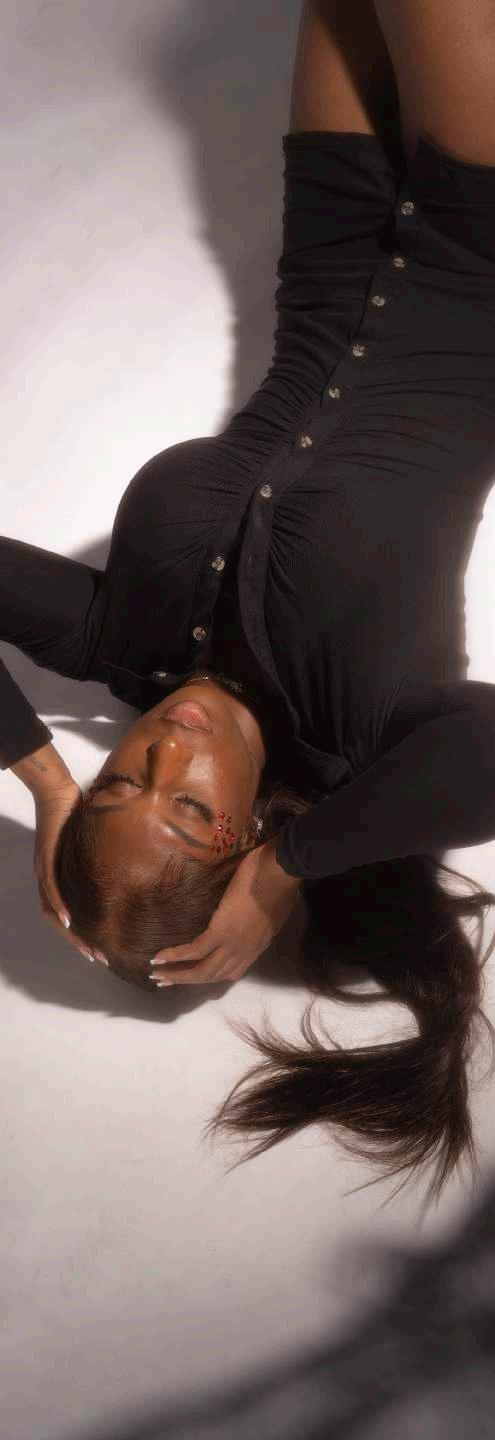

Once she stepped foot in Colorado, Yamiya’s life was forever changed. “My very first day was extremely traumatizing,” asserts Yamiya. “It was a turning point in my life.”
When Yamiya arrived at the campus, she had only a short time to say her goodbyes before she would be thousands of miles away, with little to no connection to her parents. She remembers feeling “terrified” after they left. A week ago she was dreaming of New York City, and now, she is in the middle of Colorado, alone, in a place she never imagined she would find herself.
“Immediately you're in basic training mode — which is just like the movies,” Yamiya describes. “[Cadets] load you onto a bus and they're screaming at you, harassing you. Telling you that you’re worthless.”
After a tense bus ride, she walked into the academy and instantly felt her identity being taken away.
“The first thing [the cadets] say is, ‘We have to cut your hair off. We don't allow locs here,’” mentions Yamiya. “And mind you, I've been growing my locs since childhood. That is my identity. Especially as a Black woman, hair is such a controversial topic.”
“Not only are they cutting my hair off, but it's the military, there are not many Black people. So, there was a white woman who had no idea how to handle Black hair, cutting my hair,” says Yamiya. “I didn't have any hair products, so I was walking around with a horrible haircut with no hair products that take care of my hair … As a Black woman in a white space, it was traumatizing because I had no idea where to go from there.”
To add to her trauma, Yamiya was one of the very few women and black people there. After having her hair cut, she remembers crying on the way to have her photo taken. “They took me to a back room and there was a photographer … She's like, ‘I'm so sorry. I can only imagine how traumatizing this is for you’ … This is actually the only moment that feel like I experienced any real empathy.”
41
This is actually the only moment that I feel like I experienced any real empathy.
“The cadets are supposed to be really mean to you because you're going through basic training — it's like hazing. And remember leaving sobbing, jogging away,” Yamiya notes. “I honestly don't remember what the rest of the day was like, from there. [That experience] overshadows everything.”

She mentions that during her time at the academy, her hair was “a big
“You're not allowed to dye your hair an unnatural color,” says Yamiya. “My mom is a natural redhead, so I thought I would take advantage of that. [Cadets] were like, ‘You're Black … There's no way that's natural.’ And I was like, ‘Do you want me to show you photos of my mother?’’
Within the first 30 minutes of being on campus, her identity was stripped away, and now, she had to navigate both the mental and physical hazing placed upon her at the academy. The first two weeks were what Yamiya referred to as “basic training,” and they were “intense.” During her first year, she was enrolled in USAFA Preparatory School to prepare her to move up into the official academy for her second year.
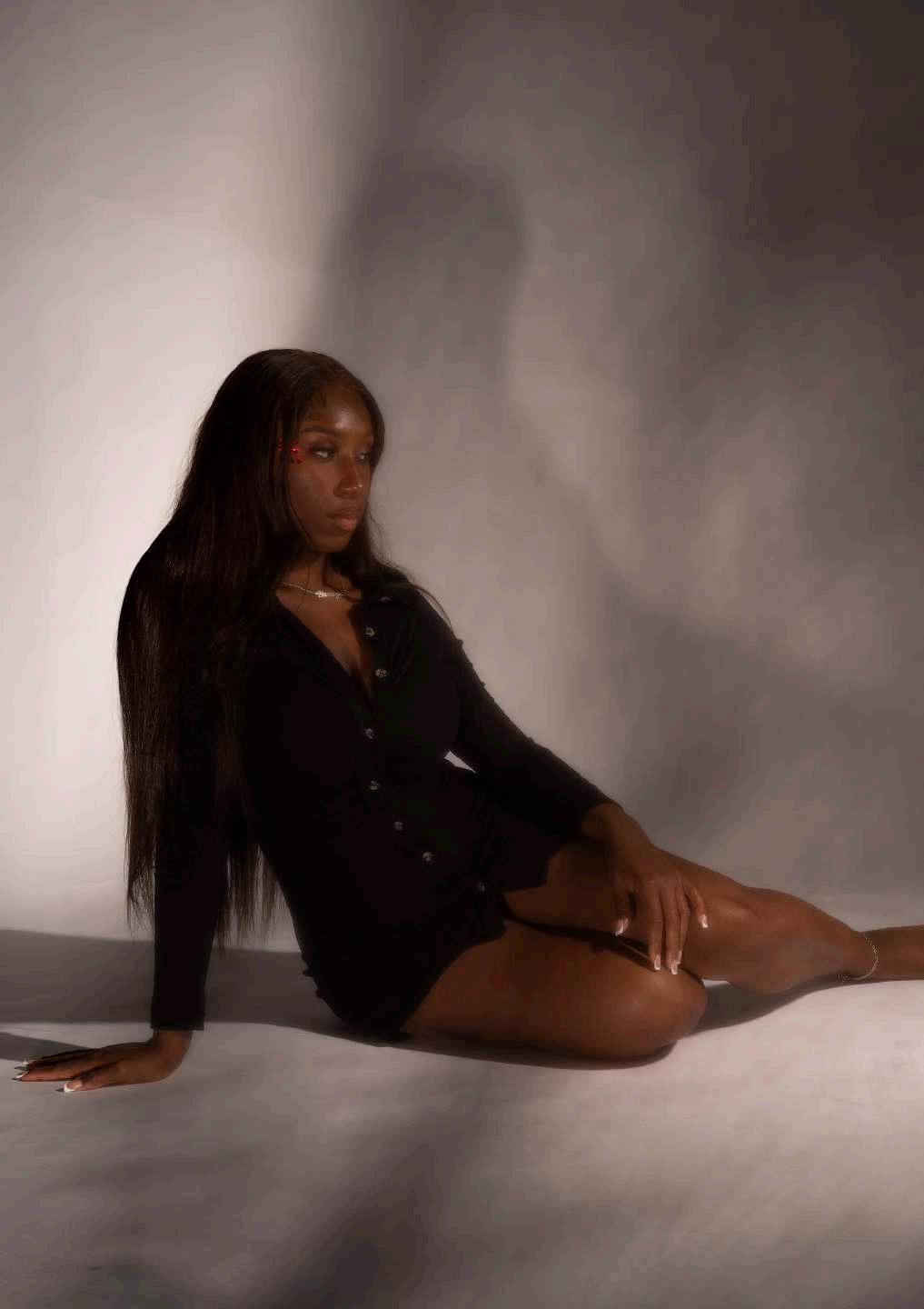
Yamiya describes that everything at the academy had to be done with absolute precision. There was no room for mistakes. Because of this, she had a lot of fear and anxiety.
“First of all, you have to jog everywhere, you cannot walk anywhere. Also, you can't walk anywhere you want to, you can only jog at 90-degree angles,” Yamiya explains. “You can only jog along the wall and if you get caught not along the wall, it's bad news.”
For Yamiya, the morning routine was “absolutely terrifying.” Every detail, down to the angle of the sheets or the position of her pillow had to be perfect. “If I sleep in my bed and it's messed up, I'm getting in trouble. So, you're basically sleeping on the floor. And then, you never know what time they're going to wake you up.”
“It’s the small stuff that’s really anxietyinducing. I feel like for people that want to join the military, maybe that’s exciting for them. There are definitely people who enjoy that type of stuff, who enjoy that type of challenge,” Yamiya says. “But that wasn't the type of challenge that I was
the military, they are those types of outdoorsy people. I'm from a big city, was not an outdoorsy person,” claims Yamiya. Because of feeling isolated and out of her element, Yamiya remembers feeling very angry most of her time there.
“During that time, there was a lot of anger and I was taking it out on everyone around me. feel like you're supposed to have your squad … and they are supposed to be the people that you lean on … The point of basic training is to break you down, and then build you back up and teach you to lean on your peers … But, I was just so filled with anger that I was not leaning on them.” Yamiya recalls. “And then also, there weren’t many Black women in my squad. So I felt like they didn't understand what was going through.”
Yamiya felt she was driven into a corner and had no one to turn to for help.

“It was definitely a feeling of being trapped in an unhappy situation. I didn't trust my squad, I didn’t trust upper-leadership,” Yamiya expresses. “It was really a matter of keeping everything to myself and just feeling really trapped, feeling very angry and just really unhappy.”
To help cope with not being in New York, Yamiya got the coordinates of the city tattooed on her arm during the first month of being at the academy. “I was definitely being very rebellious.”
Despite the troubles Yamiya faced, there were some moments when she felt like she could be herself and connect with her love of creativity, along with her culture. One part of the program was a guiding light through all of the troubles she faced — her sponsor family.
“They were a Black family … [being with them] was the only time that really felt like I could be myself because they were for the culture,” Yamiya explains. “When in Colorado, you're not finding Black people who are really for the culture, so I became really close with them. And then, brought all my other Black friends to their house and they ended up becoming the sponsor family for me and my two other Black best friends who were there.”
Thanks to her sponsor family, Yamiya had the opportunity to go out with her friends to the mall and movies to get away from the toxic environment on campus. Being able to leave campus reminded Yamiya of the life she could’ve had.
Breaking Free
During her second year at USAFA, Yamiya had enough. The hazing and ignorance that she experienced during her first year were still continuing after graduating from the Preparatory School — she knew in her heart she needed to break free and finally go after the life she was longing for.
Yamiya mentions that “It gets worse and worse in terms of hazing. The cadets are increasingly horrible to you.” Realizing she needed to leave in order to protect her physical and mental health, Yamiya had to let her parents in on her decision, to which they replied, “You can’t leave.”
“We end up getting into an argument on the phone,” explains Yamiya. She told her parents, “I'm leaving and there's nothing you can do about it.” Her parents replied, “If you leave, you can't come back home and you won't have any support from us.”
42 43
Even after hearing that, Yamiya decided to begin the process of leaving on an honorable discharge — it took months. She started the paperwork to be discharged in November 2017 and didn’t get to leave until the following year in February.
Once Yamiya finally completed all the requirements to leave, she ended up staying with her sponsor family — since, at the time, she wasn’t speaking to her parents. But, after living with them for some time, she was able to arrange her way back home. Yamiya’s father flew out to Colorado to help her move out. They decided they would road trip the way back — an experience that helped to bring them closer again. When reflecting on the trip, Yamiya says, “That's honestly one of my best memories … and then from that point on, road trips became me and my Dad's thing.”
Once back home, it was time for Yamiya to decide her next move. Since it was February, she began applying to colleges — Penn State being one of them.
She decided to accept admission to Penn State College of Engineering in the fall. Due to the way her USAFA credits were transferred, Yamiya was considered a first-year, not a third. Since being at USAFA until she was 20, she remembers having her 21st birthday as a first-year student. “It was just kind of weird, though. When got here told everyone I'm a junior … But in reality, was a freshman.”
Since being discharged from the military and transferring to Penn State, Yamiya mentions she didn’t take a moment to reflect on what her future could look like. But then, she had an epiphany.
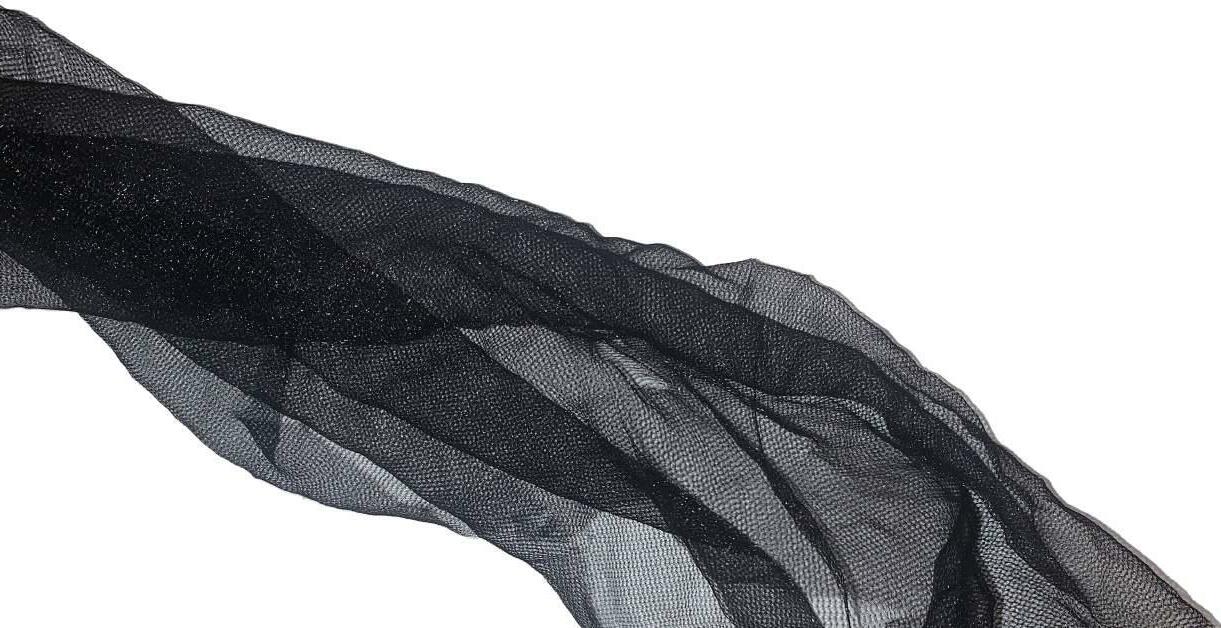
“I was still in the mindset of needing to please my father and he wanted me to do engineering … I took one semester of an aerospace engineering class, and I was absolutely lost,”
“When my parents came up for family weekend, told them, ‘I'm dropping out of engineering. want to go into marketing or business school.’’’ In response, her Dad said, “If you drop out of engineering, I'm not paying for your education.”
Yamiya took the frustration from her Dad’s disapproval and turned it into determination. She began to realize that just because she was studying engineering, it didn’t mean that she had to pursue it post-graduation. It wasn't easy, but she finally felt free coming to that realization. “I found myself and fought for what I wanted,” Yamiya states.
Thanks to her involvement at Penn State, Yamiya found outlets where she could explore her creativity, saying “I was happy … was building the community that longed for.”
“I had a friend from my middle school who was on a dance team here, Island Fever. She recruited me to the dance team because danced growing up. [Island Fever] became my second family,” explains Yamiya. “I feel like it really helped my mental health. When I was at the academy, was in the gutter — considering was angry all the time.”
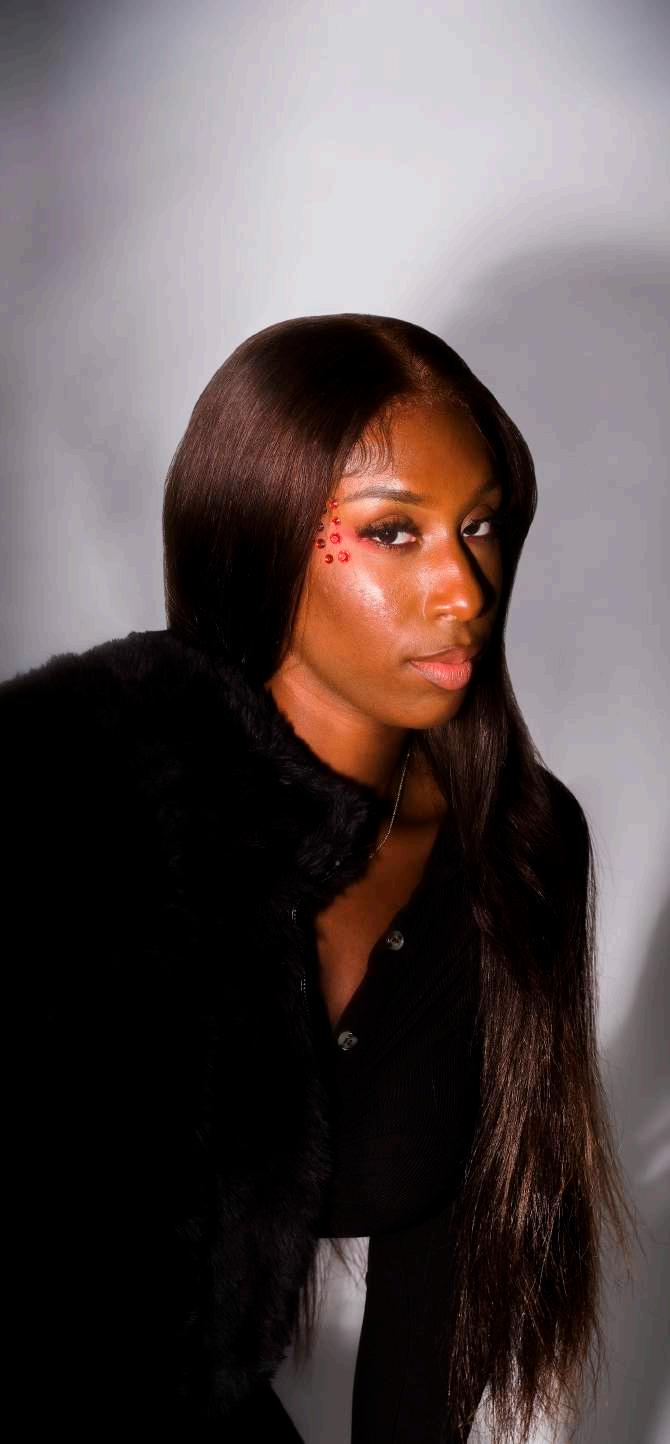
Nowhere Else But Up
Now in her last semester, Yamiya is set to graduate in December with a degree in industrial engineering. However, a career in engineering is not on the horizon for her. She dreams of working in a creative industry, specifically entertainment — a dream her ten-year-old self would be proud of.
Thanks to her own courage, Yamiya is flourishing. Since being at Penn State, she has earned creative internships at distinguished companies including Disney, Amazon and Pepsi. After graduation, she will be moving to Los Angeles to live in the heart of entertainment.
But, it was an uphill battle because she wasn’t studying what she loved. “I actually had a conversation with my parents a few weeks ago, where was telling them wish that had stood up for myself earlier in my college career because wouldn't be doing engineering right now.”
Though her relationship with her parents has been up-and-down, Yamiya currently describes it as being healthier than it was in the past, and that there are some things still to be worked on. “After going to therapy, was able to start having open conversations about how [they have] affected me. I’m now able to talk to them about what I want to do in my life and now they always support me.”
Thankfully, Yamiya explains that her parents are excited about her move to Los Angeles, and after realizing how their words have deeply affected her, they have stopped being controlling over her collegiate and professional career.
One person who has always supported Yamiya throughout this time is her little sister, Miyanna. “I genuinely think she is the reason decided I need to go after what I want,” Yamiya states.
Miyanna says she is her sister’s “number one fan” and that she admires how “driven” Yamiya is.
“One of the things I'm definitely proud of is going after the jobs that I want, despite being in the field I'm in as an engineer … I worked for it all by myself.”
Throughout her six-year journey, Yamiya has had adversity thrown at her from every angle. Yet, she has kept her head up high, embodying what it means to be resilient while carving out space for what she wants on her own terms.
“There's always going to be people in your ear saying, ‘I think this would be better for you, or I think that you would excel at this’ … Only you know what you would truly be happy in.”
45
“It has definitely been a battle getting to this point. I definitely feel very proud of my accomplishments,”
There's always going to be people in your ear saying, ‘I think this would be better for you, or I think that you would excel at this’ … Only you know what you would truly be happy in.
Study Abroad: Collecting More Than Keychains
Written by Caitlyn Garrity
Everyone and their moms are in Europe right now. Penn State students finally got the chance to travel abroad after a two-year hiatus and now, they are everywhere.
Once returned home, it can be hard to adjust and move on from that chapter. Previous study abroad students are notorious for making comments like, “Oh, well in Italy they …” or “They do it so differently in France.” We get it. You traveled abroad.
But what if these students are onto something?
Traveling across seas to experience a new way of life, new cultures, new people and an entirely new environment is a classroom within itself.
Developing Your Language Skills Through an Immersive Experience
Yes, you can sit in a classroom for years and be pretty good at Spanish or French, but without immersing yourself in the language, you can only get so far.. Speaking and interacting with native speakers of a language allows you to better grasp the language and learn to speak like a native.
Only around 22 percent of Americans speak another language, so knowing a second one puts you above the average American, making you a standout individual when applying to jobs.
Pro tip: Try to learn the language of your new home country. Not only will it make navigation and life easier to understand, but knowing the language bridges the gap between you as an American and the locals. Locals have been known to be more gracious and generous with advice, tips and even recommendations if you can speak to them in their native tongue.
Understanding and Appreciating New and Different Cultures
“Studying abroad benefited my life and perspective
got to travel to Morocco and took a day trip to a nearby village in the Ourika Valley. People there have to hustle for every dollar they make. It's a very poor area and the way of life of the village is something have never seen before.”

Navigating the World on Your Own
No matter what your experience has been like at Penn State, being in college forces you to take steps into navigating adulthood independently. Studying abroad forces you to navigate an entire new environment on your own, a more intense experience than simply going to college in the states.
“Studying abroad has taught me about navigating the land and customs of new cities in very short time frames and being able to try new things without fear of judgement because of the lack of familiar faces,” said Emma Doyle, fourth-year corporate innovation and entrepreneurship student, who is currently studying in London.
This newfound independence can be scary at times, and you might go through intense feelings of homesickness and culture shock, but by pushing through the experience, you will be stronger and more capable to take on the difficult challenges life gives you.
Heather McCoy, the Director of Undergraduate Studies and French professor, students dealing with homesickness to “limit time spent on Facetime and texting their family back home, as that can make it worse.”

“Engage in activities in your host country that will reconnect you with your purpose for study abroad,” McCoy says.
The Benefits of Studying Abroad Don’t End
When You Walk Off the Plane
According to studies from IES Abroad, 87 percent of people said studying abroad influenced further educational opportunities and 76 percent said they learned skills that influenced their career path.


McCoy has seen this pay off with her own eyes. “Oftentimes, students will change the course of their academic program based on their experiences abroad,” McCoy says. “Having a semester away can help students fine tune their interests and engage in personal growth; they return to campus with a greater sense of purpose.”
Going abroad can be difficult at times — you will run into cultural habits that you don’t quite understand. Countries, cultures, tribes and other identities, each have unique set of rules, customs, food and other things.

For example, in France, smiling and making eye contact with strangers is a way of flirting, not being nice. So, while a lot of people who’ve never immersed themselves in French culture think the French are rude, it’s simply a different custom than what we are used to.
While it might be weird and uncomfortable to follow a new cultural custom, it’s how we as humans can begin to understand and connect with people all around the globe, no matter what our differences are. For fourth year supply chain student, Derek Answini, who studied abroad in London and Rome this past spring, navigating differing cultures was an impactful aspect of his experience.
It's no secret studying abroad is one of the greatest gems college has to offer. From language learning, to academic opportunities to expanding your understanding of cultures, the benefits to studying abroad are worth every cent.
So go out there, hop on a plane and let the world become your classroom. There are places on Earth that want to teach you things you didn’t know you ever needed to learn.
46
“Studying abroad benefited my life and perspective on everything by seeing how different life is around the world compared to here in the U.S.”
Photography by Sarah Jane Aldrich & Sara Bobulinski
on everything by seeing how different life is around the world compared to here in the U.S.,” Answini says.
PSU is for lovers:
EXPLORING ROMANCE AS A MINORITY AT A PREDOMINANTLY WHITE INSTITUTION
It’s a well-known fact that Penn State is a school that can be considered a predominantly white institution, better known as a PWI. This means that over 70 percent of our school’s population identifies as white or caucasian. Another demographic in the minority? Penn State’s population of queeridentifying students.
At a large party school like ours dominated by Greek life and tradition, it’s easy for students in the minority to find that they struggle to find romance.
Five students open up about their experiences navigating the hookup and dating scene at Penn State as minorities — the good, the bad and the ugly. Though minority students can often feel discouraged to put themselves out there, there may be a light at the end of the tunnel.
Nevaeh Grinnage, 21, was raised in suburban Reading, PA. At Penn State, she’s a member of Sigma Delta Tau and Eclipse. Grinnage holds pride in her multicultural background — she identifies as Black, German, Native American, Colombian and Peruvian. Her type? “All my friends make fun of me for thinking Pete Davidson is hot,” says Grinnage.
Upon entering Penn State’s dating pool, Grinnage reflects on her challenging experience in a not-so-diverse social space.

“Guys definitely remember me after meeting me, but catching their attention can still sometimes be a challenge.”
Like so many college students, Grinnage downloaded Tinder and would visit the app as frequently as she did Instagram. Her matches would often praise her for her “unique” looks and though she was flattered, she believed they were only paying her compliments in exchange for hooking up. Typical.
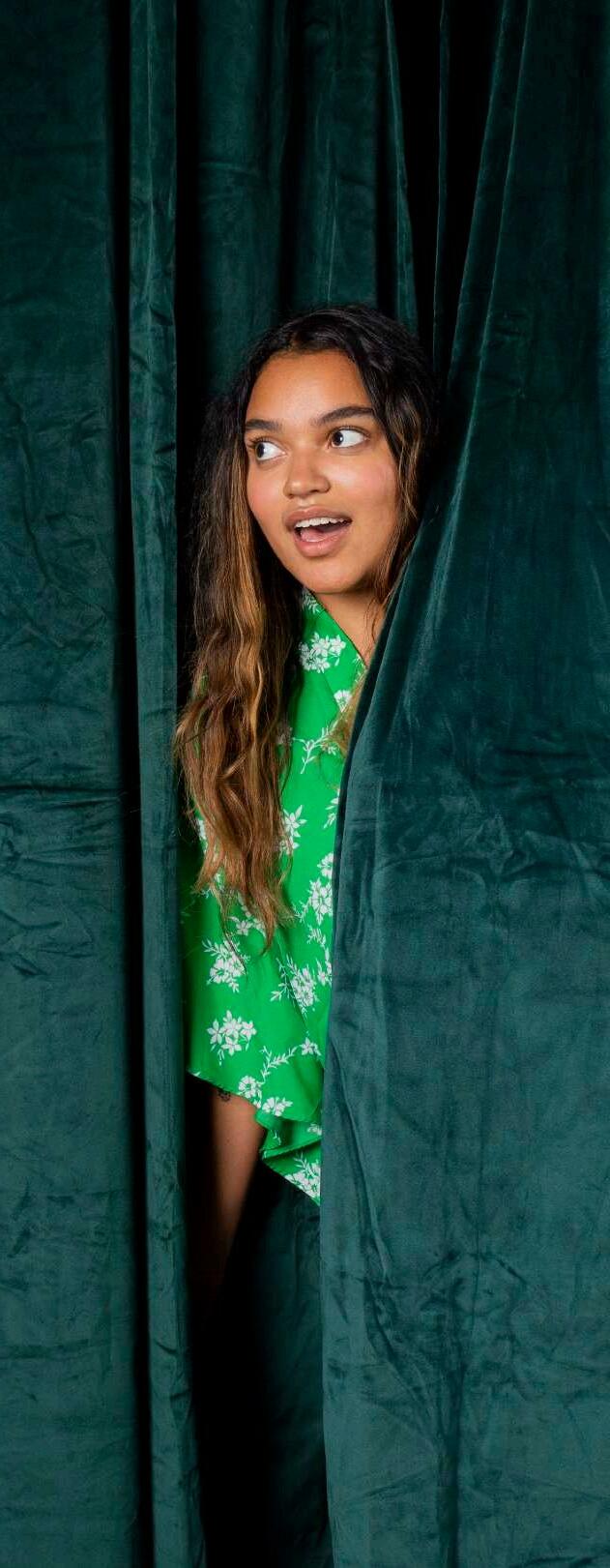
When it comes to hook-ups, Grinnage has found that when she meets a man of color, she’s asked a lot more about her background than she would be from someone who is white. Out of the fear of being fetishized, at times she is apprehensive to pursue white male students, even if she finds them attractive.
“I literally had a white guy tell me ‘I’ve never hooked up with a black girl before.”
While Grinnage isn’t actively looking for anything exclusive any time soon, she wouldn’t be opposed to joining in on the upcoming cuffing season and enjoying someone’s company. Despite having moments of discouragement, a family friend of Grinnage’s, a Penn State alum, once told her what she referred to as ‘life-changing advice’ — “they always remember the brown girls.”
Ryaan: “I subconsciously interact differently with other people of color in a dating environment that feels predominantly centered around white people.”
Penn State senior Ryaan Farhadi grew up in Northern Virginia with Afghan and Iranian parents, and studies musical theater here in Happy Valley.

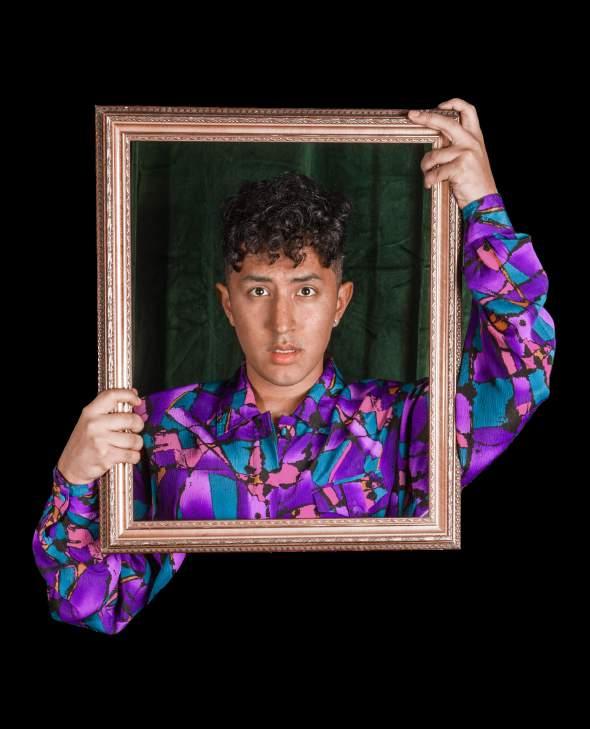
Farhadi says how being in predominantly white spaces all his life has shaped his outlook on romantic relationships.
“It’s just made me way more acutely aware of how I subconsciously interact differently with other people of color in a dating environment that feels predominantly centered around white people.”
Just like Grinnage, Farhadi finds that it’s easier to find commonality with other people of color in a predominantly white environment, and he often feels a sense of comfort in meeting other people of color at a bar.
When it comes to entering something more serious, Farhadi says the talking stage becomes significantly more seamless once you’ve bonded over your cultural background. “I think that makes furthering the relationship a lot more feasible.”
Like Grinnage, too, Farhadi’s excitement finding romance with a fellow person of color is not an anomaly. It’s fairly common that POC tend to find more in common culturally with other POCs — even if they do not identify as the same race. Of course, interracial relationships are a beautiful thing and should be celebrated, but there is a reason why we as humans tend to stick to those who remind us of who we love most — ourselves.
Farhadi says being a musical theatre major was the best thing that could’ve happened to him in terms of finding his people here in State College. “The MTs are a beautiful and diverse group and I’ve found some of my best friends there.” Farhadi isn’t the only one who has found that the tight-knit musical theater community at Penn State uplifts queer and POC students alike. Being in the School of Theatre has introduced Farhadi to so many students with similar backgrounds, however, he doesn’t like to start anything romantic with anyone in his musical theater family.
Upon graduating this upcoming spring, Farhadi is excited to move out of State College and explore a more diverse dating scene for the first time. “I don’t plan on leaving school with the love of my life, but I’m optimistic that if something is meant for me then it will still be a part of my life once I’ve graduated,” Farhadi says.
48 49
Nevaeh: “They always remember the brown girls.”
Written by Caroline Diaz Content Warning: Mentions of racism, discrimination & micro-aggression
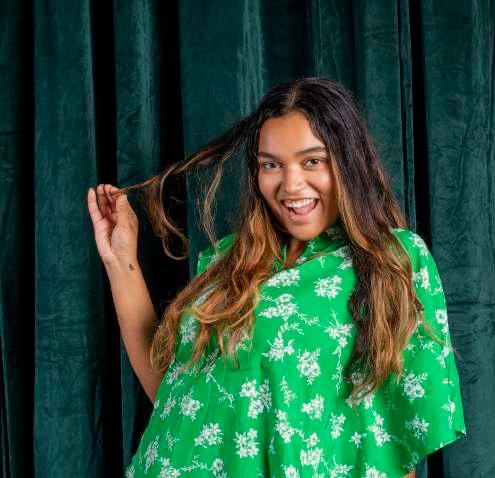

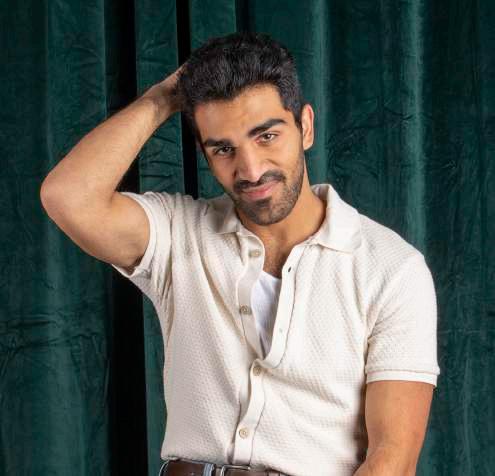
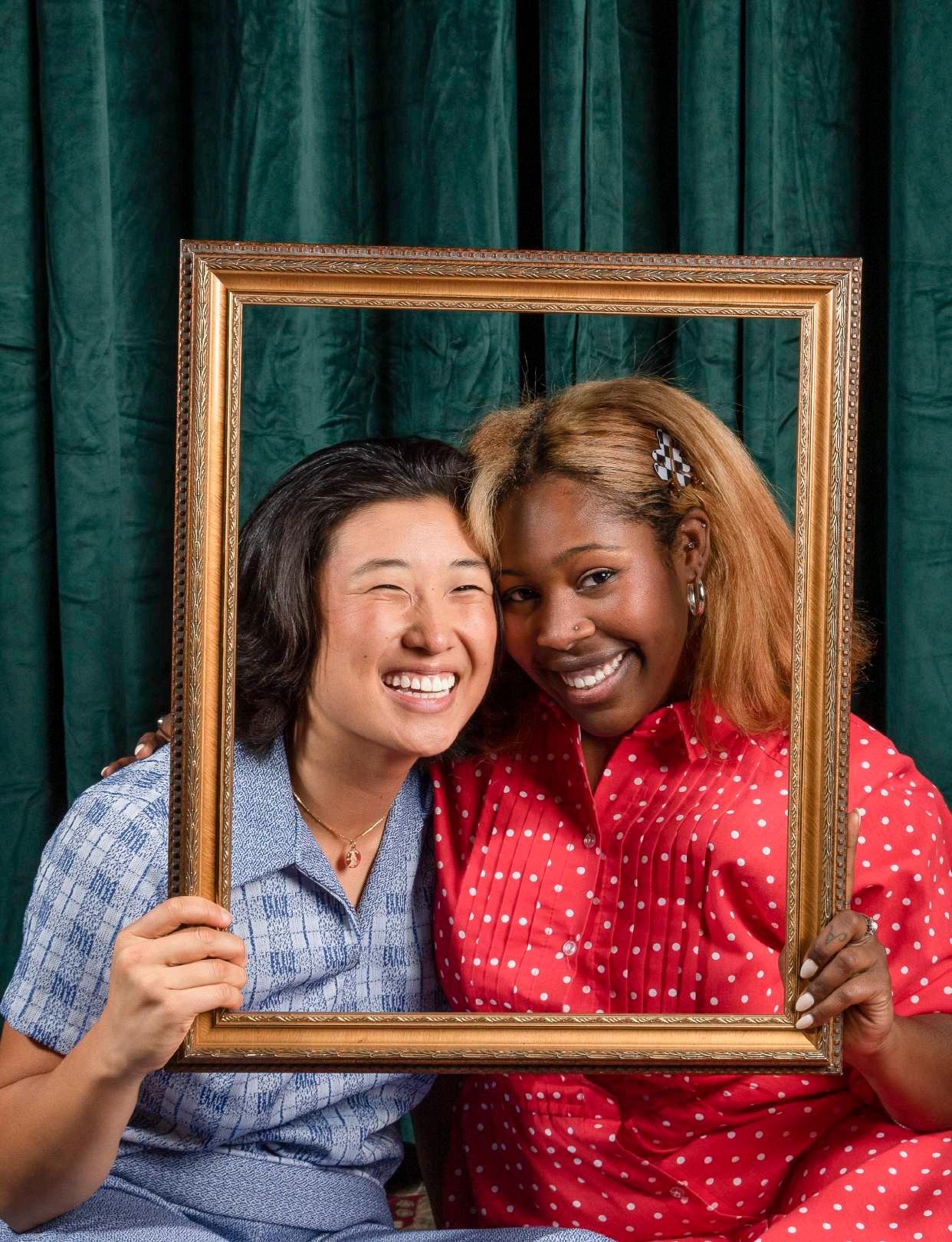
51
He/They
He/Him
Kris Carrasco
Ryaan Farhadi
Nevaeh Grinnage She/Her
Minju Lee They/Them
Amirah Joy “AJ” Lomax She/Her
When asked to be candid about his dating experience at Penn State, senior Kris Carrasco felt very strongly about the topic. Carrasco, a musical theatre major, identifies as part of the Latinx community and has been openly gay since 2013. Carrasco, a southern native, says he has become accustomed to blatant discrimination.
Upon moving to college, Carrasco’s romantic experiences have been primarily with white gay men from Pennsylvania. Time and time again, he’s found that his romantic pursuits come from an environment where his partners weren’t allowed to fully be themselves, whether it be due to religion, or growing up so privileged that they were never forced to learn empathy for people who came from different backgrounds. As for Carrasco’s romantic partners, their journeys to self-discovery took its time. “Growing up the way did, there was no option to slowly learn who was inside.”
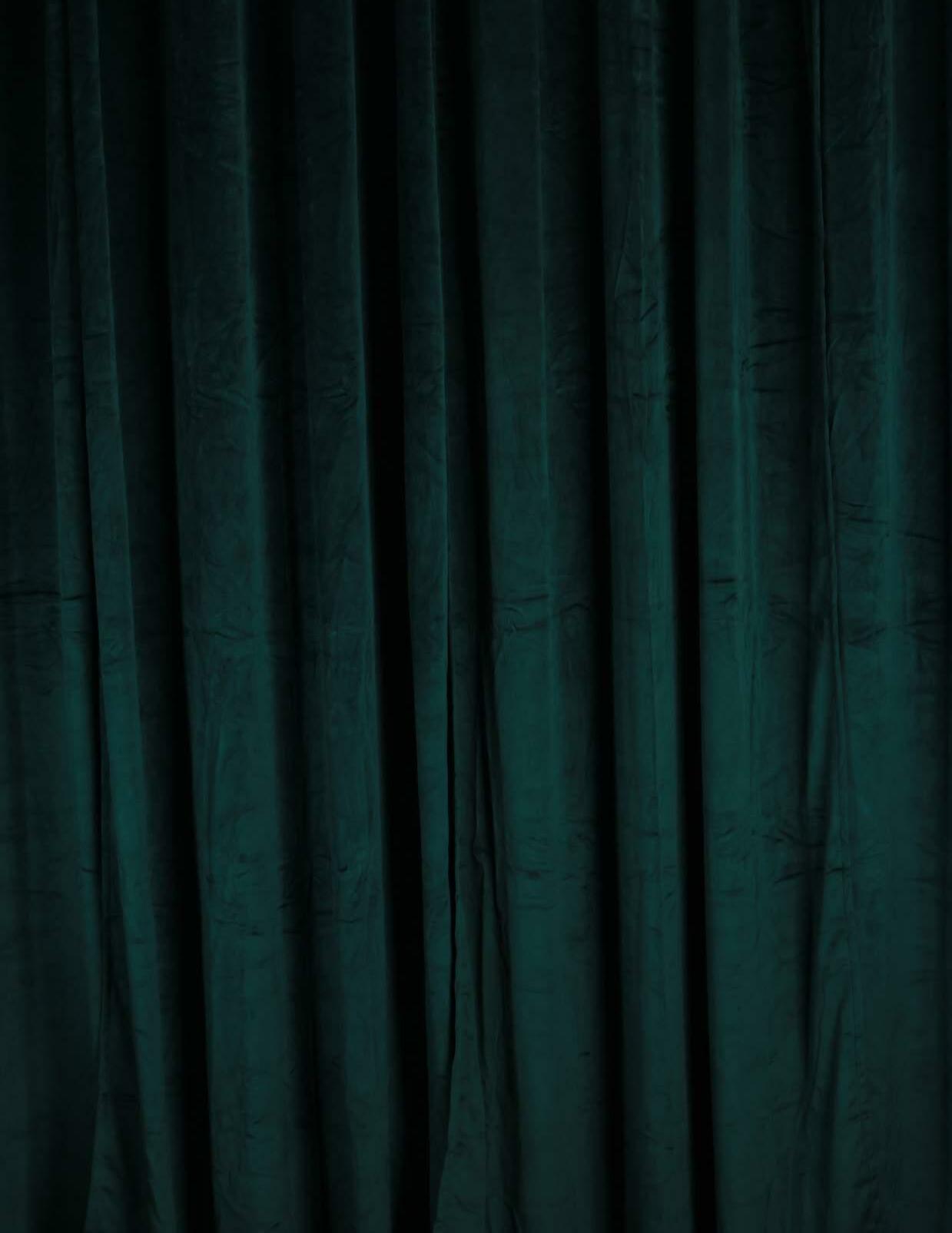
When it comes to the gay dating scene at Penn State, Carrasco notes that it is largely dominated by white men, and he finds that they tend to have a preference, and it’s typically not very inclusive.
The concept of having a “preference” when it comes to dating is timeless, but where do we draw the line into unconscious bias?
Carrasco shares his wishes for the queer community around him. His dream pride month? A month where queer people can have real discussions on how to truly be a community.
“It’s my belief, that community doesn’t actually exist — you have to work towards being unified instead of creating social hierarchies.”
Though it may not seem like it, there is a thriving queer community in Happy Valley, and eligible partners are right around the corner. Between meeting someone in class, tapping on Grindr, or at one of Carrasco’s drag shows, the opportunities are there if you put yourself out there.
Following an emotionally abusive relationship, Carrasco swears he’ll no longer tolerate that inadequate behavior out of fear that no one else would give him a chance. Though Carrasco doesn’t quite believe State College will be the place where he finds his forever person, he encourages those who may feel disheartened that “as queer people, as people of color, we are deserving a love story where we love ourselves enough first to demand respect.”
Minju & AJ: “PSU is for lovers”
When Minju Lee came from Boulder, Colorado to Penn State to pursue musical theatre, they weren’t expecting to enter a serious relationship with their first-year roommate, Amirah Joy “AJ” Lomax, a fellow musical theatre major from Columbus, Ohio.
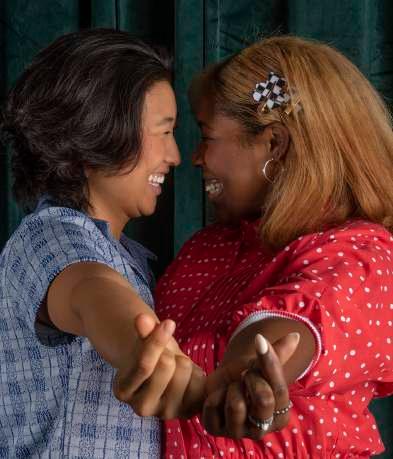

“I wanted so badly to find a significant other in college. I got so discouraged my first year because I was looking in all the wrong places.”
Although she uplifts all identities and the only thing she really looks for in a significant other is how well the two personalities match. Before she met Lee, she had only ever been attracted to cisgender men.
As a black girl attending PWI’s all her life, she often felt “glazed over.” She finds that with Lee, there is something extraordinary about dating another person of color: “We get to learn about each other’s cultures and yet I have never felt like was explaining anything they couldn’t understand.”
The first time the two met, they instantly knew there was a connection that they hadn’t ever felt before. Though Lee entered college only looking for something casual, meeting Lomax made them realize they are someone who is in it for the long run. Lee’s parents, who began dating in their college years, have always told them that the people you meet in college stay in your life for a long time. What started off as a friendship, blossomed into something deeper.
“I am very grateful that this is the school me and AJ both decided to come to because I do think that in another universe we would still have met, but I love to say that I found the love of my life through my college experience.”
53
Kris: “As queer people, as people of color, we are deserving of a love story…”
Photography by Taay Jaack & Abby Tarpey
- Kris Carrasco
MADISON MILLER
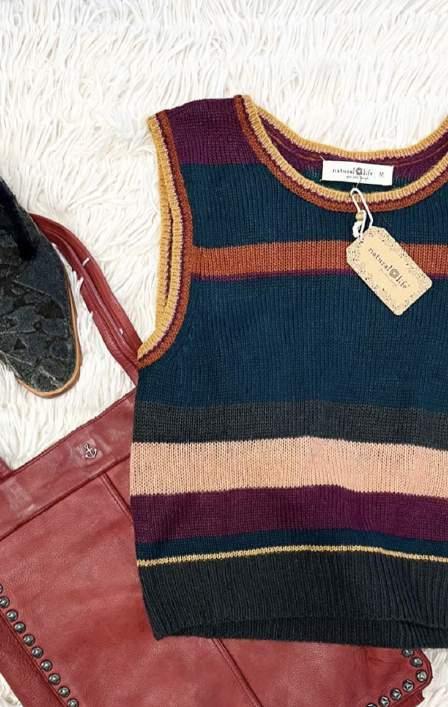


She/Her THIRD YEAR BROADCAST JOURNALISM



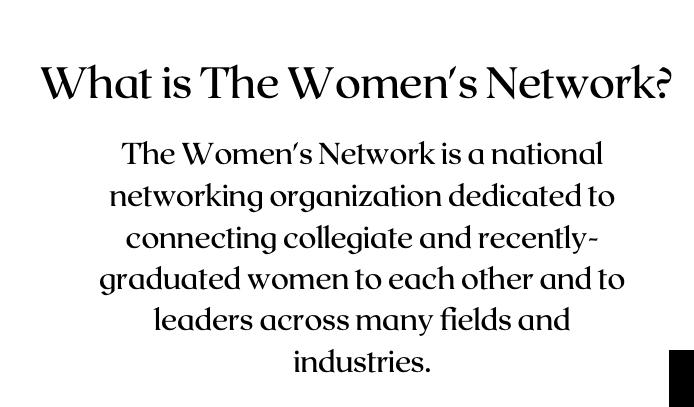
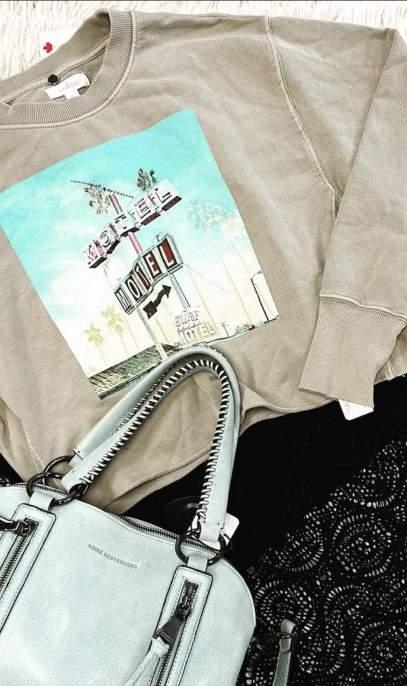


“My advice for Penn State students is, even if you don't know what you want to do, join clubs that interest you! It can be something that has nothing to do with your major but find an activity that gets you out to make some friends. That is something that really helped me my freshman year and I was able to learn my interests through it.”



54
To read more about Madison visit valleymagazinepsu.com ENTERTAINMENT
IT upcycle boutique With 2 locations, we buy and sell designer name brand clothing, accessories, and fine decor @ loveitupcycle
Jenny Lee & Elinor Franklin
LOVE
Photography by
Going with the Stream
Written by Sylvie August
Whether you’re a “Candy Crush” extraordinaire or “Call Of Duty” champion, video games are everywhere. If you could play video games for your job and talk to the world about whatever you wanted, would you do it? Every day, tons of people do. Being a streamer for Twitch, a live-streaming service primarily used for video games and e-sports, isn’t all just the glamour of snacks, laughs and talking about your favorite games.

Kyle, known as iLumpE on his Twitch, started streaming because of encouragement from his friends who loved his sense of humor while gaming. Kyle has been a full-time streamer since January, often for long hours at a time. “Most people whenever they get tired of the game they get off of it, but I’m at work,” Kyle says.
The longest he streamed at once was for seven days straight for a sub-a-thon, where each dollar donated, added one minute to his stream. He slept and ate on stream, but mostly he helped people laugh.
In June and July, he streamed for over 200 hours each month.
“A lot of people have this idea that streaming is so awesome because you just sitdown and play a game — and it is,” Kyle says. “But there’s a difference between just playing a game and trying to entertain, because there’s a crowd of people watching you.”
Maddy, known as JustMaddyx on her Twitch, YouTube and socials, from Adelaide, Australia, has been gaming for as long as she can remember. She tried to dabble in making YouTube videos during her school years. After graduation, a friend suggested that she try streaming and content creation — two activities that always interested her. Now, she is a full-time streamer and content creator with Twitch, YouTube and Facebook.
“My daily routine involves recording videos, streaming for four hours, editing for maybe another three hours, then I might have a meeting with my management,” Maddy says.
“If you want to be very successful at what you do, you need to do a lot of research and a lot of marketing because you’re a one-man team.”
Both Kyle and Maddy cited networking as a great way for a smaller streamer to build their audience, and they both said that posting on other social media platforms allows streamers to build their other channels.“TikTok is a massive platform for growth,” Kyle says. With over a billion users, impressions are bound to be made. Networking and getting to know other streamers is a great way to get into streaming yourself. Streamers have created a community that does not care about borders — people who are oceans away from each other can talk and play video games together every day.
Maddy feels very connected to the topic of mental health, with goals to talk more about the issue on her streams. “[Streaming] has definitely been a help with my mental health,” Maddy says. “Finally finding a place where I fit in has really helped me.”
Both Maddy and Kyle noted that they feel very connected to other people through the streaming community.
“It does feel like a real community, it really does,” Kyle says. “I go on, and it’s like I’m hanging out with my friends. really get to know these people.”
Changes may be coming to the streaming community. With the recent inflation impacting so many Americans, Kyle noted that the next recession will be the first with people creating online content as a full-time job.
“In 2008, YouTube had just started, TikTok didn’t exist, and this is the first recession that content creators are going to have to be dealing with,” Kyle says. “A lot of my peers have seen their subscriber counts decrease substantially.”Both Kyle and Maddy hope to see their streams grow. In the future, Maddy wants to continue to produce more gaming content, but she also wants to get more into influencing and traveling.
“I just always want to be on the go, and always be on the move, and do things that make me happy,” she says. “I want to see my content have a positive effect on people.”
Dismantling the Dream
Written by Simone Skinner
The American Dream is a concept that represents the desire and fulfillment a person needs to live. In terms of our generation now, the American Dream has the opportunity to be conceptualized in a way where it adapts to Generation Z and our society.
What is the American Dream?
This idea is represented in the book-turned-film adaptation of “The Great Gatsby,” written by F. Scott Fitzgerald in 1925. One of the many themes throughout the movie is the concept of the American Dream, which is heavily implied by the titular character, Jay Gatsby. In it, he proposes the idea that a person can have success in anything if they work hard enough. All Americans have a notion of the American Dream subconsciously ingrained in their DNA.
This is shown through evidence in a recent poll. According to YouGovAmerica, studies show that 43 percent of U.S. adult citizens believe the American Dream exists, while 35 percent do not and the other 23 percent are unsure of whether it does exist.
According to Smithonian Magazine, the American Dream is a concept that surrounds the way a person can achieve success. This success can be won through wealth, family and professional accomplishments. The concept was originally pioneered in 1931 by James Truslow Adams in his book, “The Epic of America.” He describes idealized America as the land where life should be better, richer and fuller for everybody according to their ability of achievement.
The Dream of the Future
Gen Z is considered to be made up of the most radical, opinionated and diverse group of individuals throughout history. These characteristics have manifested themselves into a boom of social justice and equality throughout the years. This has been prevalent through the advocacy of human rights, gender equality and environmental awareness.
Due to the digital age of social media and technology, platforms have allowed Gen Z to actively participate in helping initiate change in the world they are living in.
These values have become an integral part of dream they are seeking. On top of valuing advocacy, Gen Z is breaking the norm in terms of personal and professional life.
This isnt a coincidence. According to GirlsUnited, marriage isnt a priority for zoomers anymore. Yes, some may want to recite their nuptials to their signifcant other, but that isn’t the center of their desires in life anymore. Most people in Gen Z have this notion of other means of success.
This may be influenced by the common trends in social media and entertainment today. This has changed the idea of success in a way where most zoomers find achievement in high volumes of followers on social media, becoming an influencer or just simply a life filled with intrinsic purpose.
A Dream Throughout the Ages
Although the definition of the American Dream is universal, the way it has adapted over time to different generations is substantial. According to Investopedia, the American Dream in the Baby Boomer generation existed in purchasing a home, getting married and having children.
Victoria Fabianski, a fourth-year accounting student, describes her American Dream as achieving a mix of personal and professional goals by “[creating her] own successful business and [having] absolute freedom.”
Students like Fabianski are exemplifying the notion that the American Dream is nothing more than current societal values.
Yesterday, those values were rooted in traditionalism and conformity — all wrapped up in a white picket fence. Today, these values are rooted in individualism, instant gratification and being a voice for change.
When it comes to the future of the American Dream, Gen Z is carving their own paths and not looking to the past for what values to live by.

56
In laymen’s terms, the concept encapsulates the idea of a life full of everything you have ever wanted.
Each generation is shaped by societal norms of the time. So, in the 21st century, what does the American Dream look like for Gen Z and how has that been affected by its predecessors?
FOR THE LOVE OF CONTENT
Written by Kira Sarsfield
“Have you seen this TikTok?” How many times have you heard that phrase in the past six months?
Between the rise of influencers and bloggers, there seems to be a never-ending stream of content. Consider your TikTok For You Page, which is literally an unlimited scroll of online videos.
Like most social channels, this content is user-generated. User-generated content, or UGC for short, is original content posted on social media platforms. The most common form of UGC is Instagram or TikTok posts, but it can also range from podcast episodes to online reviews.
Nowadays, there is a new surge of user-generated content online. Major companies such as Starbucks, Airbnb, and GoPro are implementing user-generated content campaigns to reach diverse audiences around the world.
What Exactly Is User-Generated Content?

It’s cheap. It’s new. And it’s working.

Unlike scripted advertisements, UGC promotes values of authenticity and transparency that lures in Gen Z consumers. According to eMarketer, brands that use UGC report a 136 percent increase in conversions, which indicates the benefit of using real customer images and testimonials.
Take Apple’s #ShotOnAniPhone UGC that invited iPhone users to submit their best photos captured on an iPhone. This campaign received over 15 million online posts from users on Instagram, Facebook and Twitter.
The best part? The impressions from this campaign cost Apple nothing. The 15 million posts with Apple’s #ShotOnAniPhone was considered free advertising for the company. As seen from Apple’s successful campaign, UGC creates beneficial relationships between creators and brands.
Companies are able to advertise their brand in a unique way, while creators are encouraged to share their content online.
From a Penn State Student
Gen Z is at the forefront of creating and purchasing from brands that utilize UGC in their advertising campaigns. Andrea Prest, third-year student at Penn State University, creates UGC on TikYok. In comparison to influencer marketing, Prest has come to appreciate the freedom that accompanies UGC.
"I think there's a lot of room for expression in user-generated content," Prest says. "When you collaborate with a big brand, there's usually guidelines and restrictions on the content you post. UGC allows for creators to post what they want and think this is really freeing."
Prest creates UGC for her friends, but enjoys putting her own creative twist on online trends. “It’s a lot of following whatever sounds are trending on TikTok,” Prest says. “My content is always surrounded by what’s trending at the moment.”
For example, Prest has created UGC to the famous “It’s Corn” audio on TikTok. Chipotle, United Airlines and Scrub Daddy have also created TikTok videos with the same audio to keep up with online trends. Overall, Prest thinks that UGC helps companies create a more personalized approach to the Gen Z audience.
“Speaking from an advertising standpoint, UGC is really helpful because it shows the lifestyle aspect of a brand,” Prest says.
“Companies are able to show real people using their products in their everyday lives, which is more personalized than your typical advertisement.”
Creating Deeper Audience Connections
More than ever before, Gen Z’ers crave authenticity from brands. They expect brands to value their interactions, reputation and overall image online.
Brands that implement UGC are creating honest, consistent and transparent interactions with consumers that last a lifetime
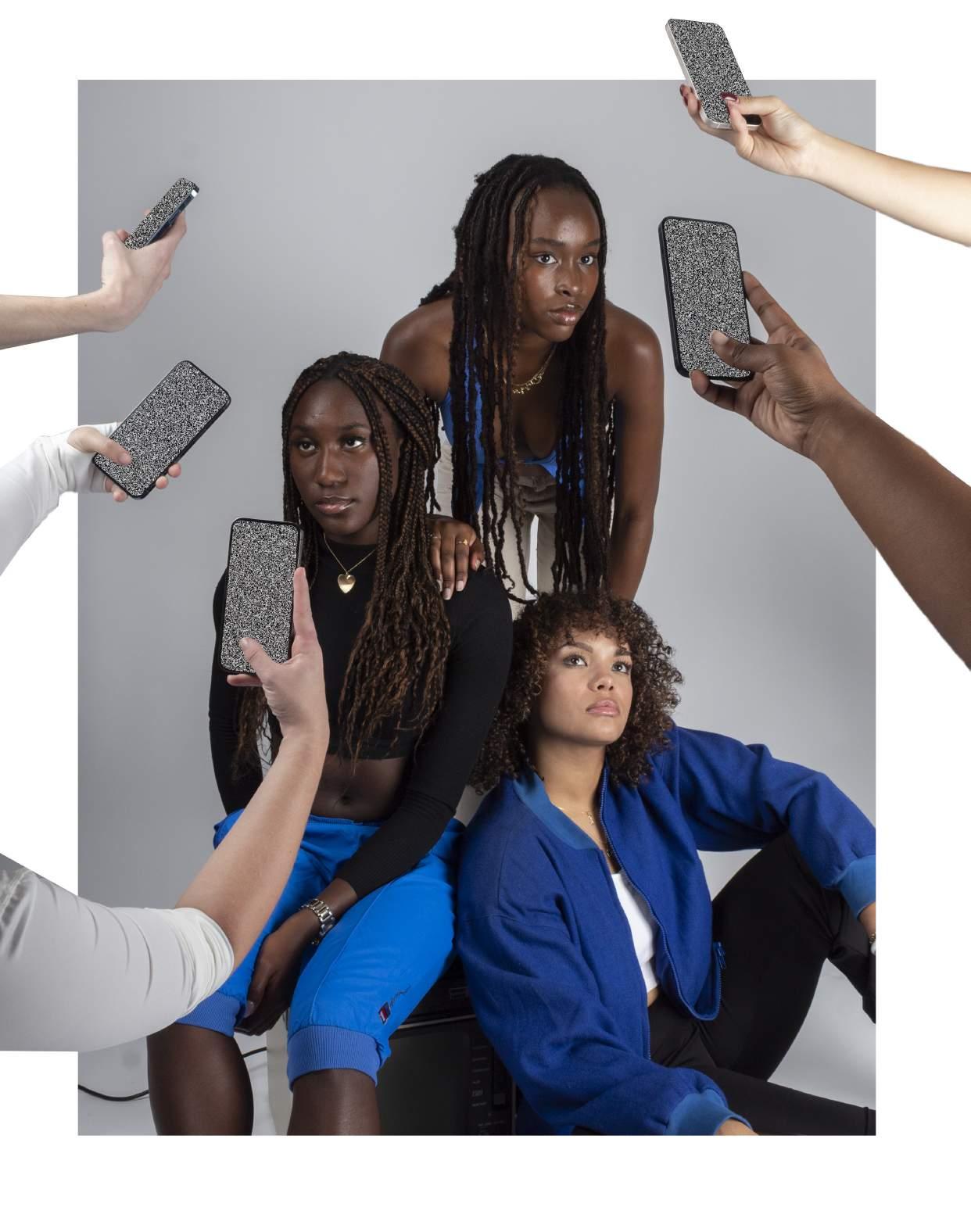
59
Photography by Kaylyn Thom & Zoe Eddy
Written by Julia McGinty
Most of us hear music from infancy. Whether it be lullabies or the radio, music surrounds us throughout the most critical points of our development. As we get older and more independent, we share our inventory of songs.
Passing the aux is so much more than sharing control of a social function’s music. The aux cord with time, has less to do with the physical cord and focuses more on the act of collaboration.
More than just “picking the music,” getting the aux is being trusted with creating an environment. Some people play music for the occasion, other people play music for the mood — all are valid.
deciding what to play
Deciding what music is playing is a highly delicate task. There is an implicit responsibility placed on the person choosing the music. Connecting to music is personal, so it can be difficult to gauge what people would like to hear. How does one balance dynamics? Why play different music for one group of friends rather than another?
Jack Freiser, Director of Events for Penn State’s Movin’ On, grapples with these questions on a larger scale.
Movin’ On is an annual student-run music festival that is one of the largest in the country. The festival has headlined acts such as Jack Harlow, Fitz and the Tantrums, Big Sean, Fall Out Boy and more.
Movin’ On celebrates the end of the semester and students’ “movin’ on” to the next phase of their lives. The environment is bittersweet for students at the end of their time at Penn State, but the community comes together for a night of celebration.
“We want it to be diverse. We want the larger Penn State population to be happy with it,” Freiser says. “It’s always important to keep an open mind. Nobody will have the exact same music taste.”
heavy is the head that wears the crown
The most embarrassing response to getting the aux is immediate requests to change the song. What can follow is resigning from the aux with shame like Richard Nixon after the Watergate scandal.
Why does such a seemingly small action feel so complicated? Music taste is deeply personal and shaped by multiple factors — family, friends, exposure and hobbies.
It’s scary to feel like personal taste isn’t respected or thought of as cool. Considering that music taste is a way to express identity, having
it welcomed is validating. What people listen to as a kid becomes their “comfort music.” What people listen to as teens heightens individuality. New music also equals new connections.
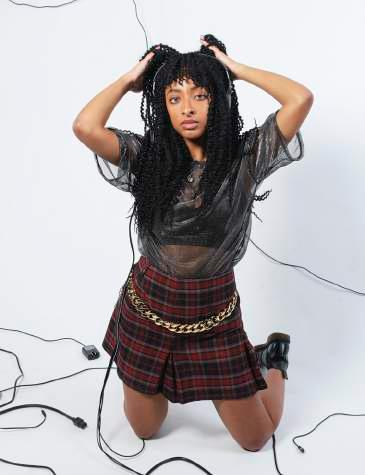
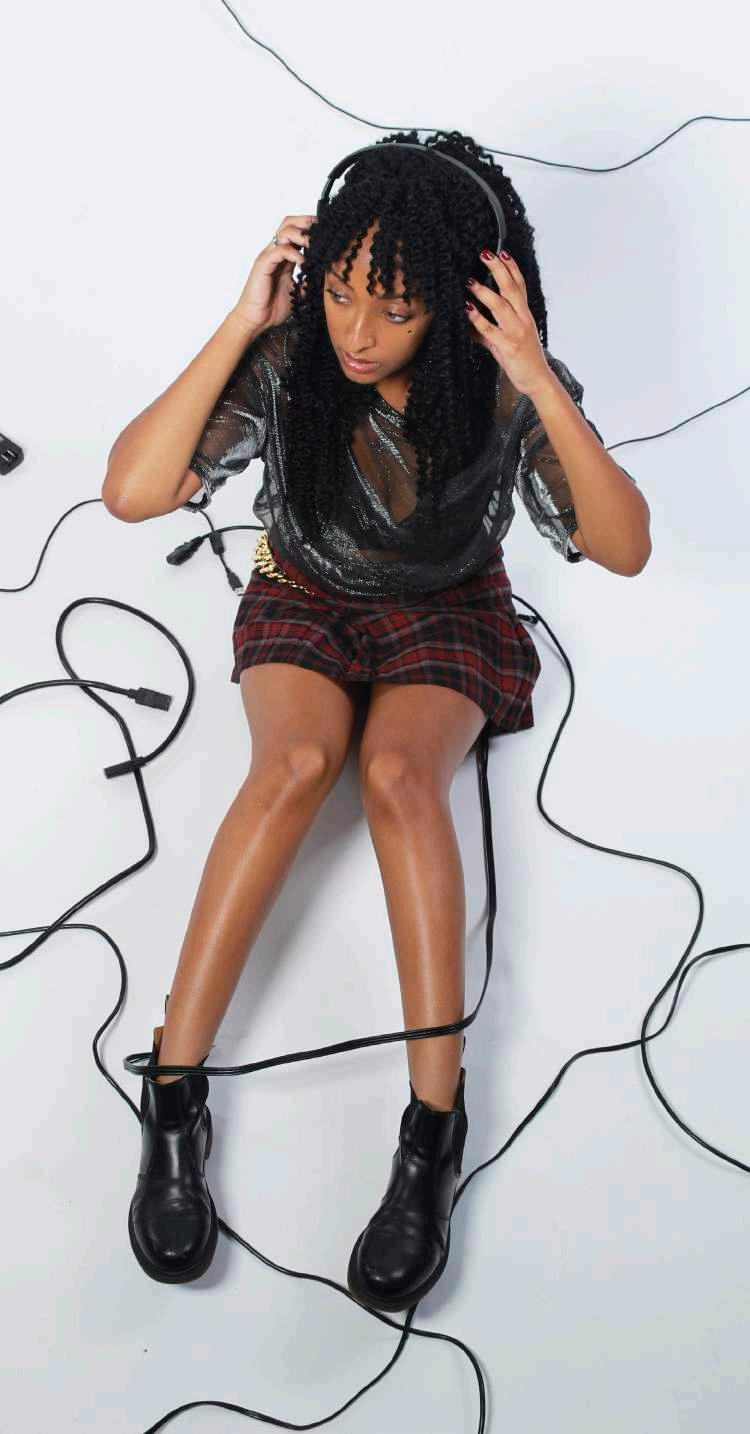

Given that most teenagers today have internet access, they have the power to interact with Twitter, create and like Spotify playlists and comment on social media profiles. This is a big shift from how music used to be experienced. Getting music on demand means it can be easily added to playlists. Or, it can be quickly rejected.
Music is also a steady part of routine. Whether it’s Glass Animals when walking to class or Taylor Swift before bed, music is tied to our memories. Music is associated with moments. Switch it up, collaborate. If you’re on aux ask people to give you a song. If you’re driving, whoever is in the passenger seat can help you play the music.
Sharing music is sharing a part of yourself. While it can be scary to open up this way, it can also bring a lot of joy. Music speaks for us.

Sharing music is sharing a part of yourself. While it can be scary to open up this way, it can also bring a lot of joy. Music speaks for us.
Photography by Zoe Eddy & Kaylyn Thom
The screaming fangirl has a long history — every time we’ve seen her, she is wild, unhinged and “out-of-control,” but is she? Just this year, in “Elvis,” Tom Hank’s character Colonel Parks says, “Now I don’t know nothing about music, but I could see in that girls eyes that she was having feelings she wasn’t sure she should enjoy.” The scream the woman let out when she saw Elvis was involuntary, personal and confused.
“Why do fangirls scream?” was studied by scientists during “Beatlemaina,” the era used to describe the excited, female-led fan culture surrounding the Beatles in the 1960s. That same picture painted of silly fangirls is just as persistent then, as it is now. It follows us around and seeps into the attitudes of our culture.
Plainly put, this condescension from our society regarding women in fan culture is tired. It’s a silent joke about the overzealousness of girls written by men, and laughed at by all. The impact of this dismissive behavior has fractured different responses, something Harmony Sesenton, a recent college graduate, knows of. “I remember being at my first Justin Beiber concert and my sister said ‘you have to stop screaming so loud — people are going to think your crazy.’” It’s all there in that statement: the embarrassment, the panic, the condescension:
" There s a lot of hidden misogyny in people s intentions when they make comments about stans and fangirls versus when they talk about men enjoying sports games ."
“All the guys in my family are really big into sports and nobody really makes any comments on them when they’re yelling at their T.V. screens. But, when I’m screaming at a concert it’s, ‘why are you screaming at a concert?’ when that’s normal behavior.”
The playbook rules of fan culture are thin and easily fallible. It’s ok to like someone or something that’s trendy right now, so long as you fit into the mold. Wearing Harry Styles “Love on Tour” merch or Taylor Swift Cardigans are widely accepted. “I feel like it’s a silent nod … don’t know if I can say the same about other things,” says Sesenton. There’s also a date for when you can finally enjoy something without being ridiculed. Men weren’t allowed to enjoy the Jonas Brothers, One Direction or Justin Bieber until enough time had passed — similar to the Beatles.





This same formula isn’t applied to sports fans. There is a different standard for fangirls of music vs fangirls of sports, and there’s a reason why. It’s much more respected when women like sports because they’re playing on a “masculine” claimed turf. In turn, this encourages the “not like other girls” trope, used to pit women against women, which many young girls can attest to — denying or hiding their interests out of shame. @one_.direction_fan__ is a One Direction fan account on Instagram who says,
" My plan was to keep my account secret out of fear that someone will call [ One Direction ] weird or call me weird for having a fan account ."
Girls especially are taught at a young age that they could be doing something better with their time, having their passions chalked up to being too emotional, fivolous or naive. This disdain carries over into their adult lives, not because they did anything wrong, but because when being a fan is associated with the feminine, it’s associated with those whose emotions are out of control.
Society, and mostly men, scorn fangirls because boys are taught that a weak man is a feminine one. The result, is a culture of men who ridicule women because they have learned to ridicule the feminine within themselves.
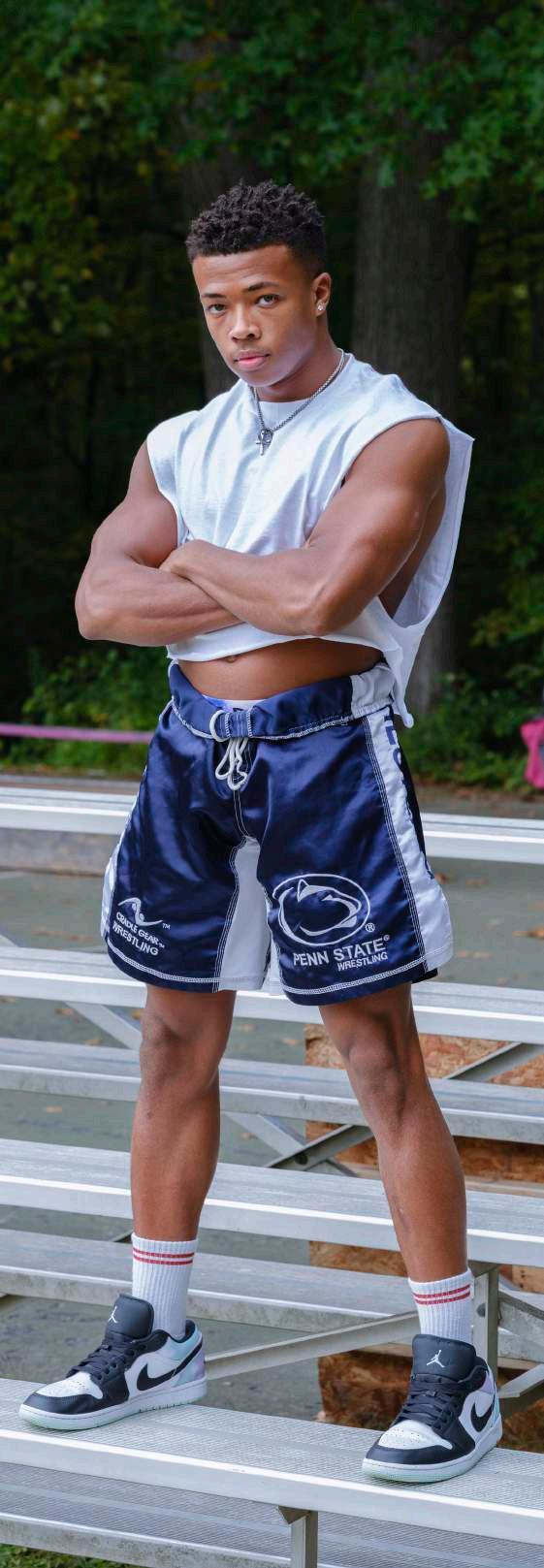
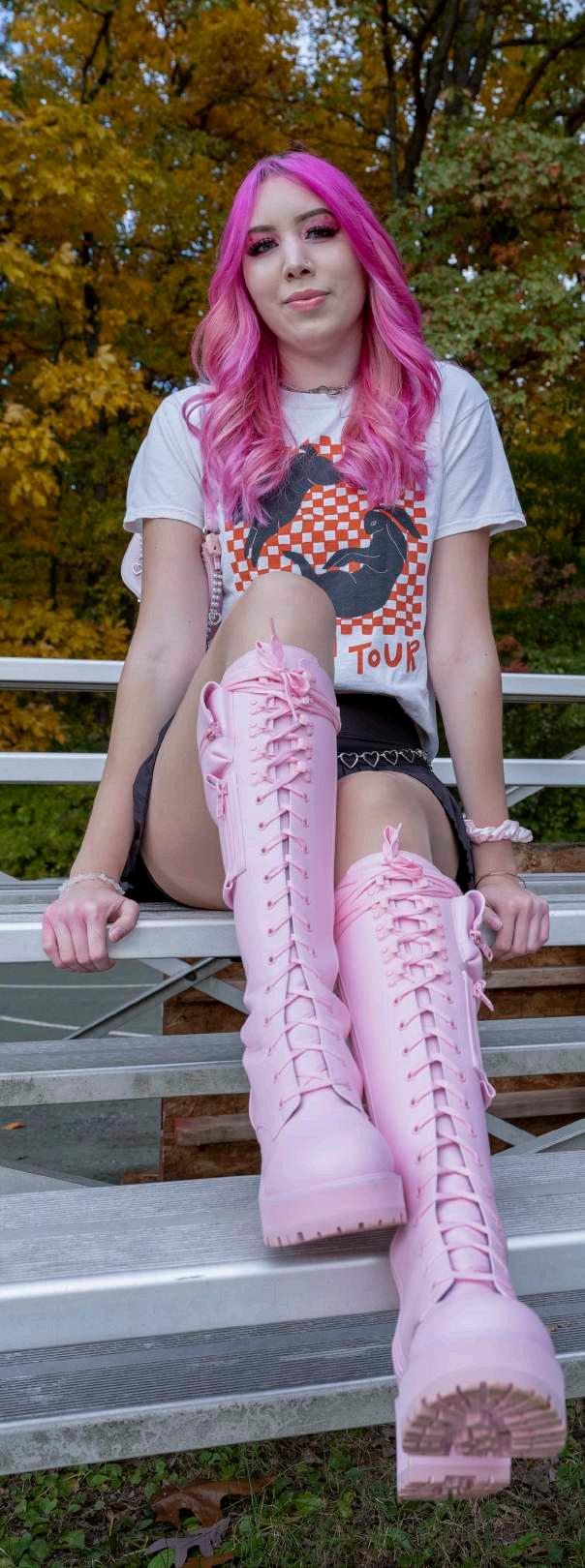
Misogyny in fan culture has no wins, and even when women do love what men love or enjoy "cooler " interests , they are branded as " trying too hard. " It begs the question : What can women truly have without being judged ?
by
Photography
James Riccardo
Written by Sara Harkins
KATIE
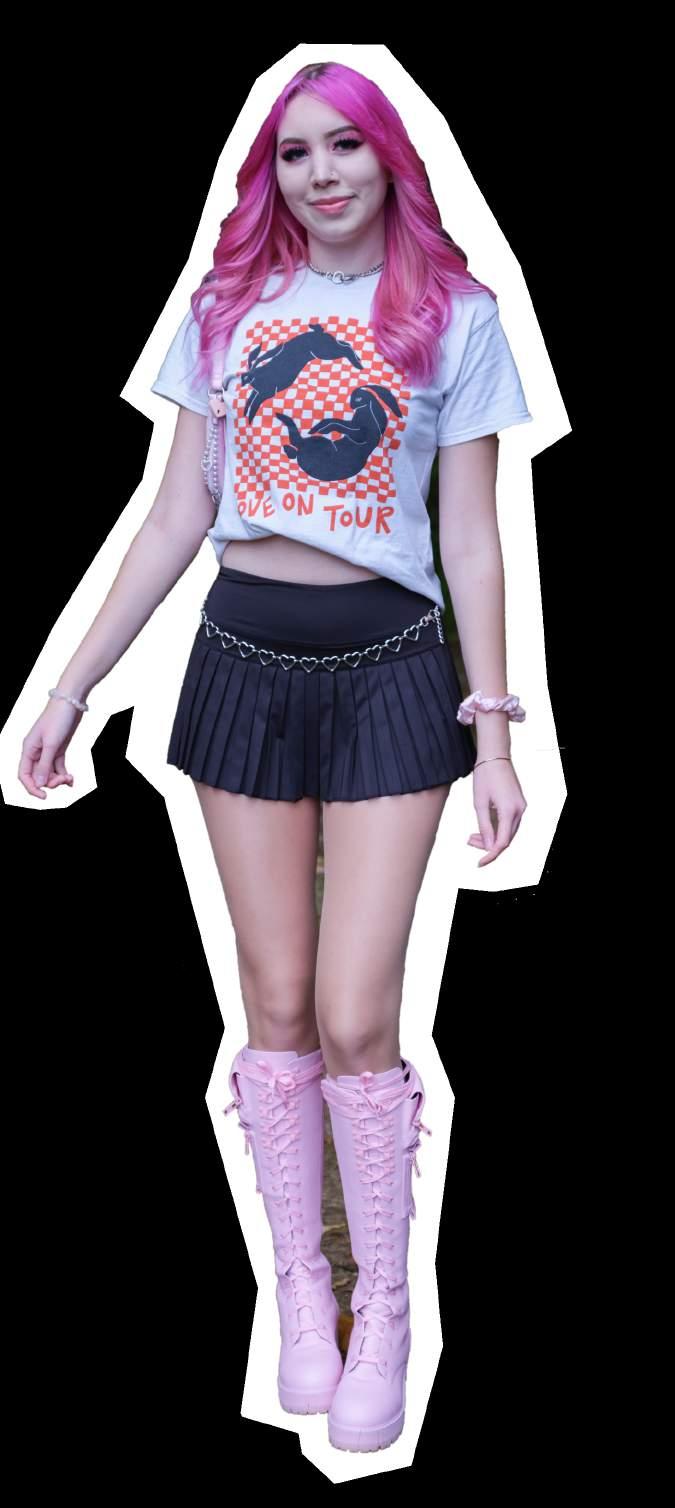







me.
expressive
more
visit valleymagazinepsu.com FASHION
TEMMER She/Her THIRD YEAR NEUROBIOLOGY “Fashion is an art to
It’s an
way. How I dress is very dependent on my mood as well.” To read
about Katie
Photography by Jenny Lee & Elinor Franklin
There ' s a lot of hidden misogyny in people ' s intentions when they make comments about stans and fangirls versus when they talk about men enjoying sports games
.
Facing Colorism in Fashion
Written by Simone Skinner
Content Warning: Mentions of discrimination
Colorism has subconsciously become a stain on the modeling industry. This is apparent in advertisements for beauty products and on covers of magazines around the world.
This perpetuates the notion that light-skinned individuals “more beautiful” and “more desirable” than their counterparts. The modeling industry focuses on physical features and perception of society, enforcing a Eurocentric beauty standard.
The models of today are known for being symbols of the ideal beauty standards and colorful representations of fashion. However, it seems that some of those representations only attribute to selective color values across all models of each race.
What is Colorism
Colorism is a type of racisim that persists within the race regarding prejudice towards people with darker skin tones. The origins of colorism trace back to racism and the enslavement of African Americans.
According to Forbes, Dr. Sarah L. Webb, international speaker and creator of the global initiative Colorsim Healing, has spoken on the affects of colorism throughout society.
“Colorism is a social system. It permeates all facets of society and culture.” Essentially, Webb says colorism “is a social hierarchy or a stratification, where people with lighter skin tones are at the top of the hierarchy, especially if … their light skin coincides with things like straighter hair or lighter eye colors.”
According to Forbes, Dr. Sarah L. Webb, international speaker and creator of the global initiative Colorsim Healing, has spoken on the affects of colorism throughout society.
Although this originated in the Black community in the 1600s, the concept of colorism persists through other minority communities as well. Colorism fueled by intra-racism have existed in the Asian and Latinx communities as well. There have been instances where people within various ethinic groups have been discriminatory towards people in their own race due to the shade of their skin color.
According to ABC News, Hispanics with darker skin complexions have reported to feeling more discriminated against and deprived of the same opportunities from their lighter-skinned counterparts. This has set a worrisome precedent in ethinic communities.
Overall, this type of prejudice is most persistent in minority communities and has spilled into different facets of society — one of the most noticable being fashion.
Fashion vs. Colorism
Models are the face of fashion — they showcase new trends, styles and inspire creativity. Unfortunately, the the lack of diversity amongst models affects consumers in more ways than one.
Although the industry is putting darker-skinned models in magazines, shows and advertisements, some may wonder if it’s due to tokenism.
Tokenism is the practice of making an effort to showcase diversity and inclusion through people and objects without the intention of making that inclusion sustainable. In addition to tokenism, there has been instances where magazines and brands have “whitewashed’ their darkest models to appear lighter than their natural complexion.
This may make consumers feel as though they have to have lighter skin in order to feel more desired by society. In extreme cases, some even turn to skin-lightening products to meet society’s pressure.
Models are also pressured to representing themselves in a certain way. Many have spoken out on their insecurities surrounding colorism while working with and being compared to other models of a lighter skin complexion. Models are everyday people.
Models such as Nidhi Sunil and Leomie Anderson spoke on their personal experiences with colorism.
According to Fashion Magazine, Indian model Sunil has stated she has experienced many professional roadblocks to get to a good place in her career. In India, she says mainstream beauty favors fair complexions.
The Internet's Dressing Room
Written by Sara Harkins
“Fashion fades, only style remains the same,” says Coco Chanel. Perhaps this is why we focus so much on finding it. Social media has enabled and empowered the search for our style, becoming populated with fashion mood boards, “aesthetic” ideas and recently, “core” inspirations — “core” meaning a stylized aesthetic.
The term “core” was coined in 2013 with the emergence of normcore, the bearer of mundane style: jeans, sneakers and t-shirts. Usually, pop-culture influences core trends, such as “Bridgeton” popularizing Regengcycore and royalcore, which champion pieces like baby-doll dresses and jeweled embellishments.




Or, viral Margot Robbie pictures in Venice Beach creating Barbiecore, the look of summer 2022 with everyone from fashion houses and people on the streets donning bright pink. Besides the larger trends, there are several micro-cores like cluttercore, fairycore and many more flooding the internet.
@cobblestonethoughts on Instagram is one of the accounts helping to define these cores and aesthetics. With over 44.1k followers, her account is dedicated to posting mood boards and fashion inspiration. Between “citycore inspiration,” “build a day in, rainy day edition” or “choose a song, get a fictional character” posts, her account allows followers to play along and build their dream styles, and sometimes, lives.
Many accounts post playlists, book recommendations or décor inspirations that encompass a certain aesthetic. As a participant, you can choose to color inside the lines of the aesthetic rulebook, or write outside of the boundaries. You can decide how involved you want to identity with a certain core or aesthetic.
Cores are influencing how people find their styles, allowing them to have fun while tapping into different versions of themselves. It also goes without saying that devolping new styles all the time creates a cycle of disposability, and in turn, fast fashion can affect how we create aesthetics.
“For me, there is a certain appeal when it comes to each aesthetic core,” says @cobblestonethoughts. “Cottagecore revolves around slow living and going back to the basics … dark/light academia encourages the pursuit of knowledge … streetwear uses luxurious sneaker brands, while at the same time incorporating vintage patterns in modern clothing designs.”
“ Because of the rise in fast fashion , people have been able to afford so many items easily . Due to that , we ’ ve also seen how aesthetics have been changing every few months because fashion has become convenient and affordable ,” says Yukta .
According to MIC, African American model Anderson has experienced colorism towards her dark skin in the modeling injustry. She has expressed that “lighter-skinned girls get more work than darker-skinned girls,” causing darker-skinned models to be less represented.
There is representation of models of shade range, but only in the way the industry wants us to see it.
“When people say bringing up colorism or intraracial issues, when they say speaking about that causes division, I usually respond with the fact that the division has already existed. And, so, I'm merely shining light on an existing crack in our foundation. Things are only going to get worse if we aren't willing to look at what's broken and talk about how we can fix it.”
Another popular aesthetic inspiration account on Instagram, @aesthintagee, or Yukta, is also experimenting with new styles and finding her favorite cores.
.
However, aesthetics don’t only revolve around fashion — in fact, they have seeped into other aspects of life too, inspiring what we listen to, what we read or how we decorate.

While these trends allow people to create and express themselves, they’re often fleeting. When purchasing items, it raises the question of do we really love it, or do we simply think it is “in” right now?
Make no mistake, there are concerns with the proliferation of trends and the way it affects our cravings for newness and our mistreatment of the environment. But, if handled correctly, there’s something thrilling about finding that perfect way to express yourself.
“Identifying with an aesthetic means that just by googling the words, you can find other people who share your interests. You can find a safe space for yourself where you can share your thoughts and feelings about certain topics without the fear of judgement,” says @cobblestonethoughts.
“ I think in today ' s world everyone is trying to understand themselves better .”
67
“I didn’t grow up seeing someone like me on billboards and in mainstream advertisements, even in India, my own country.”
To dress in a certain core means you identify with a certain style .
“ I think it ’ s fun when you style like you want , because you feel confident and satisfied
For me , dark academia has really changed my style from sneakers to loafers , and from denim jeans to tailored pants .”
An Ode to HAUTE COUTURE
Written by Tatiana McComber
One can only dream of having their closet full of Louis Vuitton, Gucci, Prada, Chanel and Dior. For the true fashion-enthusiast, it's not about the money, but the artistic vision and innovation that is haute couture, staying true to its timeless foundation, while managing to create avant-garde pieces that are tasteful and commended.
The Foundation
Haute couture has always triumphed in fashion, combining both traditional and innovative ideas that birth a fusion of fashion pieces desirable to any eye.
Set apart from mass-market, conventional fashion, haute couture’s unique and compelling pieces spark imagination, having matchless desirable qualities that bring looks to life.

Its early foundation was inspired by the workings of Rose Bertin, Queen Marie Antoinette’s dressmaker. Deemed the “Minister of Fashion,” she was the first recognized individual in history to focus on accenting clothes for the female body.
Deemed as the “The Father of Haute Couture,” Charles Frederick Worth established the first haute couture house at 7 Rue de la Paix in Paris. During the mid-19th century in Paris, he used his knowledge of dressmaking, textiles and art to make lavish, one-of-a-kind pieces. His work opened the doors for haute couture to become established.
Understanding Haute Couture
To appreciate haute couture is to fully understand what it is. Haute couture is handmade, custom-fitted fashion pieces that are of both the highest quality and expense, sold to high society clientele.
For a fashion house to be considered haute couture, they must be part of and follow the guidelines of the Fédération de la Haute Couture et de la Mode, which regulates fashion houses and their eligibility to become haute couture houses. They officially coined the term “haute couture” in 1908.
Couture follows this same idea of unique, hand-tailored pieces; the main difference being that the clothes are not recognized as being from a haute couture house.
Bringing haute couture visions to life is left to the hands of the tailors, seamstresses and apprentices who work with fabrics and textiles from around the world, at the choice of the creative director, in the ateliers of the haute couture houses. Within the ateliers, each person is often assigned a dress or piece, as preparation for haute couture and Prêtà-Porter (ready-to-wear) lines take months. When creating the pieces, the two ateliers are the tailleur and flou, each run by a première (head seamstress).
Within the tailleur, seamstresses construct the cuts and stitches, creating the structure, while seamstresses within the flou are responsible for the draping, form and layering of the fabric. This is a big reason pieces are




so captivating, as mass-market fashion is produced more by machines and lacks a sense of manipulation and intentionality that comes from the craftsmanship of working with your hands to make unique, wearable pieces.
The Allure
As we technologically advance, it seems that haute couture has adopted measures in which machine-sewing is used in combination with handsewing, enhancing the way haute couture houses approach fashion now and into the future. Their use of machinery allows for advancements in the fashion industry. However, what still sets them apart from the massmarket, are those unique touches that come from hours of work in the ateliers.
When speaking the owner of Ethereal Boutique, Miranda, she says that “tailoring is becoming a lost art”, especially “in today’s fast-paced world where the consumer wants the product immediately.”
Consumers in mass-market fashion are paying for the instant gratification of a piece of clothing. But the individuals fortunate enough to stay true to haute couture, or who desire to attain true haute couture, want a piece that was tailored just for them, giving them a sense of connection.
In her experience, Miranda has noticed “mass-produced brands in the fashion industry are always trying to stay on trend and create their own version of what is displayed on the runway.” From the brains of an aesthetic visionary, to the hands of skilled seamstresses and, finally, the consumer, this process can never truly be replicated. But the strive that mass-market fashion companies have to recreate such unique and inspiring pieces,goes to show how much influence haute couture houses have around the world.
Impact
Outside of fashion, haute couture houses have become the philanthropic bunch. Dior has partnered with Charlize Theron’s African Outreach Project, focusing on women’s empowerment and scholarship opportunites. Foundation Chanel was created to support gender equality and helps women advance in society. Haute couture houses Gucci, Hermès, Versace and others have contributed by donating money to hospitals in need during the peak of the COVID-19 pandemic.
To say that haute couture houses are anything less than inspiring would be to truly undermine the intentionally and creativity that was birthed in the 1800s.
68
Photography by Sara Bobulinski
Vintage Victoria Secret Teddy, Amazon Heels
A Vintage Dior Skirt is used in each look as it trickles from the runway to your closet.
UO Cowl Neck Bodysuit and Thrifted Sheer Royal Blue Button Up Shirt, Franco Sarto Loafers
Queens Innuendo Tee, Thrifted Boots
Thirfted Crewneck & Tote Bag, Thrifted Boots
Exclusivity Work$
Written by Helena Haynes
Think back to a time when you’ve wanted something so badly, but it feels out of your reach. Maybe it’s a luxury wallet that you would need to save up for weeks to buy. Maybe it’s a new shirt dropping next month that’s projected to sell out.
Knowing that you may not be able to acquire a certain product, or even afford it, is often what makes it all the more desirable. Exclusivity in fashion is a driving force in popularity and consumer spending, and many of the brands we know and love use this strategy to create buzz around their products. When analyzing your own shopping habits, and what’s popular at the time, it’s apparent that exclusivity is what sells.
Whether it be because of a limited quantity, or a high price range, major brands typically follow a common theme. When looking at a luxury brand such as Hermès, the exclusive element of the purchasing process elevates the brand, despite there being similar products at lower price points.
The level of exclusivity a brand carries often dictates its reputation and serves as a status symbol for the person wearing the products, whether it be luxury or more affordable.
In addition to the extremely high prices, brands like Hermès thrive on having limited stock. When it comes to their most famous bags, the Birkin and the Kelly, customers are offered the bags when they become available, and when the staff deems the customer worthy, rather than the customer having complete control over the purchase decision.
This concept has luxury shoppers dreaming over the day they will be considered to purchase one of these notorious luxury pieces.
Fourth-year student, Stephanie Miller, spent the summer interning at Chanel in New York City. “Exclusivity to brands such as Chanel set them apart from others and gives the brand itself a luxurious image. From my experience this past summer, learned a great deal of how much effort goes into making sure all Chanel products are made at the highest quality,” says Miller.
“The idea of luxury and exclusivity are connected since luxury goods are desirable to many, but often harder and/or more expensive to buy.”
Harnessing the power of exclusivity is certainly done by expensive luxury brands, but it’s also done by more affordable brands as well. Telfar, a Blackowned unisex fashion brand, known for their iconic and fairly affordable shopping bags, is a prime example of this.
When browsing on the Telfar website, customers are unable to make a purchase at their convenience. Instead, Telfar announces when they will be dropping a new color — forcing customers to purchase at a specific time.
In many cases, these Telfar bags sell out in mere seconds, and it can often feel like a competition trying to acquire specific colors. After the initial drop, many original purchases are resold on websites such as Depop, but for a much higher price. This same pattern can be seen with specific products such as the New Balance 550 sneakers.
The original price point is reasonable, but people sell them for over double the price due to the low stock and high demand. More affordable brands can use limited quantities to their advantage, since the products become rare, increasing their value and image of “luxury” over time.
The phenomenon of people being attracted to exclusive products is not just a coincidence, it all comes down to psychology. Not being able to have something, or putting more effort into getting it, adds a perceived value to the item that it may not actually have. Psychologists refer to this as the “scarcity principle,” since people place more value on items that are scarce, rather than plentiful.
Nicole Bewley, fourth-year student and Sales Associate at Connections Clothing, reflects on how exclusivity influences her purchases,
Marks The Spot
Written by Casey Zanowic
We’re stronger together. It’s a pretty common saying, but one that the fashion world has taken quite literally. Louis Vuitton x Supreme. Gucci x Balenciaga. Fendi x Skims.
These are just a few of the various fashion collaborations we’ve seen in recent years and the number continues to grow. Luxury brands are teaming up with each other — and with more affordable, everyday streetstyle brands — to create new collections that challenge how people view the complex business that is the fashion industry.
Fashion designers have been working with other companies, artists, athletes and all other kinds of celebrities for decades. The idea of collaboration is nothing new, but it seems like you can’t look around a store without seeing a big ‘X’ wedged between two brand logos. Whether that be a beauty collaboration, homeware collection or, of course, a fashion partnership, these types of joint ventures have risen in popularity over the years thanks to all the buzz, and, most of the time, all of the money they can initiate.
Amanda Coleman, a senior account executive at VERB Brands — a luxury digital marketing agency — said these collaborations provide numerous benefits to not only the companies involved, but also the consumers being given the opportunity to see something new out in the fashion world.
“Brand collaborations are enabling brands to create in sectors they wouldn’t traditionally have ventured, giving them access to a newer (and in many cases
Sixty-five percent of people even said that luxury brands should make more affordable items so more people can buy them. High-end companies seem to be listening to the millennial market. They’re doing their best to appeal to a wider client base while still staying true to who they are. Collaborations are one way of doing so.
Coleman believes that the luxury world is changing and said that new generations are changing what we expect when it comes to luxury products.
makes something Luxury to
Gen Z
Millennial consumer is not about the cost but rather about the quality of something and that thing adding
the rest of the market … brands don’t need to reinvent themselves to attract Gen Z, but they do need to meet this generation that live to support and connect.”
This collaboration phenomenon isn’t homogenous; it's divided into a few categories depending on the brands involved. Some blur the line between high and low fashion, or better yet, high fashion and street style. The best examples of this include uber-popular lines between The North Face x Gucci, Balmain x H&M and Balenciaga x Crocs.
For the brands involved in these partnerships, it’s clear that there are a lot of benefits. By collaborating with a more affordable brand, these high fashion designers can reach a new audience and tap into a previously unused market. By partnering with a luxury brand, street-style designers can showcase why their designs are worth a try and enter into a new consumer-base with the funds to try them out.
This ultimately leads to three things that all fashion designers and fashion brands love: money, credibility and reach.

Beyond the typical high and low fashion collaboration, we’re also seeing a rise in the number of partnerships between celebrities and luxury designers.
of a kind. One of my favorite things is wearing clothing items or using accessories that I don’t see around a lot.”
The urgency created before a product drop, is often what causes items to sell out. Up-and-coming brands such as Boys Lie and Lonely Ghost create a build up to their drops on social media to increase the hype around their products. When something sells out, the people who purchased it feel like they have acquired a unique piece of that brand. Whether you’re a shopping addict, or someone who just likes to treat themselves occasionally, exclusivity is important to keep in mind. If you’re making a purchase, evaluate why you want the product. Do you like the way it looks? Is it going to add value to your life?

One of the first established collaborations occurred in 1930 between Elsa Schiaparelli and Salvador Dali. Schiaparelli used Dali’s artwork as a basis for her fashion line, and the collection became an instant hit. But it wasn’t until the 1990s that the collaboration game became what we know it is today.
In 2004, Swedish outfitter H&M partnered with Karl Lagerfield to create a one-off collection. It led to a media frenzy as consumers clamored to get their hands on the cheaper pieces designed by one of the most popular designers in the world. It was an eye-opener for the fashion world as companies finally realized the power of collaboration and how lucrative it can be.
The rush of collaborations also demonstrates an ongoing shift in the highend market. According to a YPulse report, 55 percent of consumers ages 13-34 have never purchased a so-called ‘luxury product,’ and 60 percent of those respondents said they hadn’t bought one because of the cost.
Whether it's Bad Bunny working with Adidas, Jennifer Lopez designing with Coach or Pharrel creating his line with Chanel, luxury brands are also realizing the power that connecting with a popular celebrity can provide. In addition to reaching a new customer base, these collaborations allow brands to analyze their roots and redefine their offerings to reflect the current consumer or what the consumer’s favorite influencer is wearing.
Fashion has always been about looking forward, being original, and never getting stuck behind. Collaborations are the new surefire way to do just that. When two brands combine their already successful visions and offer a fresh new perspective on fashion, everyone is hooked.
It evokes a sense of curiosity and uncertainty about what's to come and what to expect from a beloved brand. It also allows a different perspective, and a new audience, to view something they might usually stay away from.
Collaboration is a new artform, and it is a key to success in the fashion industry.
“I would say when items are scarce or there are specific drops for different products from brands, it has more of an incentive for me to buy it because it feels one
Exclusivity holds so much power in the fashion industry, and while it allows brands to grow and thrive, it can also change the way consumers view and purchase products.
younger) audiences, and often shifting the brand market perception, creating cultural relevance. For the consumer, collaborations are too, creating new and exciting products and experiences.”
“What
the
and
value above
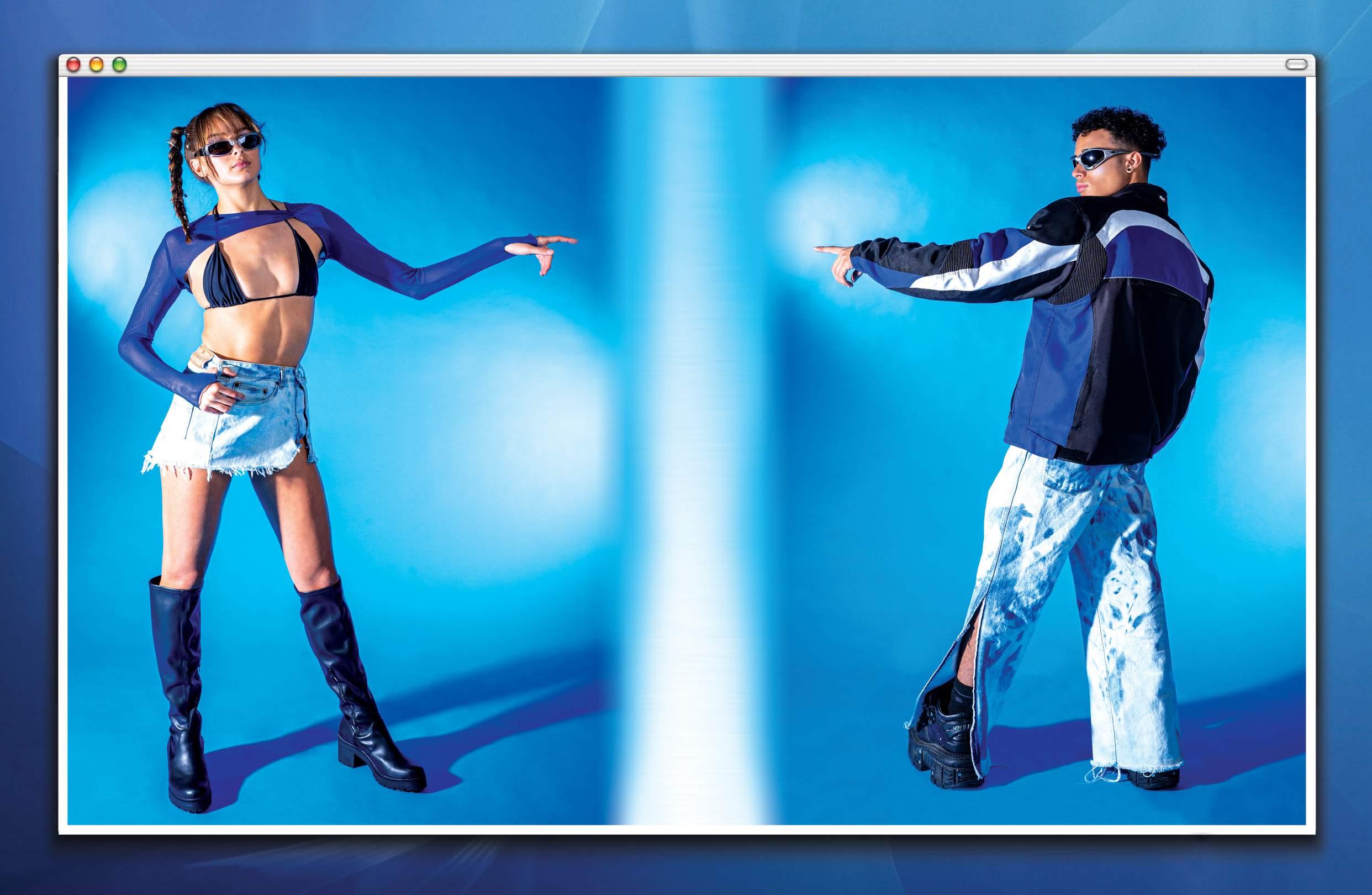 Photography by Jenny Lee & Elinor Franklin
Photography by Jenny Lee & Elinor Franklin

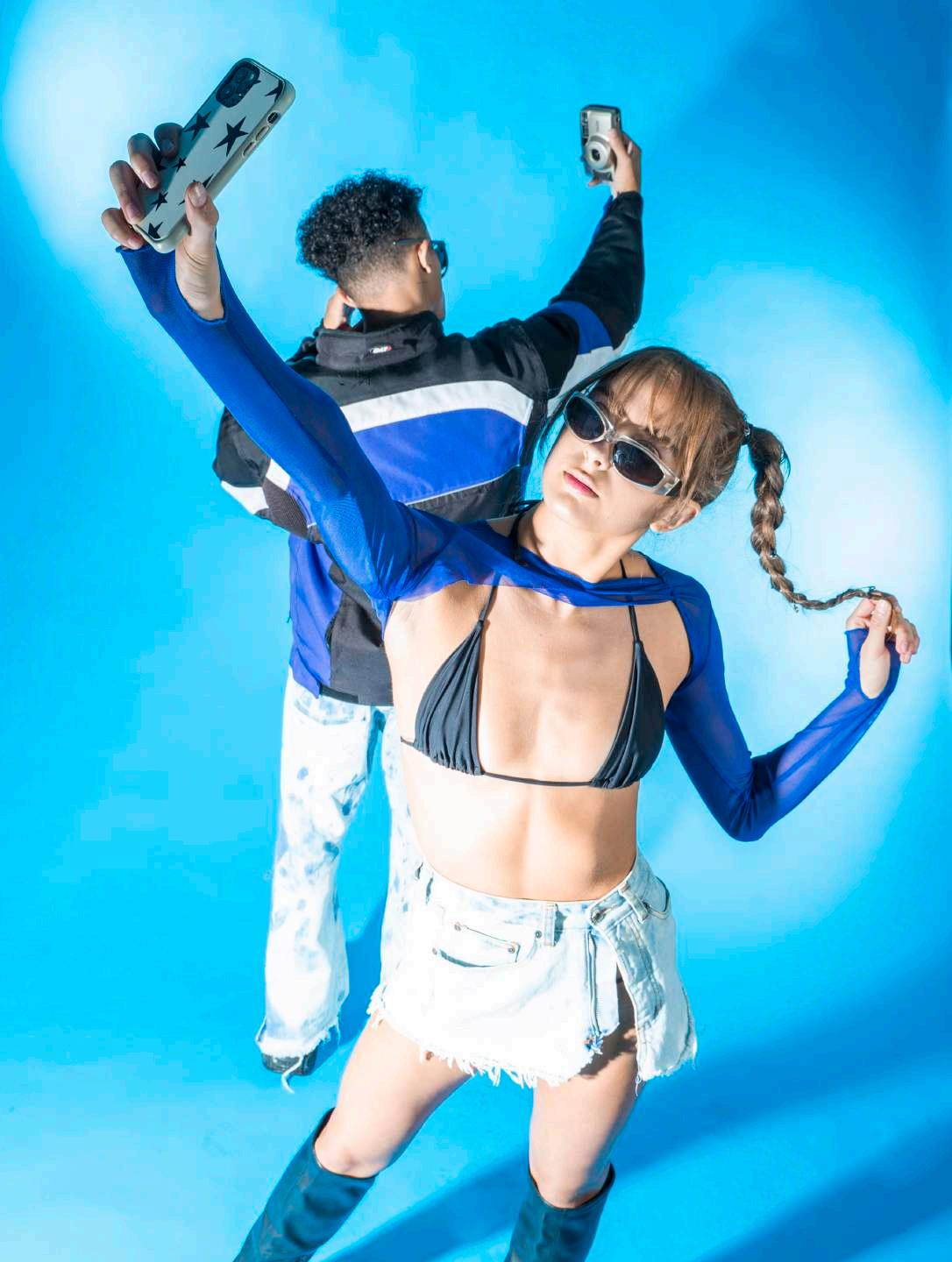



















































































 Written by Holly Willhide
Content Warning: Mentions of abuse & domestic violence
Written by Tatiana McComber
Photography by Elinor Franklin
Written by Katelyn Lenz
Written by Holly Willhide
Content Warning: Mentions of abuse & domestic violence
Written by Tatiana McComber
Photography by Elinor Franklin
Written by Katelyn Lenz


























































































 Photography by Jenny Lee & Elinor Franklin
Photography by Jenny Lee & Elinor Franklin











